A never ending love story for this pattern inspired the sisterMAG Patterns collection photographed with French sewist Valentine Stripes
As old as textile manipulation, we focus on the most beautiful art of embroidery –featuring beads & sequins
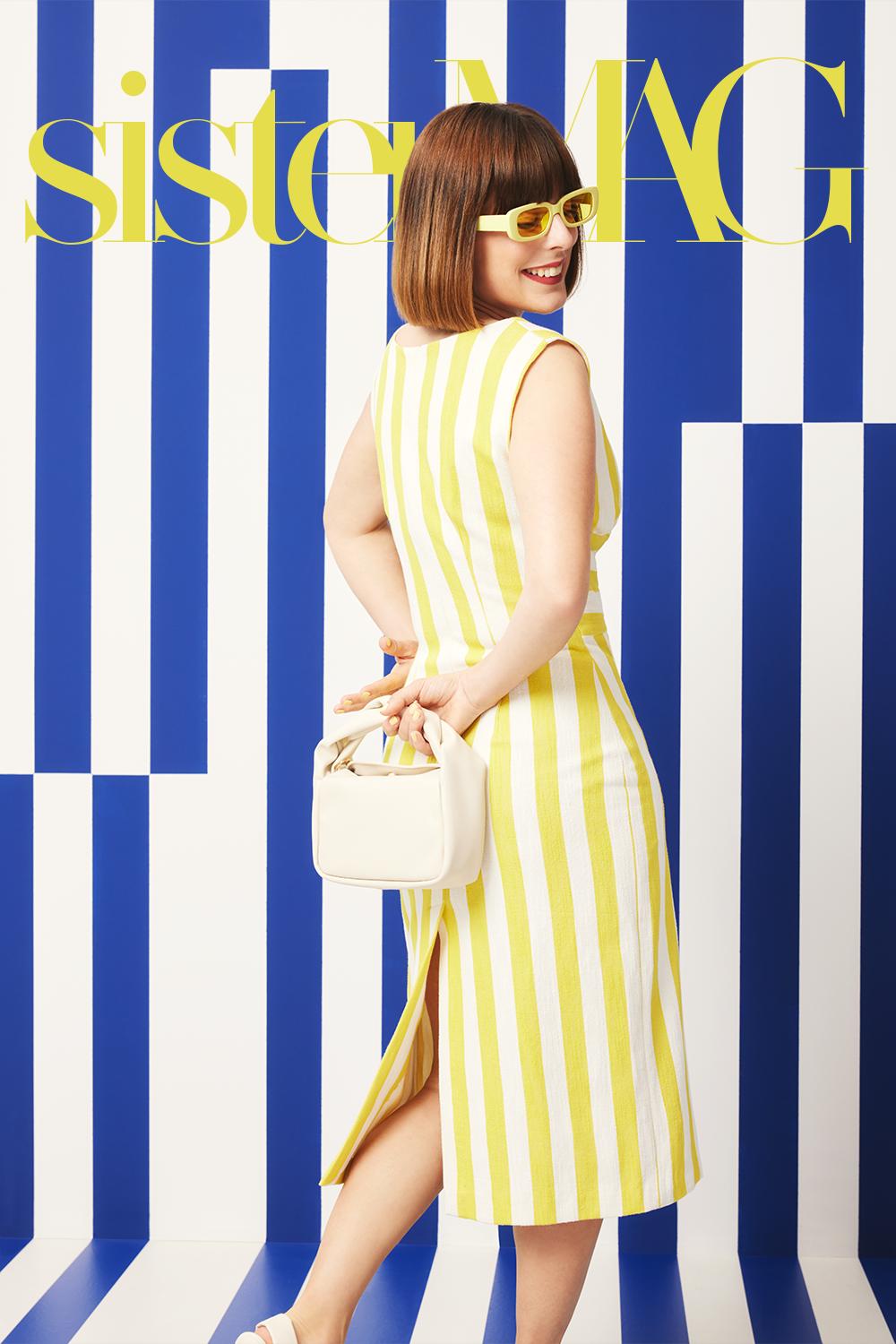
Beaded embroidery
JUNE 2023 ENG

2
DEAR READERS, EDITORIAL
Much has changed since we completed and launched the first issue of sisterMAG 11 years ago. However, some things have remained the same: the process of creating involves an intensive exploration of the main theme. This time, there were three!
Visually, stripes have accompanied us throughout this issue – an idea that our Creative Director Evi has been carrying with her for quite some time. That‘s why many of the new sewing patterns are made from striped fabrics. Even the Table of the Months is inspired by bold stripes.
Creatively, we have delved into the world of bead embroidery. In recent years, this technique has experienced tremendous growth in its use in pret-a-porter and haute couture fashion. Therefore, we took a closer look at this craft technique,
how it works, how you can start with it, and we even included some interesting project suggestions in the magazine. Additionally, you can learn more about famous embroidery ateliers like Maison Lesage, which creates wonderful beadwork for brands like Chanel.
In terms of content, this is our summer edition, focusing on the distinctive style of seaside resorts. Internally, we refer to it as the ″Hamptons style.“ That‘s why you‘ll find articles on the origins of the maritime style, an exciting journey to Deauville, the ″bathtub of Paris,“ and DIY tours of the Hamptons and Lisbon.
We are thrilled to present our Summer 2023 edition to you and are very excited to see your creative interpretations of our ideas.
sisterMAG 67 | 2023
STRIPES AND THE OCEAN 3
Toni & the sisterMAG Team
TABLE OF CONTENTSsisterMag 67
STRIPES AND THE OCEAN
09 My Sewing Story … with Chris in Seams
12 FASHION COLLECTION " Stripes " with Valentine
12 new sewing patterns
30 DIY Tour Lisbon Hotspots and tips for DIY shops and workshops from Sophia Molen
44 How to organize your embroidery threads
DIY for your own supplies
52 Table of the Month "Stripes"
Striped table decoration in Blue, Red & White
62 The invention of maritime fashion
Inspired by the sea, made fashionable by Coco Chanel
70 Coastal Destinations with Preppy Style History and current hotspots in the US and Europe
82
My favourite spots in Maine
Kate Aiello takes us on a tour of the best places and shopping addresses for DIY & antique aficionados
88 Hamptons inspired Patterns

12 sewing patterns inspired by summery days in the Hamptons
106 Deauville – The Pearl of the Côte Fleurie
History and anecdotes on Paris‘s bathtub
116 Maison Lesage
Embroidery Art and atelier from Paris
4
124
Portrait Paulas Projects
Learn more about embroidery artist Paula Votteler
130 All embroidered Cute accessories with beaded embroidery and how-to of the most important stitches
138 Hand & Lock Beaded embroidery atelier from London
146 Platforms to learn creative skills

Introduction to the 4 most popular platforms right now
156 Instagram Accounts with Beaded Embroidery
158 Books & Resources
"Beaded Embroidery" Books on how to start & learn –embroidery in fashion and goldwork
76
5
TEXT
Kate Aiello kateaillodesign.com
Michael Neubauer @dottore.mick
Viktoria Todorova @vikatovva
Léane Perrier @leane_prr
STYLING
Evi Neubauer @neu1bauer
Hürriyet Bulan botanic-art.de
MODELS
Valentine @happy_as_a_bee
Janine Görn
janinegoern.de
HAIR & MAKE-UP
Meylynn Lindlar mlindlar.com
Tina Fischbach
tina-fischbach.de
CONTRIBUTORS
sisterMag 67
PHOTO & VIDEO
Cristopher Santos @csantosphoto
Kate Aiello kateaiellodesign.com
Sophia Molen @sophiamolen
Paula Votteler @paulasprojects_
Jonas Müller jonasmueller.de
Gabriela Morales @gabimogo
Healim Hwoang @lim_hwoang
Karim Oeltze von Lobenthal karimvonlobenthal.de
Kitchen Stories kitchenstories.com
PROOF & TRANSLATION
Michael Neubauer @dottore.mick
Judith Ross
Nadja Wieser
Tessa Saville
Alex Kords kords.net
Madison Jones @m.adisonjones
Lacey-Jo Hunter @laceyjohunter
Viktoria Todorova @vikatovva
DIYS & ILLUSTRATION
Evi Neubauer @neu1bauer
Paula Votteler @paulasprojects_
Marie Darme-Rizzo @casa_malo
sister-mag.com
6
OUR COVER
MODELS
Valentine / Happy as a bee
OUTFIT
Evi Neubauer
PHOTOGRAPHER
Jonas Müller
HAIR & MAKEUP
Tina Fischbach
Many thanks to the whole team who created our beautiful fashion line and the new cover. Of course you can find the outfit of our cover as a new pattern in the @sistermagpatterns online Shop.
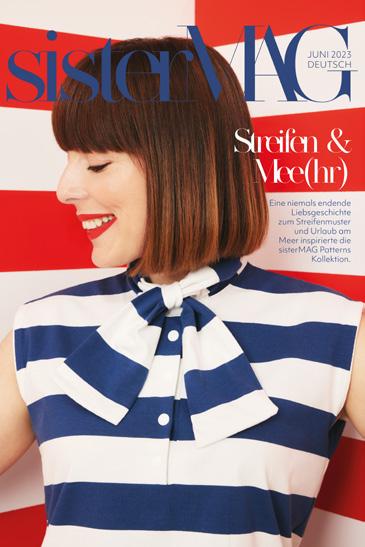
NEW SEWING PATTERNS
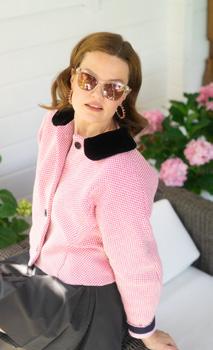
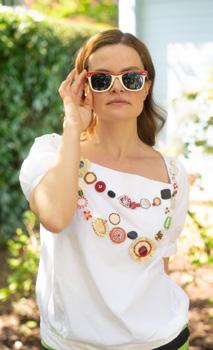
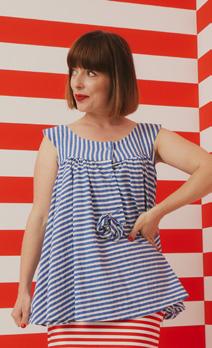
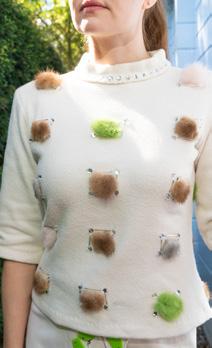

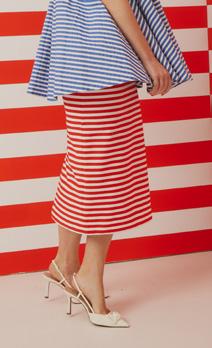
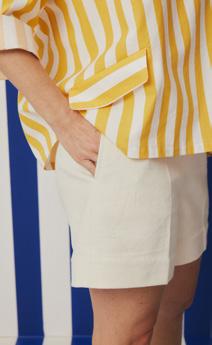
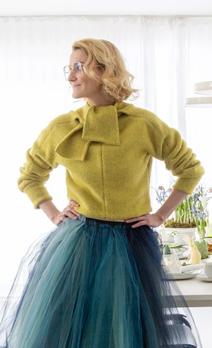
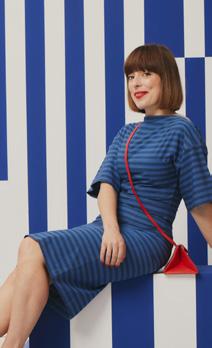 67-1 Slim dress with wide sleeves and patch pocket
67-3 Fleece sweater with attached scarf
67-8 Short pants with pleats
67-9 Longuette skirt without waistband
67-7 Short trousers skirt
67-4 Fleece sweater with embroidery on the front
67-2 Baggy beach shirt
67-5 Blouse with rectangular neckline & embroidered necklace
67-1 Slim dress with wide sleeves and patch pocket
67-3 Fleece sweater with attached scarf
67-8 Short pants with pleats
67-9 Longuette skirt without waistband
67-7 Short trousers skirt
67-4 Fleece sweater with embroidery on the front
67-2 Baggy beach shirt
67-5 Blouse with rectangular neckline & embroidered necklace
AND THE OCEAN
67-6 Short jacket with cut sleeves, peplum detail and velvet collar
STRIPES

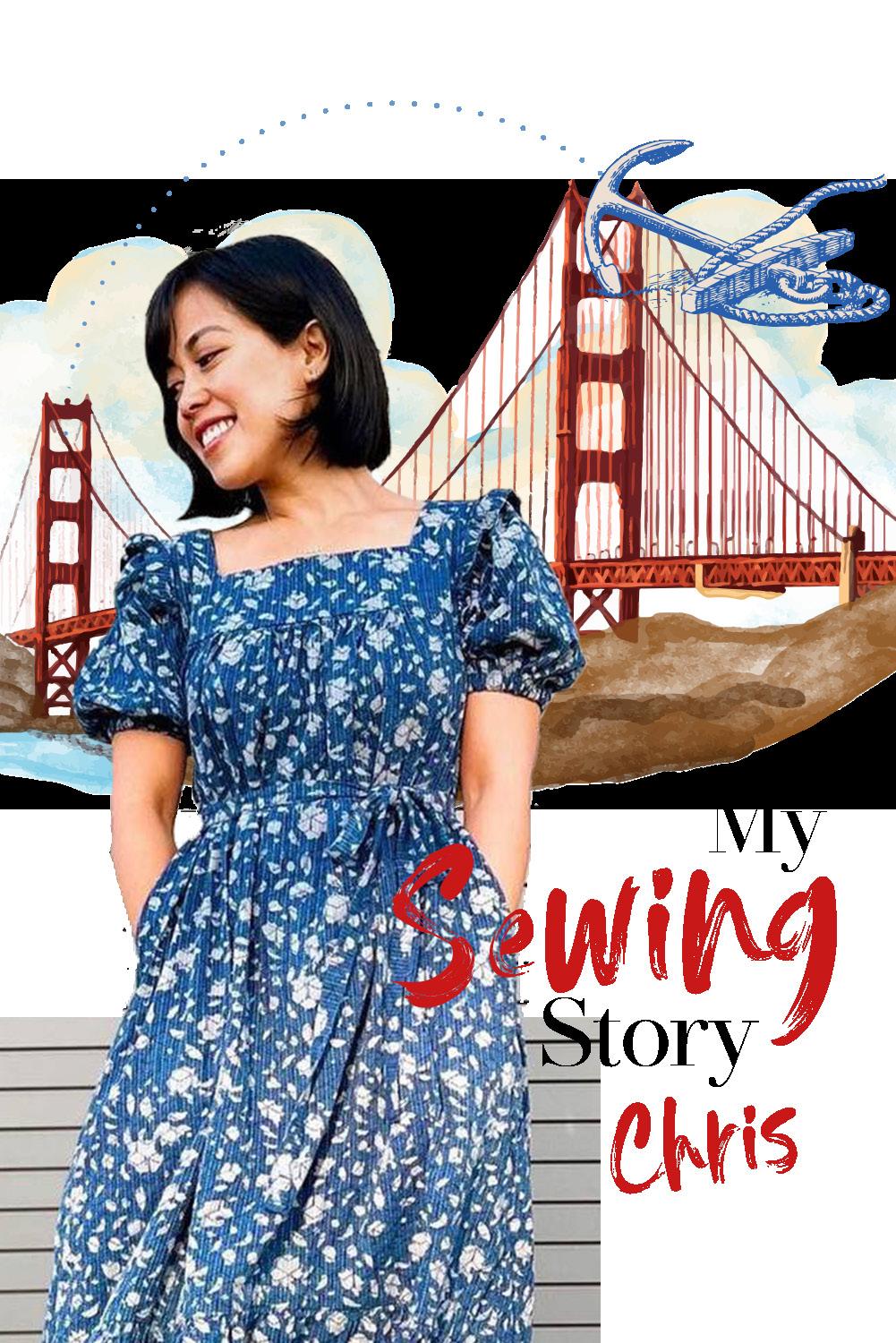
sister-mag.com 8
OneWhat was your first contact with sewing? Do you come from a family of sewers?

My grandmother was a talented seamstress. As a kid, I would draw with pencil and paper the dresses that I wanted to wear for special occasions. My grandma would take me to the fabric store and I’d pick out the fabric. I never realized as a kid how amazing it was to have custom and handmade clothing. I was never interested in learning how to sew until I became an adult which was after my grandma had passed away.
Two When and how did you start sewing? Are you self-taught or with a course?
The year before COVID happened, I finally took a basic sewing class. Sewing masks was my first real attempt at sewing. Besides one 4-hour class which really taught me how to use a sewing machine, I’m selftaught. I watched YouTube videos and practiced. I’ve been sewing memade clothing since fall of 2021.
Three What made you want to start sewing?
I love to travel and the inability to do that during COVID is what made me want to start sewing clothing. Ironically, the first garments that I made were bikinis which now surprises me considering I took the hard route in learning how to sew garments. Sewing wovens was a breeze especially after a half year of sewing custom bikinis.
Four What was your first ever selfmade garment? Bikinis!
Five What is the next project on your sewing to-do-list?
The weather is starting to warm up where I live and I have some dress pattern hacks that I can’t wait to get to. I’m also trying to perfect the fit of memade jeans so I’m sure a pair will be in my near future.
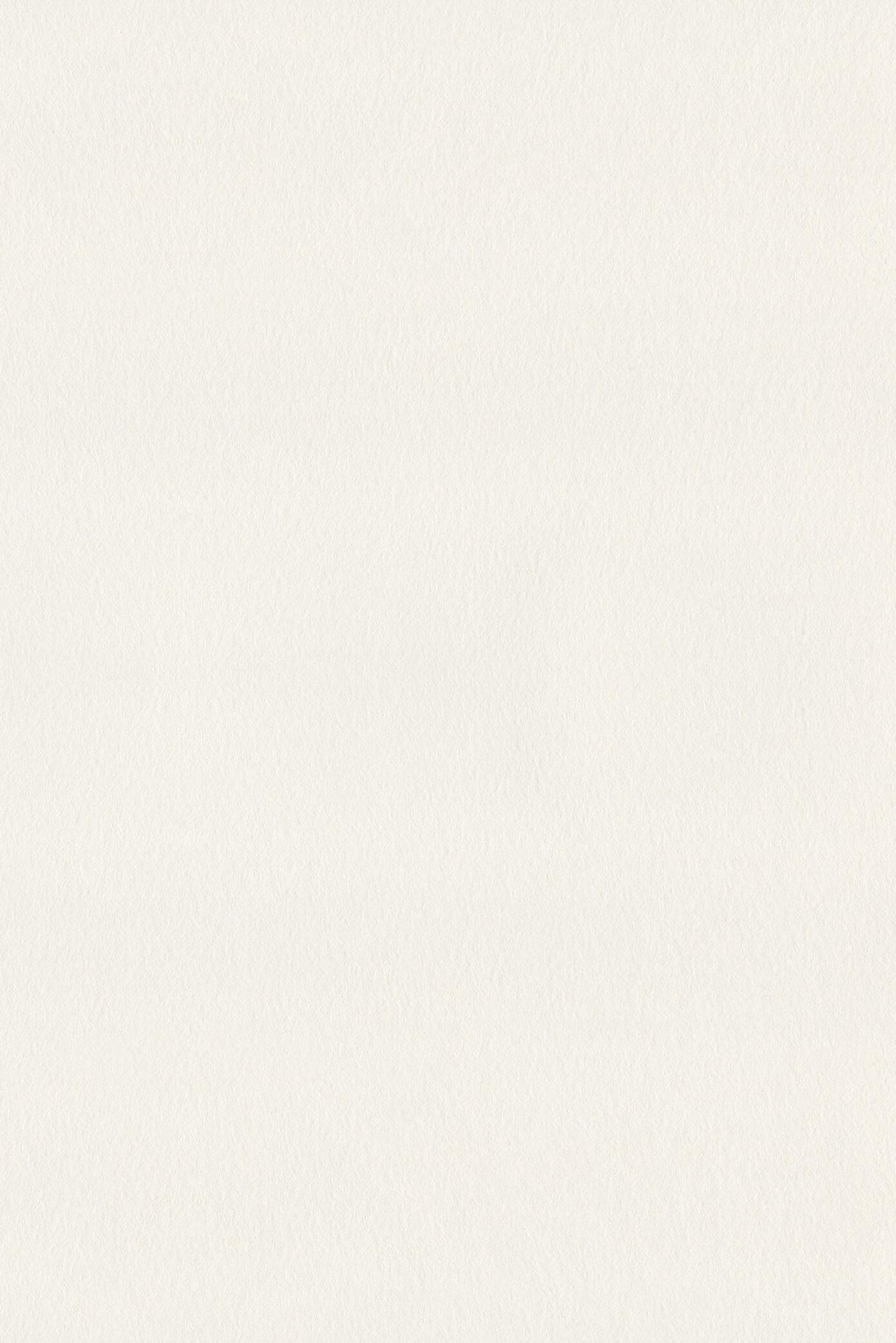
sisterMAG 67 | 2023
STRIPES AND THE OCEAN 9
Six Where do you find inspiration for your sewing projects?

The wonderful sewing community is what inspires me to find projects. My projects are driven by the season and what’s lacking in my wardrobe. Currently, I’m taking a slower approach to sewing and I’m trying to make basics or everyday items that I know I’ll get a lot of wear out of.
EightWhat is your favorite fabric to work with?
I love working with natural fibers but linen is my favorite as most of my memades would show. I love the drape, airiness and feel of linen. I also love how it gets softer with time.
Seven What are your favorite sewing channels or accounts?
There are too many to mention, but a few of my favorite sewing accounts are @thestitchfitz (Lindsey does incredible draping and this is something I’d like to try in the future); @happilydressed (Brandon’s pattern hacks and self-drafted memades are so creative and they’re made out of thrifted fabric!), and @leila.makes (I pretty much want to make everything she does lol).
You want to tell us your story and how you started your craft? Send us an email to mail@sister-mag.com
10


@chrisinseams STRIPES AND THE OCEAN 11
Are you ready to fire up your sewing machines? In this issue, we‘d like to introduce you to the adorable striped designs from the our new sisterMAG Patterns Collection. Our wonderful model and sewing influencer Valentine from „Happy as a Bee“ presents a diverse selection of patterns - new and re-interpreted, with which you can spice up your wardrobe with handmade treasures. From breezy summer dresses to casual blouses, this collection offers the perfect design for every occasion. Let your creativity run wild and experiment with different fabrics, lengths and details to create your very own unique pieces. With self-sewn striped fashion you are always on trend and radiate an incomparable lightness.

sister-mag.com
12
MODEL: Valentine @happy_as_a_bee_
STYLING: Evi Neubauer

PHOTOS: Jonas Müller
HAIR & MAKEUP: Tina Fischbach
PRODUCTION: Léane Perrier
SETDESIGN: Matthias Heumeier
sisterMAG 67 | 2023
STRIPES AND THE OCEAN 13

sister-mag.com 14
67-8
Short pants with pleats
When getting up on a super hot morning, the only thing we want to wear is a comfortable, easy-to-style garment. Look no further than these short pants with pleats. The sewing pattern is ultra comfortable and absolutely flattering! One of Valentine‘s favourites and of course one of ours as well!
07-3 Raglan Blouse with round collar and pockets
A fun pairing with this raglan blouse with round collar and pockets. The special touch however comes in the back with a long flap detail that you can pin down with a brooch. The blouse is buttoned up in the back, has patch pockets and a fun collar.

sisterMAG 67 | 2023 SHOP NOW
STRIPES AND THE OCEAN
SHOP NOW
EASY MEDIUM 15
09-4 Slim dress with bodice piece
The sewing pattern for our slim dress with a bodice piece is a versatile and elegant design that flatters the figure. This pattern includes a fitted bodice with darts for shaping, creating a sleek and tailored look. The slim silhouette of the dress accentuates the curves while maintaining a sophisticated appeal. With clear instructions and labeled pattern pieces, this sewing pattern is suitable for intermediate sewers looking to create a stylish and polished dress for any occasion. Special highlight: creating a bit of a moment with the stripes running from left to right on the bodice while attaining the slimming vertical stripes for bust piece and skirt.
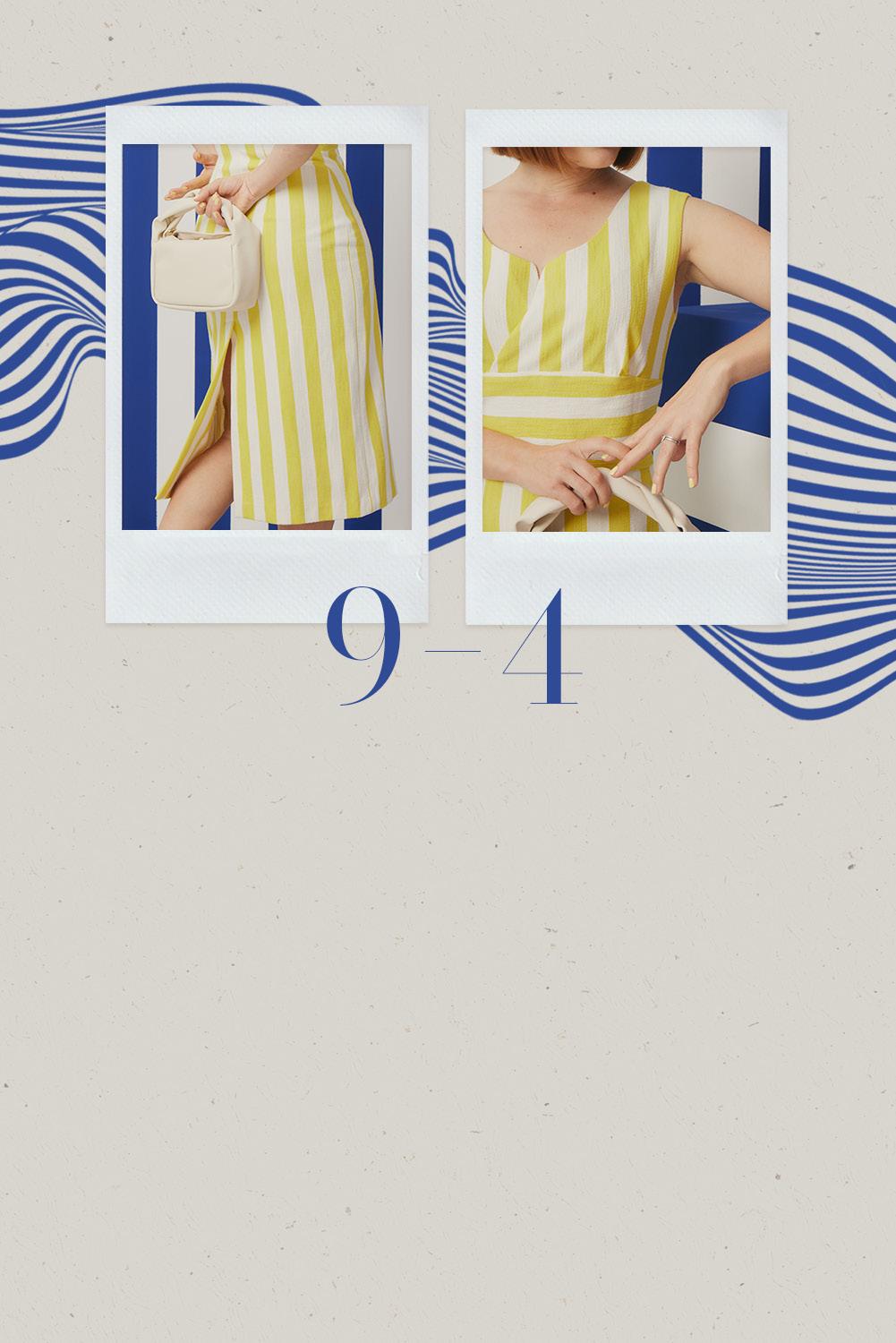
sister-mag.com
EASY SHOP NOW 16
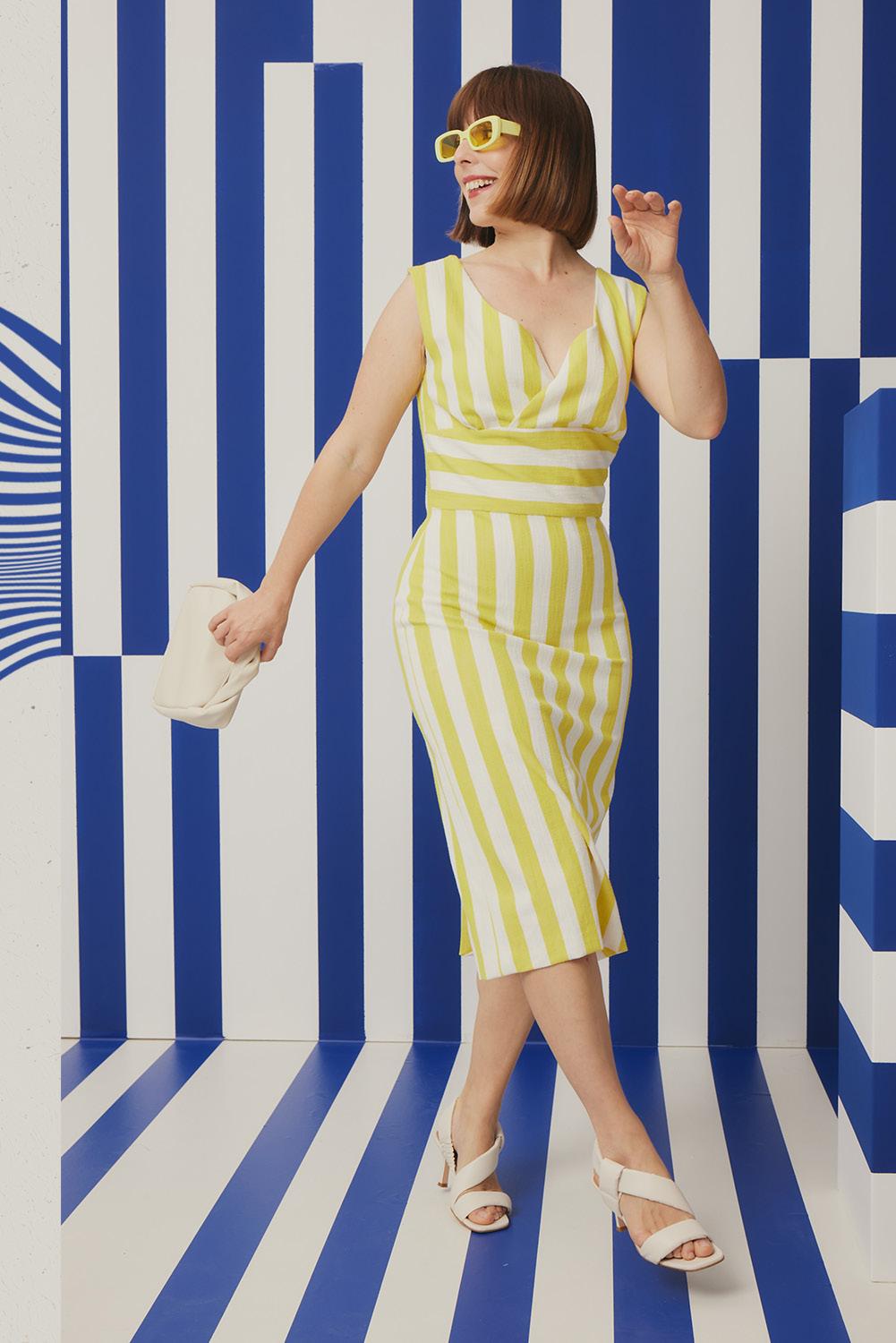
sisterMAG 67 | 2023 STRIPES AND THE OCEAN 17

sister-mag.com 18
54-1 Wide blouse with smocking embroidery
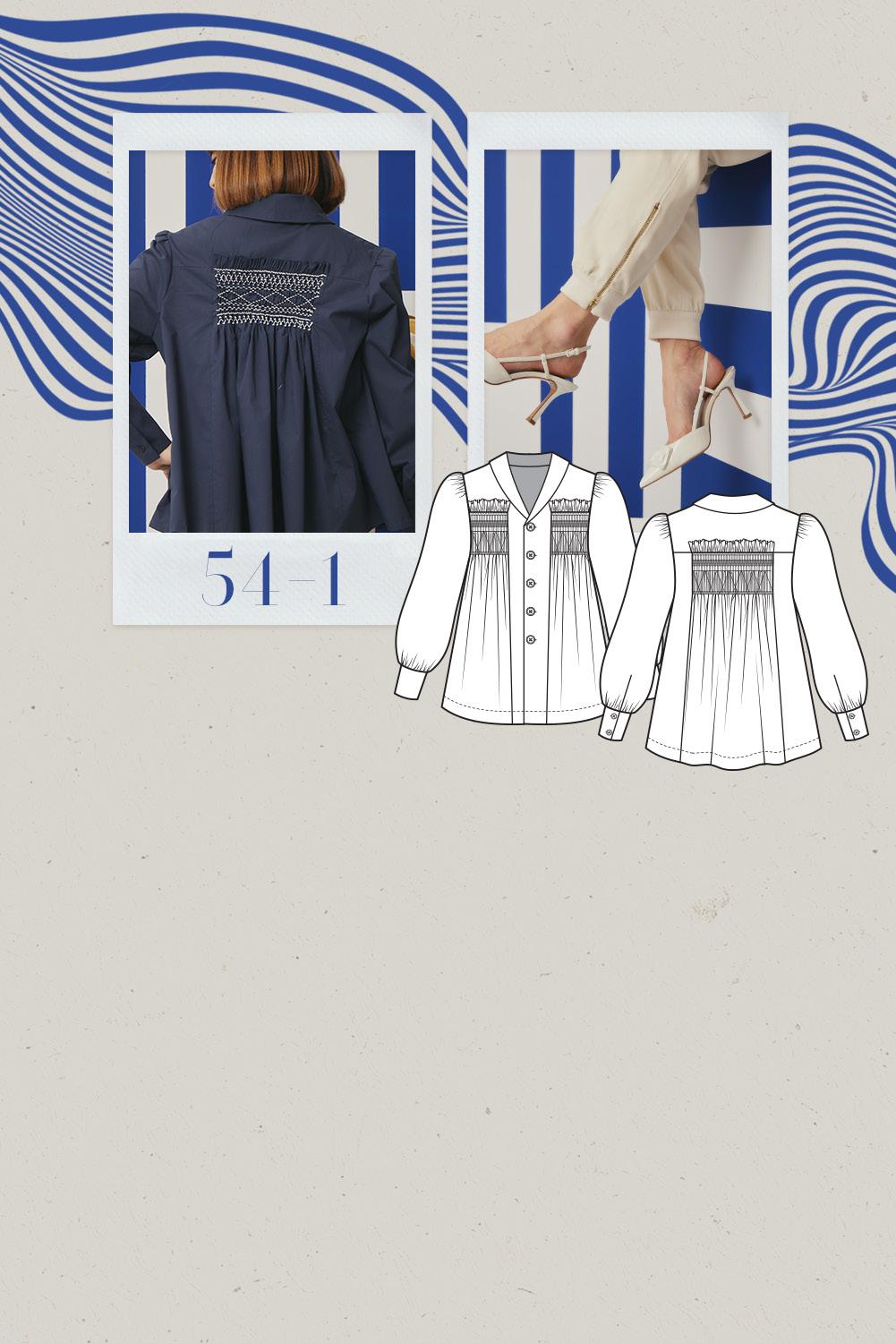
ADVANCED
We never get tired of our favourites. This wide blouse with smocking embroidery first appeared in issue 54 and we‘ve revived it again for our collection 59. Becoming a bestseller for sisterMAG Patterns we‘ve done this beautiful new edition with a contrast colour thread to really highlight the smocking parts.
If you are interested in the pattern but are afraid of the difficulty level, do not hesitate. We‘ve created a full video tutorial with all the steps to go through.
A timeless classic which is worth putting the time and effort in.
sisterMAG 67 | 2023 STRIPES AND THE OCEAN
Psst: these pants are part of our next collection for sisterMAG68, but we couldn‘t keep it secret ;) SHOP NOW 19
67-1
Slim dress with wide sleeves and patch pocket
Sometimes a special silhouette really catches our eye and this dress is no difference. With its straight neckline in the front and the V-shaped back, a slim silhouette but super wide sleeves, it is just a total statement piece in itself. The sleeves are made with a gusset in order to guarantee comfort while moving.

sister-mag.com SHOP NOW
20
MEDIUM
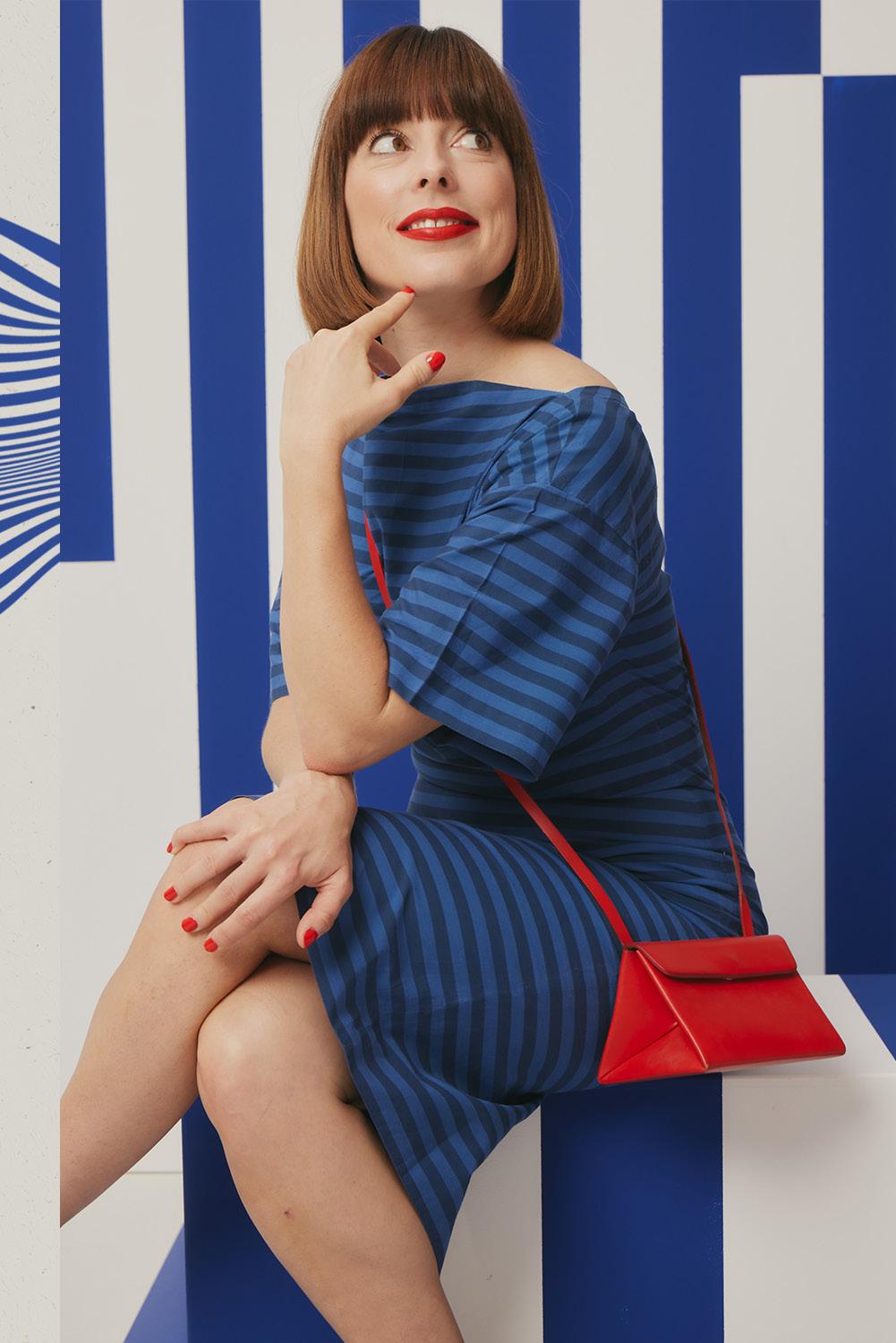
sisterMAG 67 | 2023 STRIPES AND THE OCEAN 21
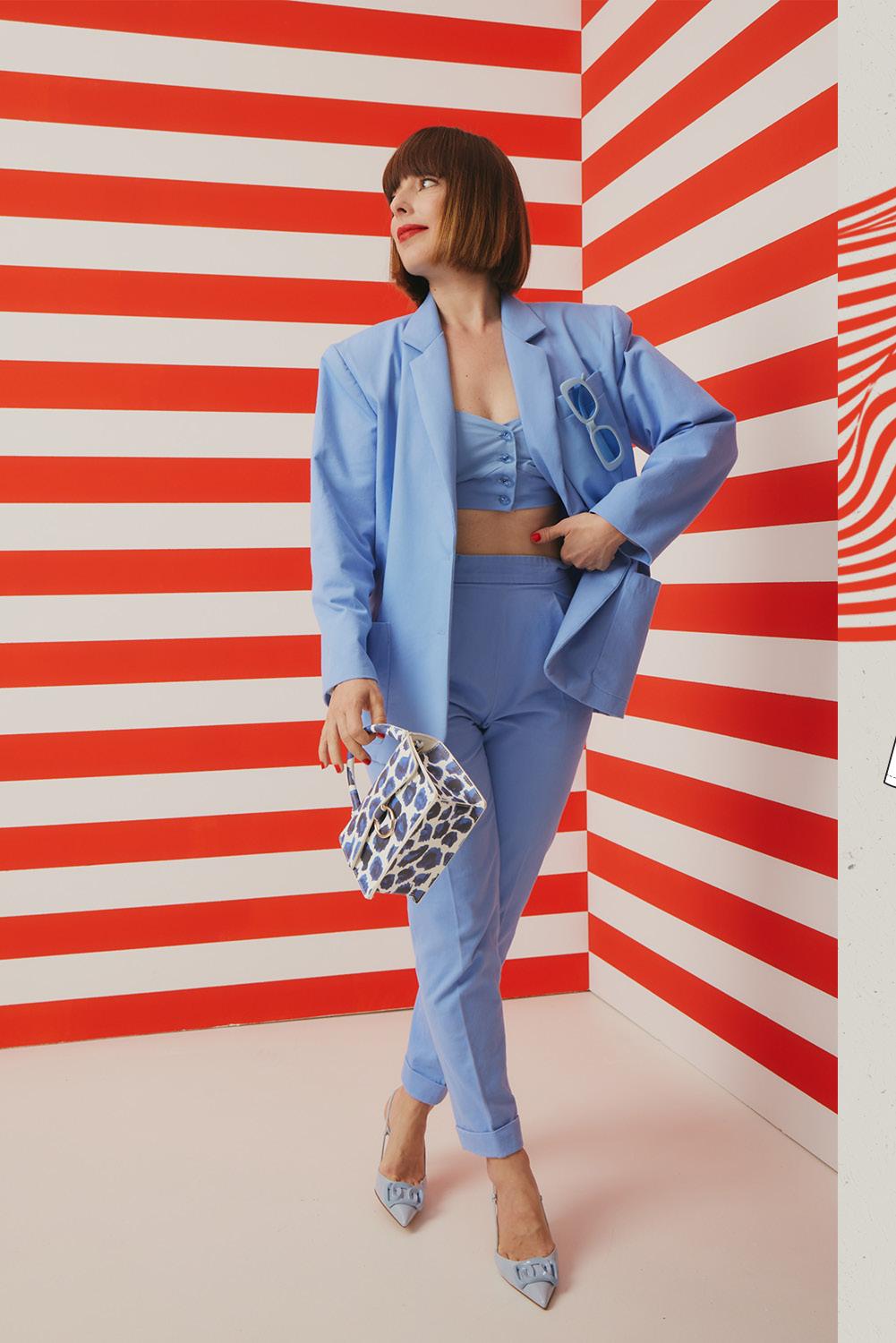
sister-mag.com 22
41-6
Oversized blazer without lining
08-6
Buttoned-up bustier
MEDIUM MEDIUM SHOP NOW 23
A Must-Have item for summer 2023. Whether it is Dolce & Gabbana, Prabal Gurung, Giambattista Valli or Alberta Ferretti, the bustier has its comeback in outerwear and we love this more elegant version of the trend. To make this more comfortable, the back is made with elastic bands to create a back piece that will adapt to your body.
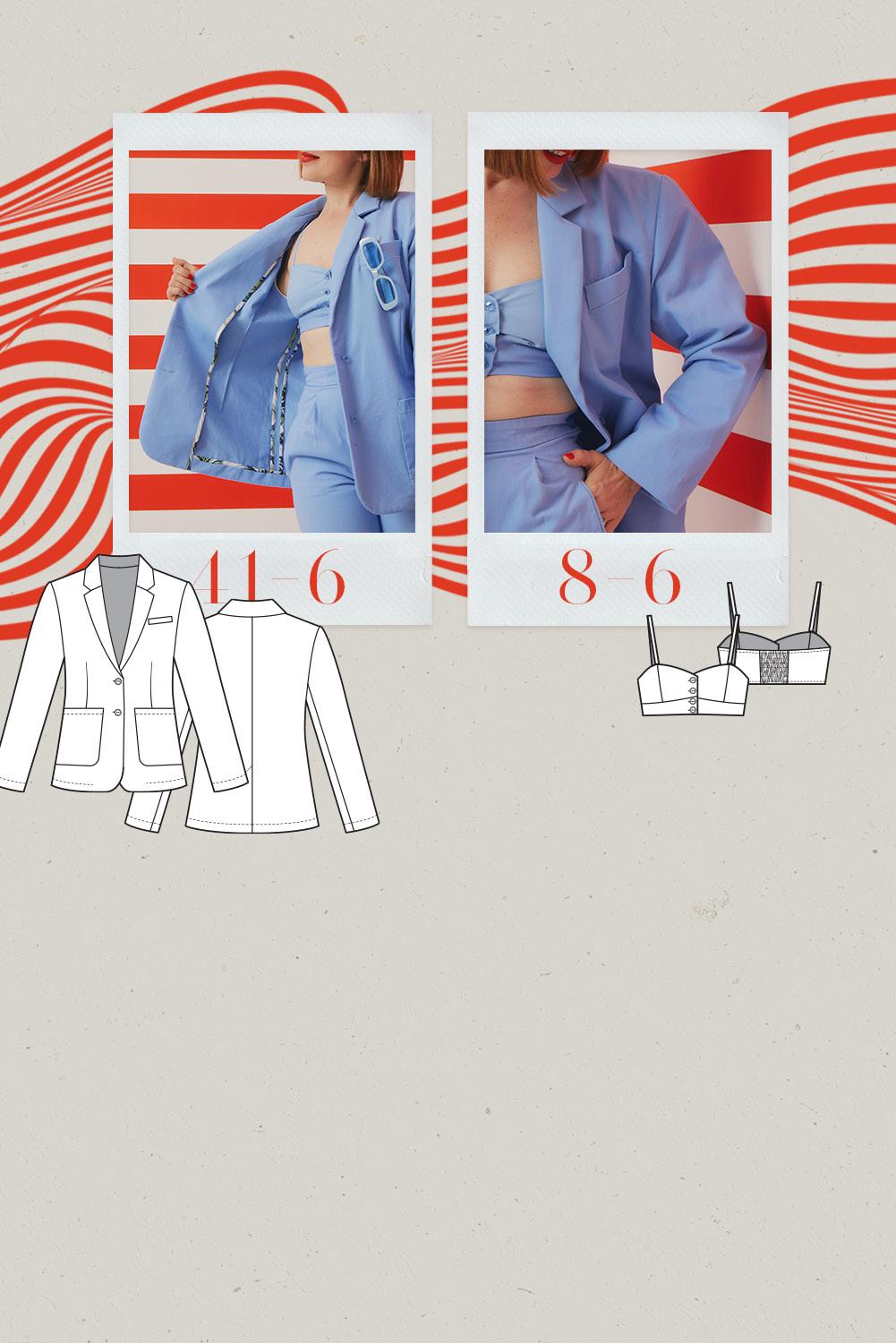
sisterMAG 67 | 2023 STRIPES AND THE OCEAN
Especially in summer we love a blazer that‘s easy, lightweight and that we can WASH! This oversized blazer comes without lining and is therefore a perfect project for any blazer-novice! The classic cut is an absolute dream to wear with any outfit this summer! SHOP NOW

sister-mag.com 24
54-2
Trousers with high waistband, side zipper and 3 welted pockets
This trouser pattern has become a favorite among all who have tried them. It combines some details that make you feel comfortable and look great at the same time. The crease makes the trousers fine, piped pockets make the trousers high quality, pleats make the trousers comfortable, the waistband makes the trousers feminine and the side
seam zipper makes the trousers special. A long time ago, women‘s trousers were closed almost exclusively on the side. The advantage of not having another three layers on the belly has been forgotten. Especially with thicker fabrics, it just looks better. Sometimes going back to old experiences brings a lot of added value.
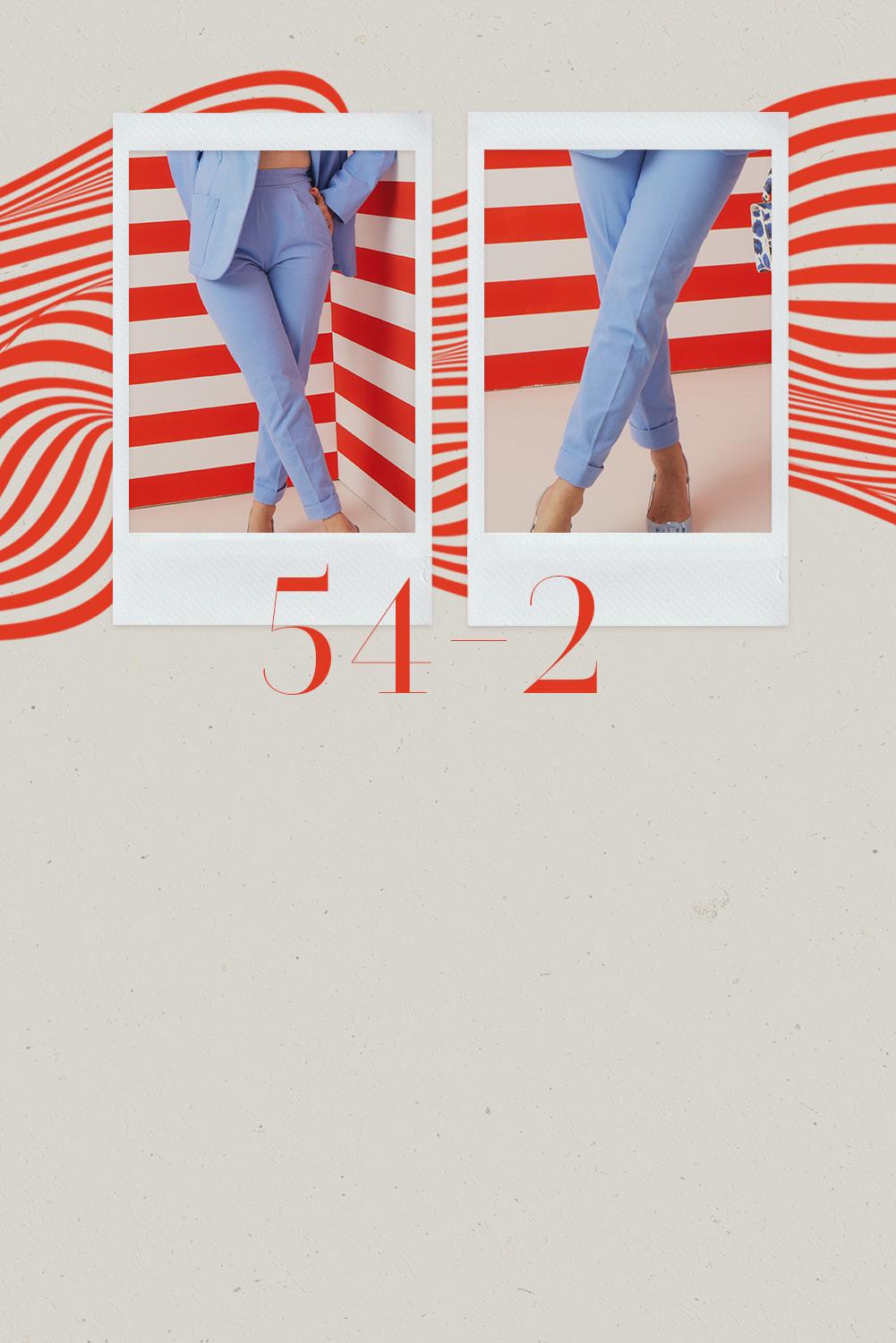
sisterMAG 67 | 2023 STRIPES AND THE OCEAN SHOP NOW
25
MEDIUM
67-2
The wide beach shirt
When coming home from a hot day in the office, all we want to do is throw on an easy, lightweight garment that still feels chic. We called this shirt the wide beach shirt, but let us tell you, we‘ve worn it at home nonstop! It is so cute with its round neckline, worked with a trim and super wide body piece.In our case we‘ve embellished the top with a fabric rose, making it even suitable for evening wear
67-9 Longuette skirt
Have you often wondered why the slim skirts you buy or sew yourself never look like those of the protagonists in the various American series set in law firms or advertising agencies? The cut is ok, the measurements are right, the sewing has been done properly, but the skirt still looks kind of mutty and not at all slimming. The simple truth is the cut of the sewing pattern. The center back seam is the crucial point. You‘ll notice in our sewing pattern that it is curved – and you‘ll see the difference! In any case, we were fascinated by this skirt and don‘t want to miss it any more.
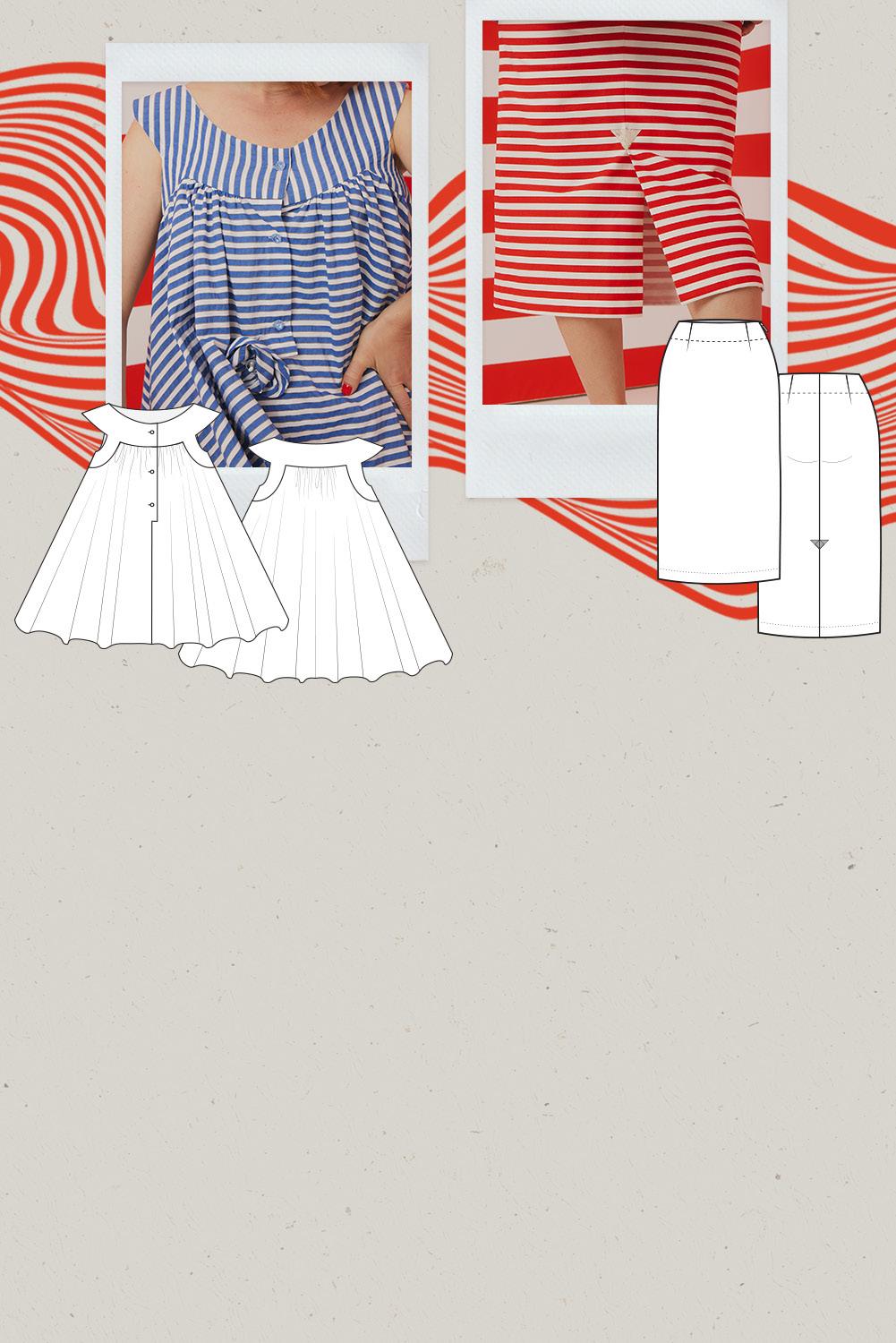
sister-mag.com
MEDIUM MEDIUM SHOP NOW SHOP NOW 26

sisterMAG 67 | 2023 STRIPES AND THE OCEAN 27

sister-mag.com 28
49-1 Polo shirt with bow
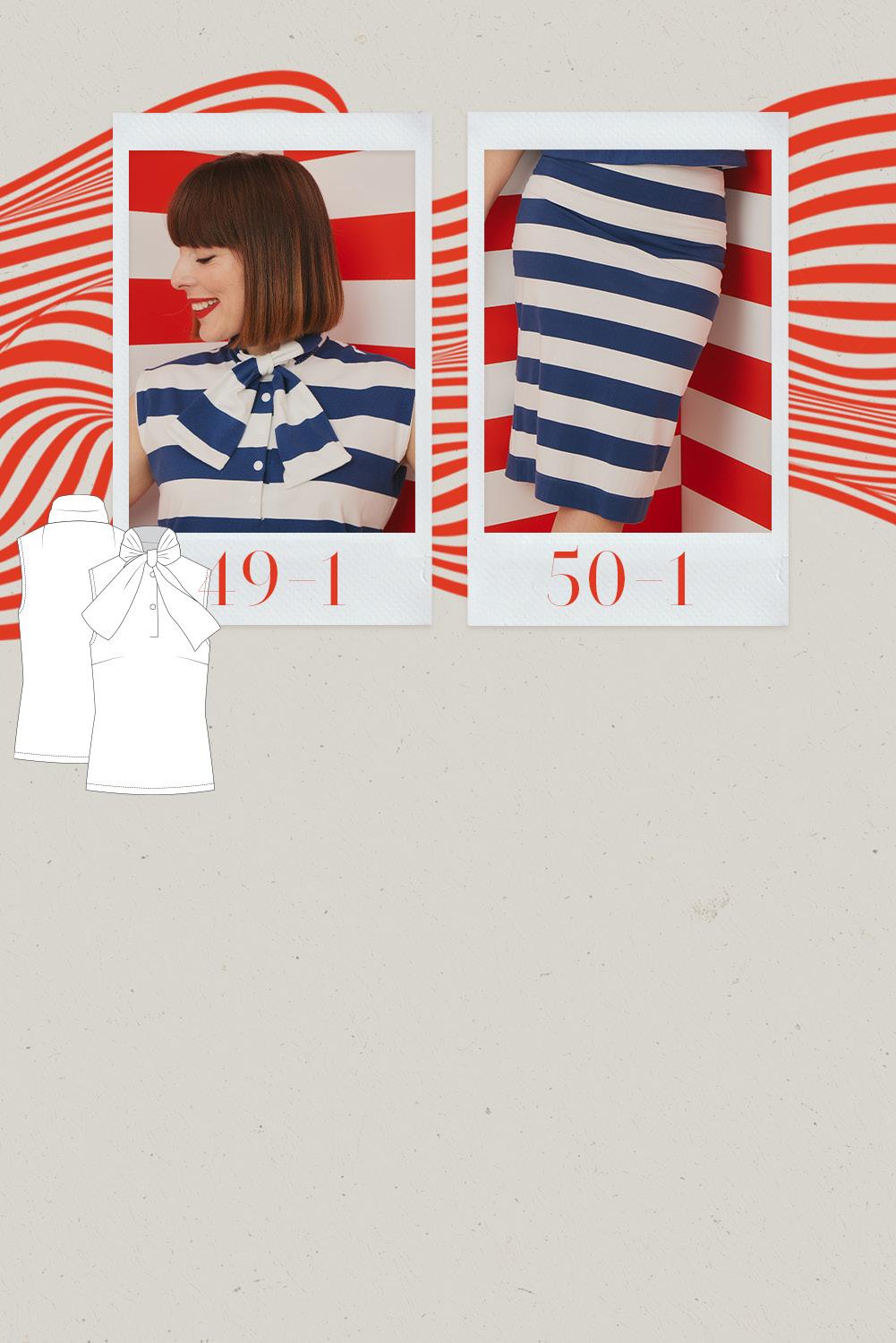
A polo shirt with a special twist. A small loop is sewn into the closure, and the collar is pulled through it when worn. This creates a bow, which doesn‘t need to be tied every time. Whether made of silk or, as shown here, comfortable jersey, it‘s a super beautiful piece in your wardrobe. By the way, there‘s a How-to video for it on YouTube, fortunately! Just visit sisterMAG Patterns on YouTube!
50-1 Easy Jersey Skirt
EASY
The Go-To skirt for a comfortable wear. The jersey skirt is super easy to sew and even if you end up crawling on the floor with your 2-year-old, it will let you do that!
The skirt pattern consists of one super easy piece as there is no waistband but the jersey is being folded in to create the facing inside. Perfect for beginners.
sisterMAG 67 | 2023 STRIPES AND THE OCEAN SHOP NOW SHOP NOW
MEDIUM 29
Photos & Sourcing: SOPHIA MOLEN @SOPHIAMOLEN
Text: LÉANE PERRIER

 A tour through the city surrounded by the Atlantic Ocean with the best DIY tips
A tour through the city surrounded by the Atlantic Ocean with the best DIY tips
de Estrela / via Unsplash 30
Foto: Freguesia
For this edition of the DIY tour, we’re taking you where the sun is! To fit the nautical vibe of this issue, what better than the beautiful city of Lisbon, surrounded by the Atlantic ocean. With its seven hills and cobblestoned steep streets, the portuguese city is sure to make you sweat, but we promise you, it’s worth it! Crossed by the Tagus river from one end to the other, Lisbon offers you the most beautiful landscapes, that you can watch from one of the city’s many Miradouros (pro tip : with a sangria in hand, it’s even better). The colorful buildings and vibrant atmosphere will not fail to move you : if good mood was a place, it would be Lisbon!
Knowing our love for DIY and everything handmade, we had to get you the best addresses in town. With the help of Sophia ( @sophiamolen ), we are taking you on a tour of the city’s best spots and iconic neighborhoods.
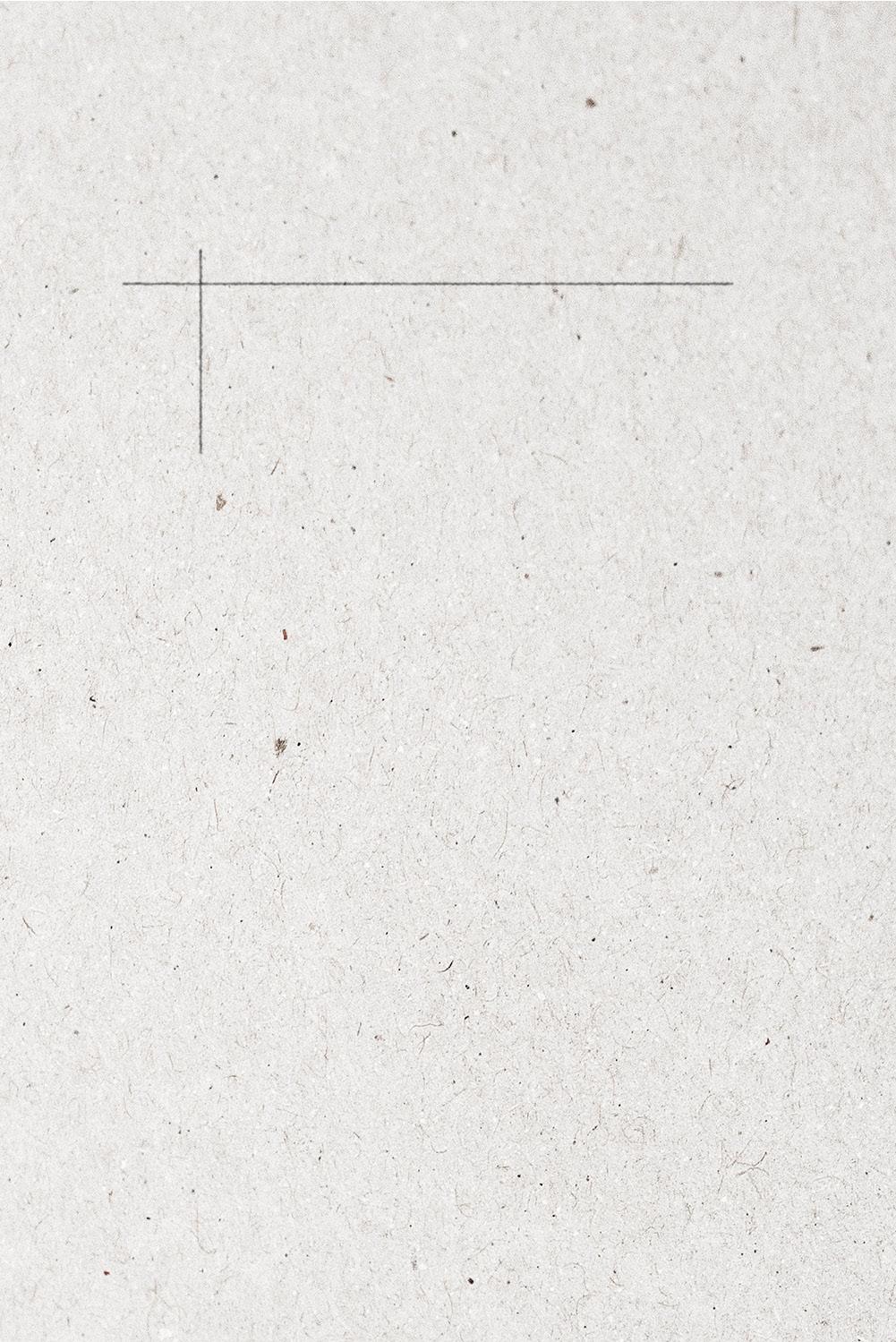
STRIPES AND THE OCEAN 31
Let’s start with the beautiful area of Alfama. With its small and narrow streets, Alfama is Lisbon’s oldest and most characterful district. If you are looking for authentic architecture and typical Portuguese cuisine, this area is exactly where you should head to. While strolling there at night, chances are you will hear Fadoa traditional portuguese singing, echoing through the steep winding streets.
The Azulejos tiles are what makes the facades of Lisbon so recognizable. They are painted tin-glazed ceramic tiles, the most common ones are blue and white, but you can find them in a variety of different colors. At the Cerâmica S. Vicente, you can take part in a workshop and make them yourself! A great way to discover the traditional Portuguese know-how, and leave with a great personalized souvenir.


sister-mag.com
Cerâmica S. Vicente
32
Cerâmica S. Vicente
Arts & Crafts
For some inspiration or artsy paintings and images, you can check out Arts and Crafts.
You can also find some handmade jewelry there!

Arts and Crafts
If you‘ve always dreamed of making your own ceramic creations, check out Caulino.
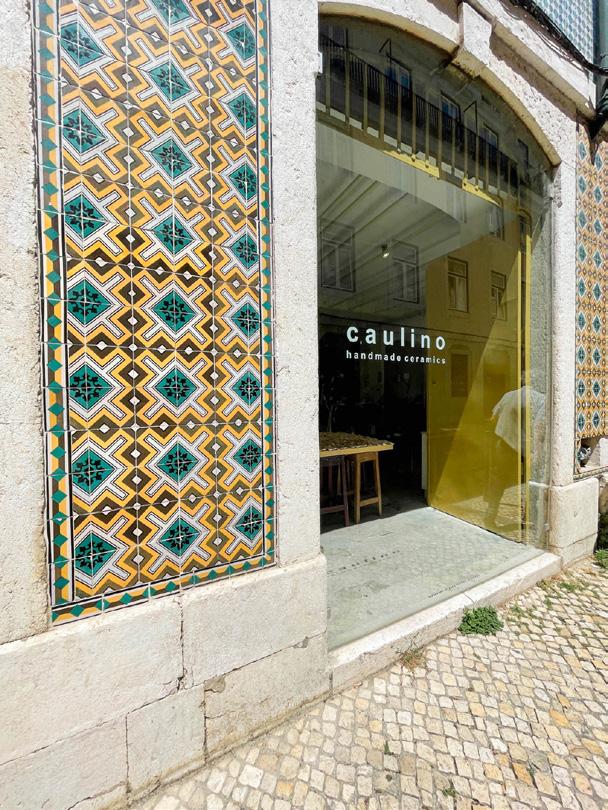

They offer classes almost everyday, and you can even do full weeks or monthly workshops.
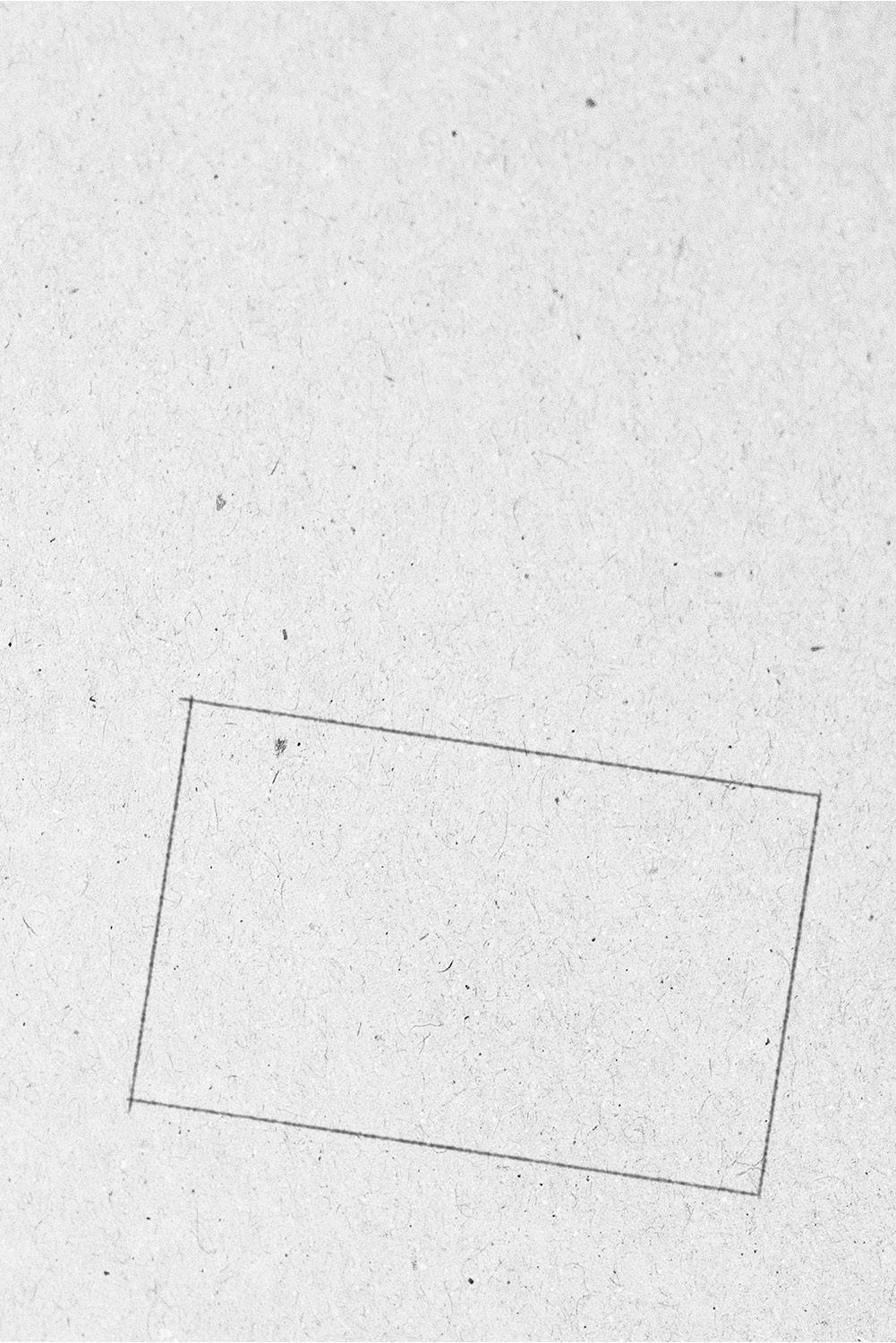
sisterMAG 67 | 2023
Caulino
Caulino
33
STRIPES AND THE OCEAN
Every Tuesday and Saturday, you can have a stroll through the Feira da Ladra. It’s a big flea market with many different products. There you can find jewelry, tableware, vintage vinyls, and mostly a lot of second hand clothes. You can get really good things for very interesting prices, so watch out for the hidden gems!
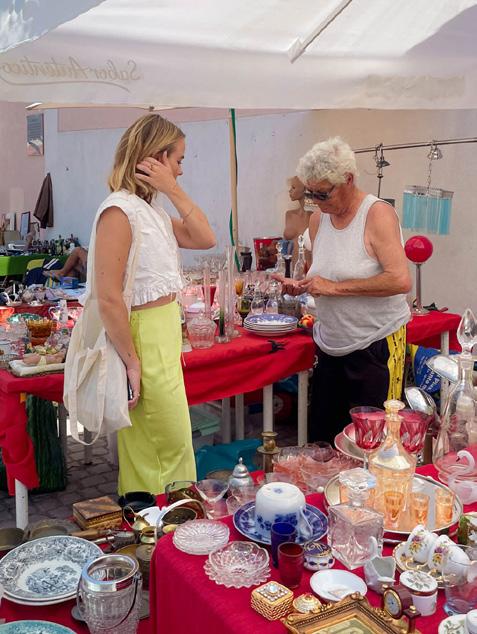


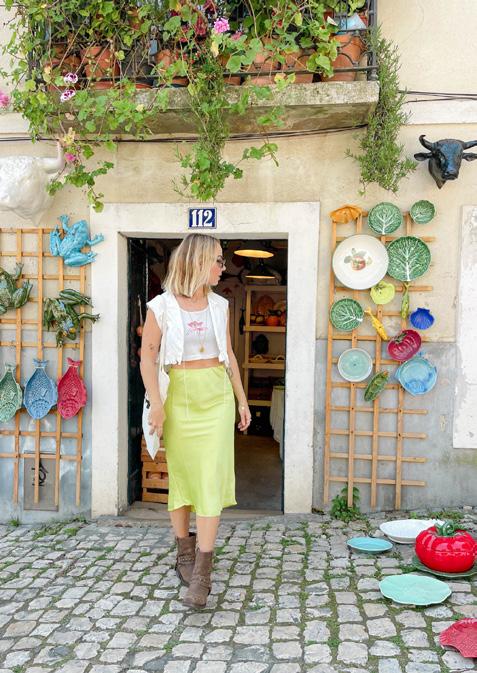
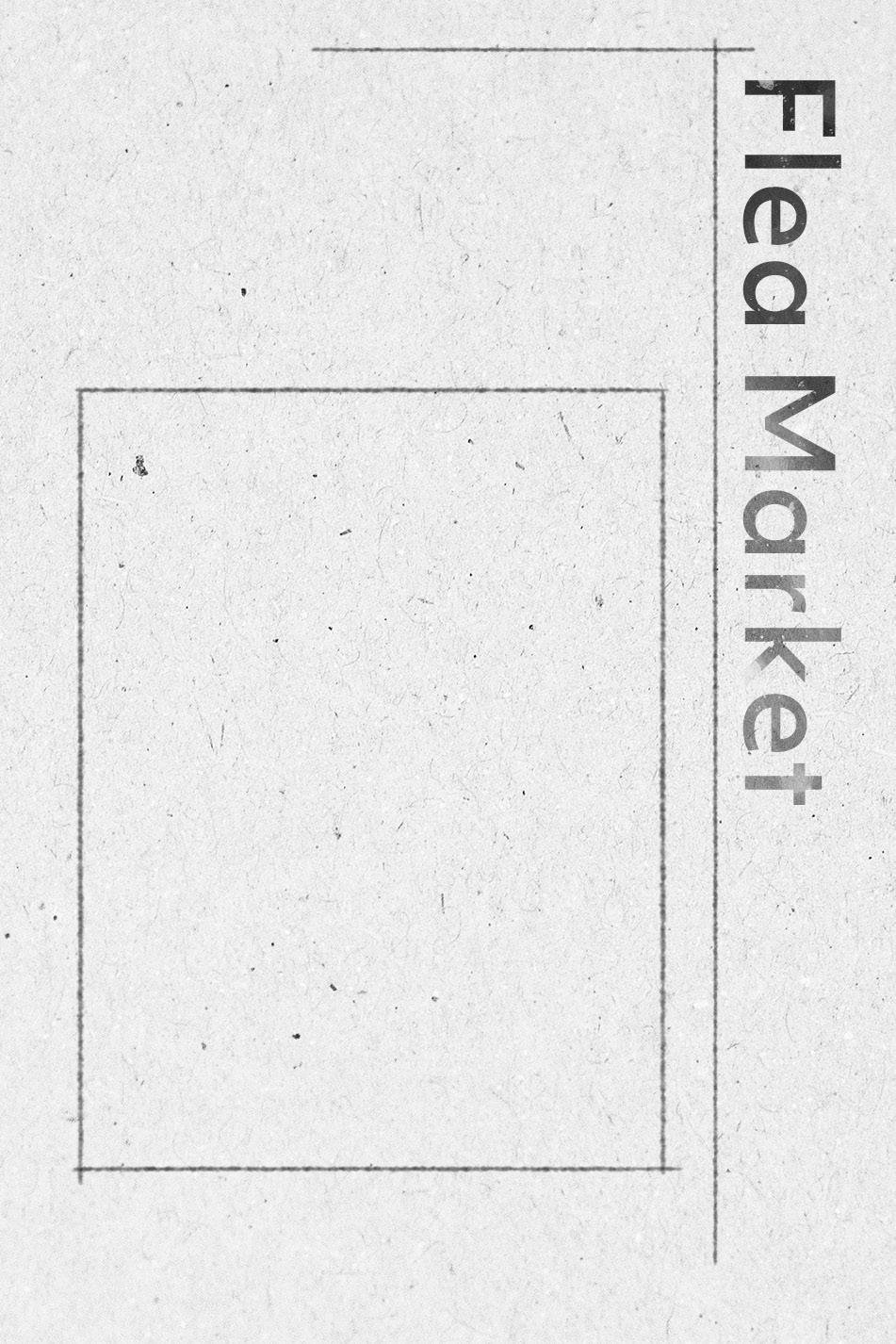
34

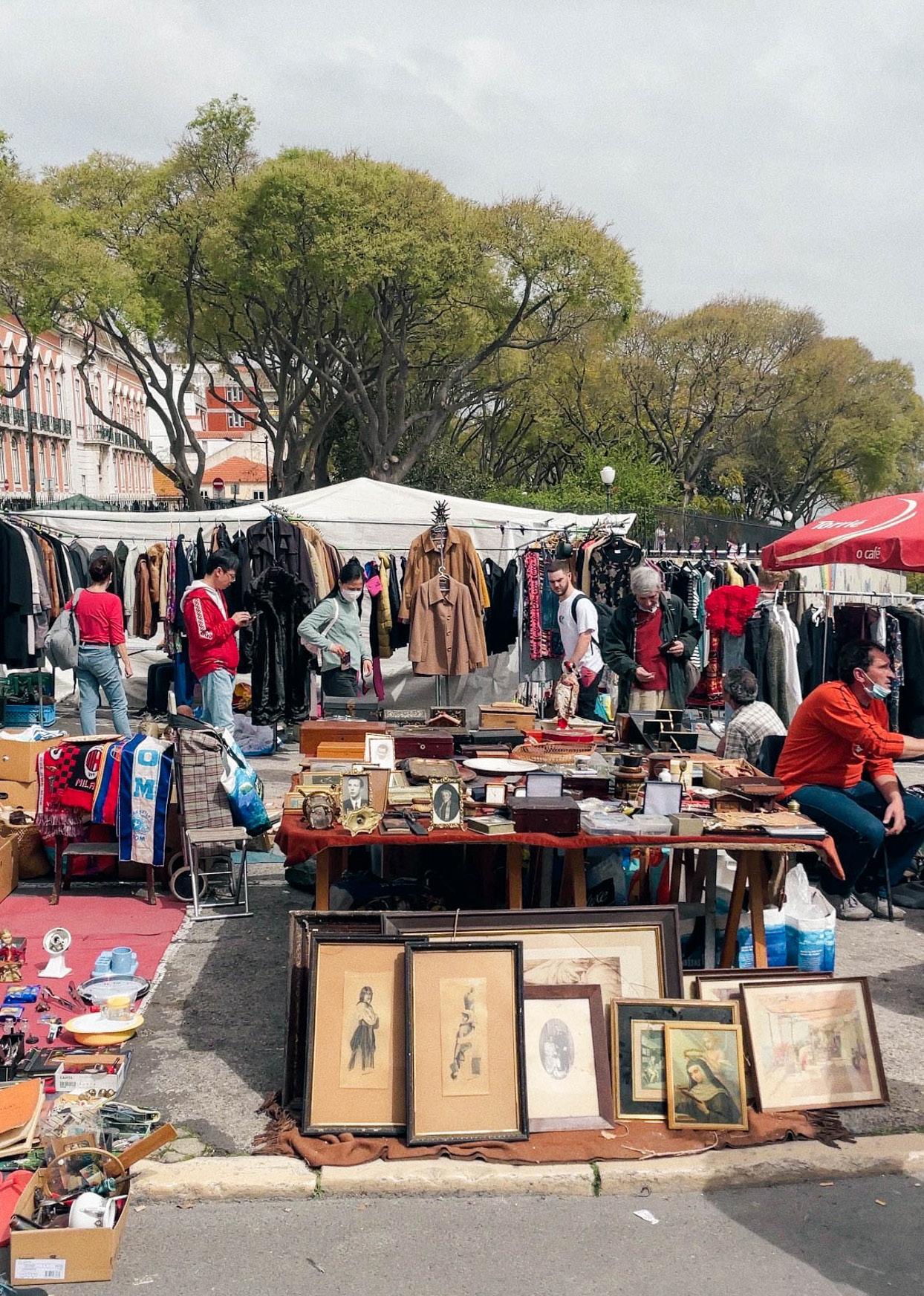
STRIPES AND THE OCEAN 35
Santos is probably Lisbon’s most vibrant neighborhood : creative, lively and fun-loving, this area is perfect if you want to experience some of the city’s nightlife. A lot of restaurants, fun bars and cafes are to be found there. It is also adjacent to the Bairro Alto district, which is, as we could call it, the heart of the party.
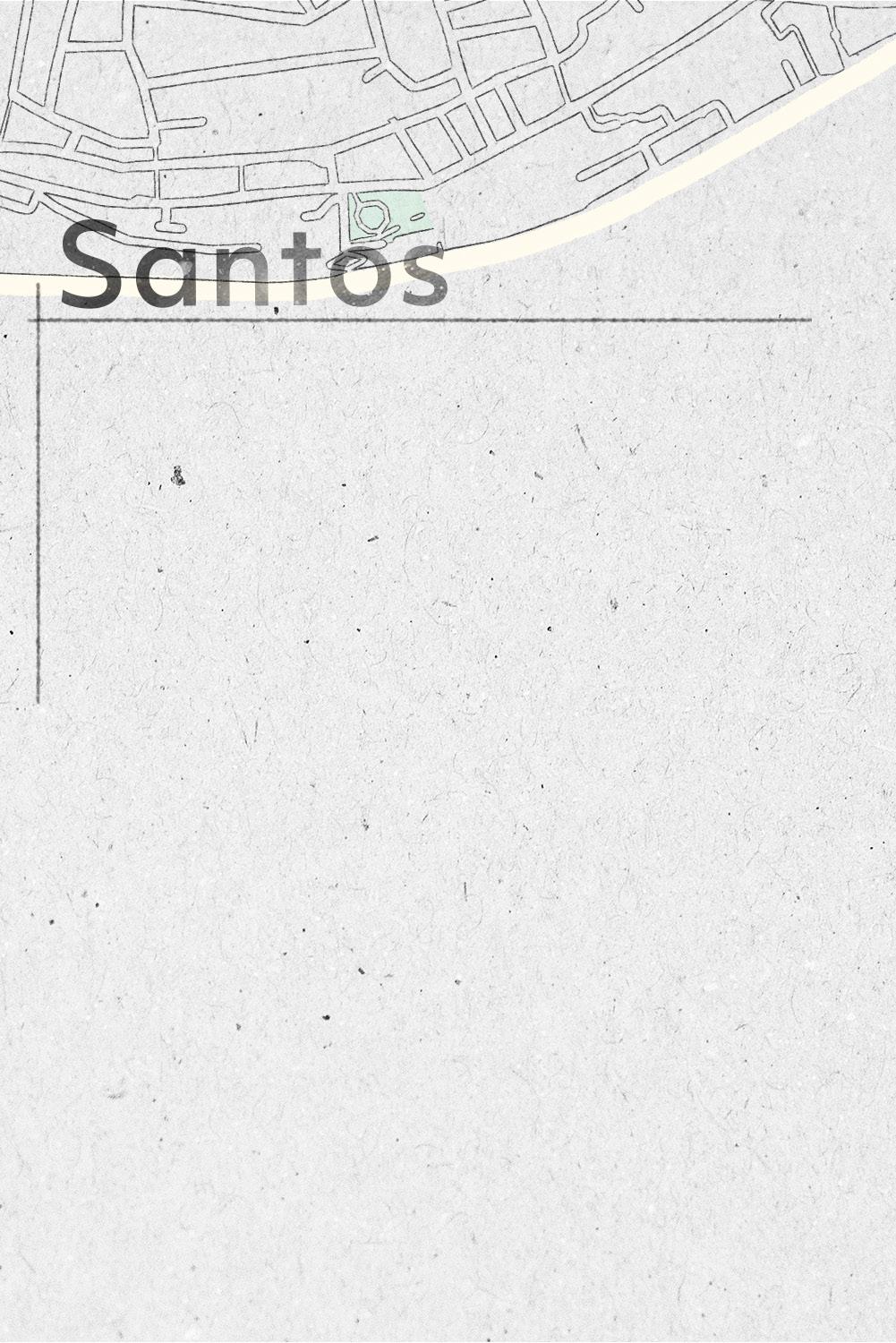
If you’re looking for any type of creative work supplies, you can find them at Loja das maquetas. Canvases, paint or brushes, you can get all of that from this small store in the heart of the city.
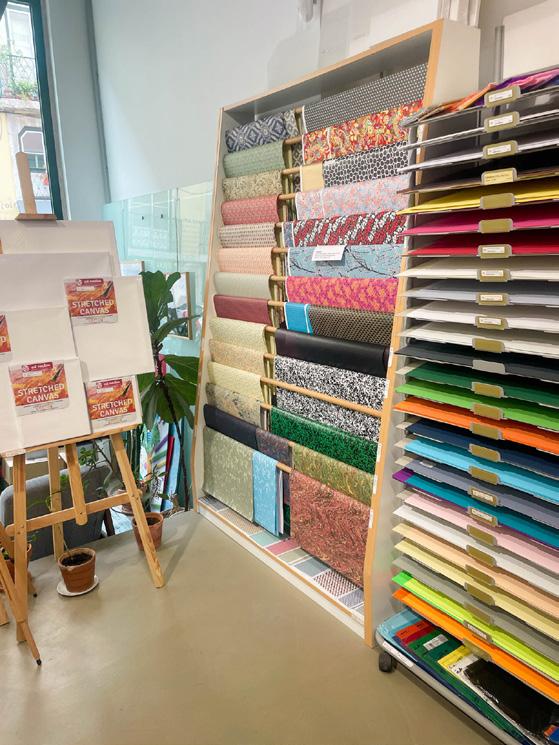
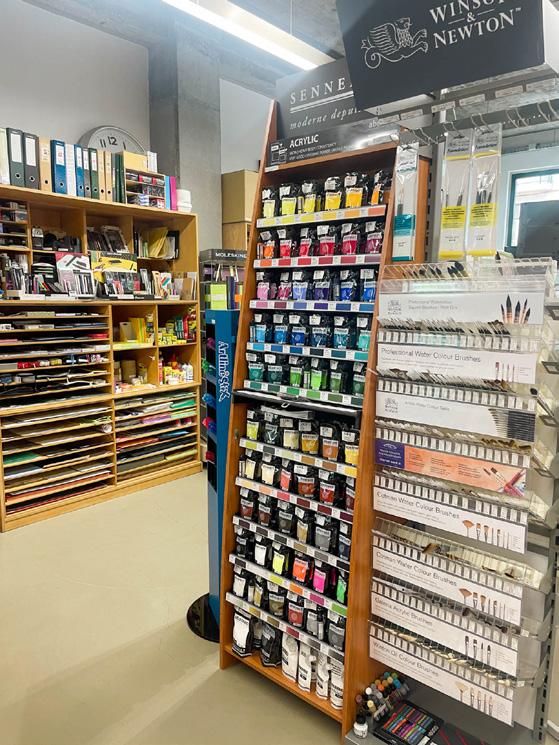
sister-mag.com
Loja das Maquetas
36
Loja das Maquetas


sisterMAG 67 | 2023 STRIPES AND THE OCEAN 37
With unique trendy shops, fun atmosphere and amazing views, Principe Real is one of the capital’s most en-vogue neighborhoods.
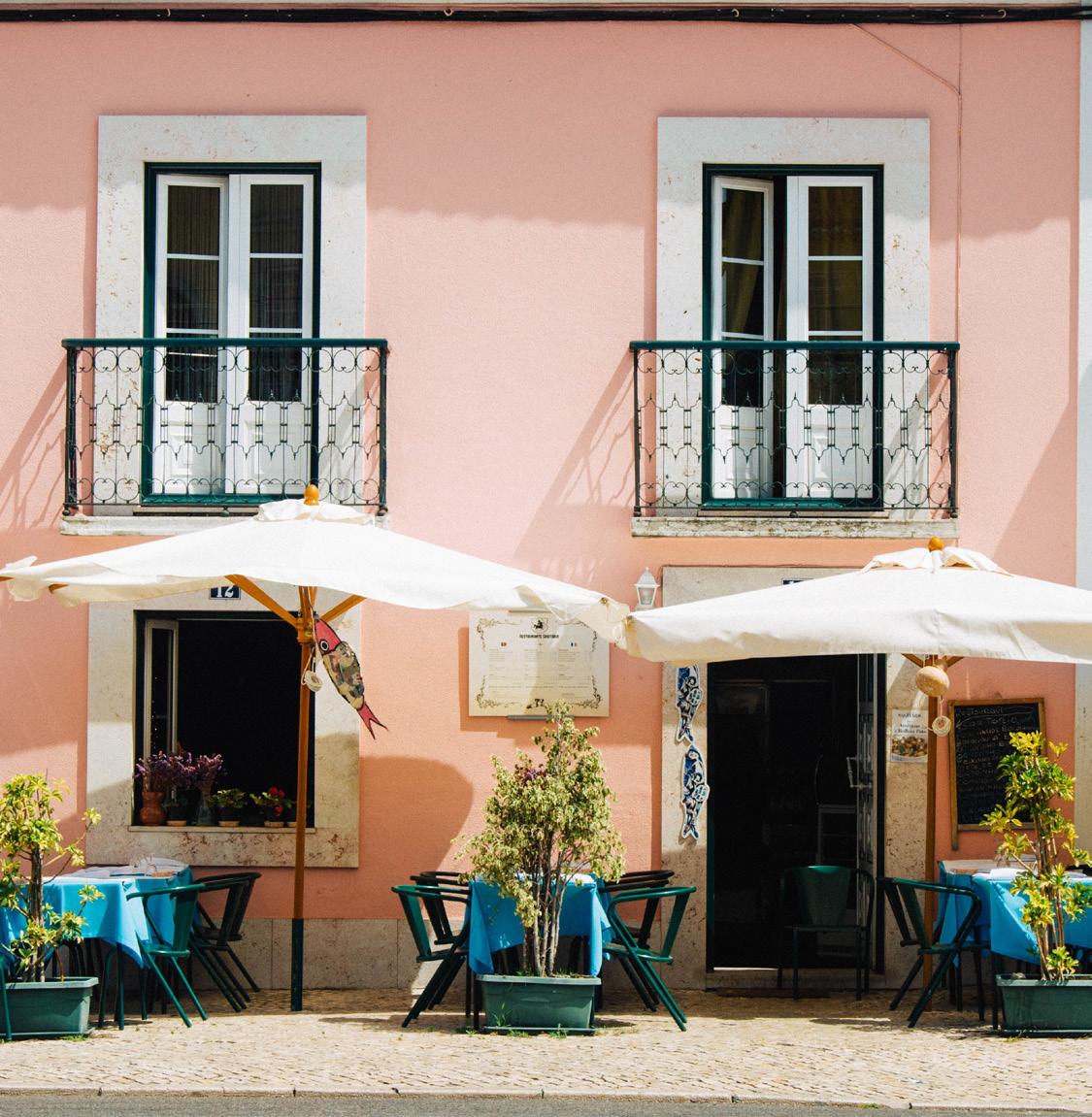
If you want to experience a breathtaking sunset view of the entire city, you have to try the Miradouro de São Pedro de Alcântara.

sister-mag.com
38
Unbox Colors
For the most aesthetically pleasing and largest range of paint, try out Unbox Colors on Rua Cecílio de Sousa.


Papelaria Fernandes
Founded in 1891, the Papelaria
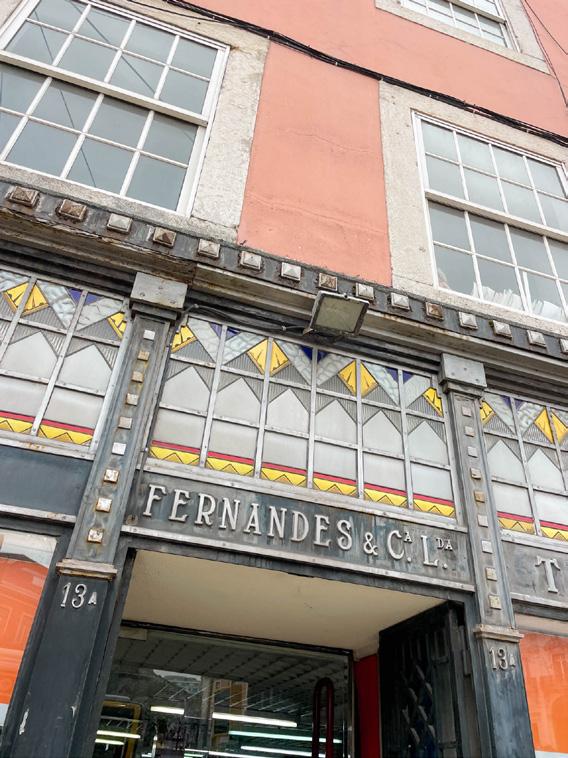

Fernandes is an iconic reference in terms of technical painting supplies. There, you can find a range of 20 000 items for affordable prices.
Unbox Colors
sisterMAG 67 | 2023
Papelaria Fernandes
STRIPES AND THE OCEAN 39
Martim Moniz is without hesitation the most culturally diverse district of the capital. It’s a very dynamic area, and definitely where you could try the best Chinese restaurants of your life.

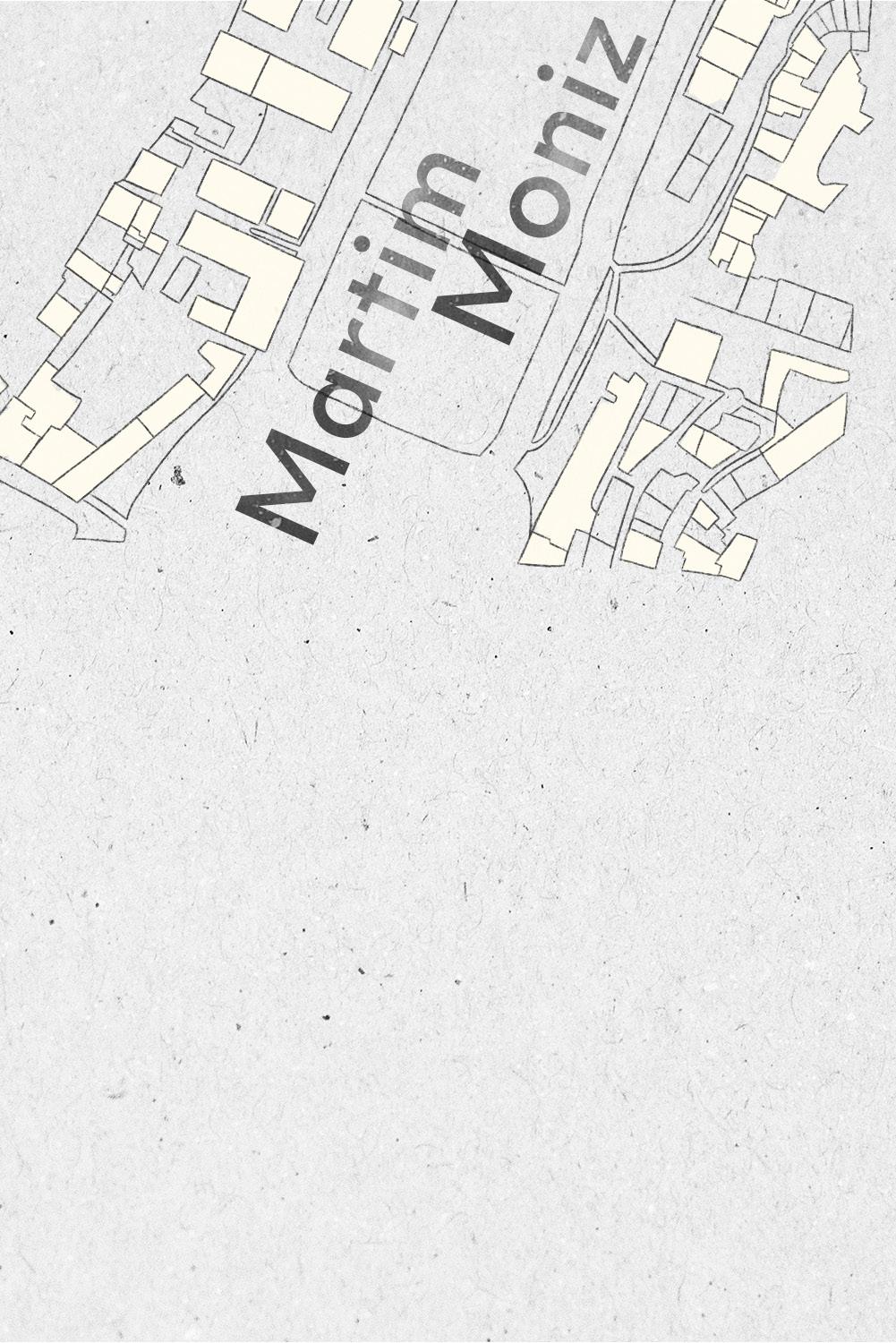
If you’re into diy and love to make your own jewelry, you will love Lily Biju. There you can find beads of all sorts, threads, and a lot of different ribbons.
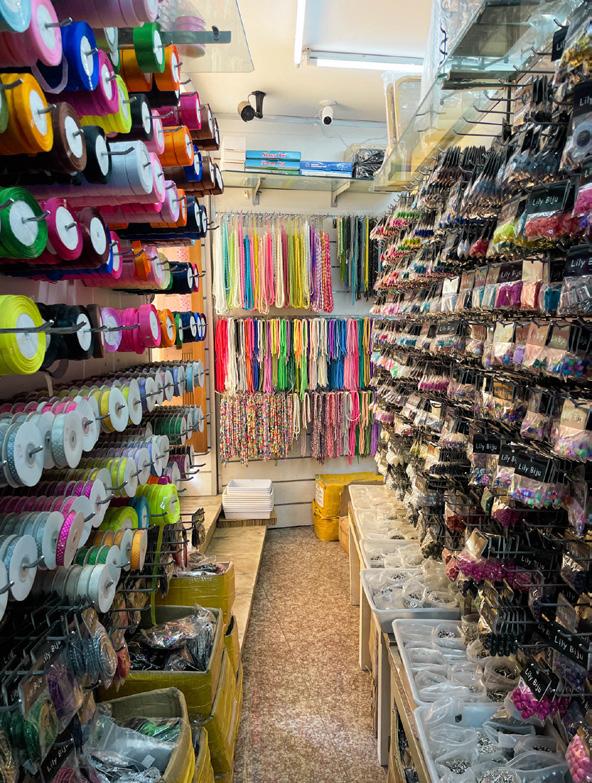
sister-mag.com
Lily Biju
40
Lily Biju
Calling all sewing enthusiasts : if you want to use our new sisterMAG Patterns collections but don’t have the supplies yet, you can get your colorful fabrics from Feira dos Tecidos : a large choice of materials and designs for a super affordable price!

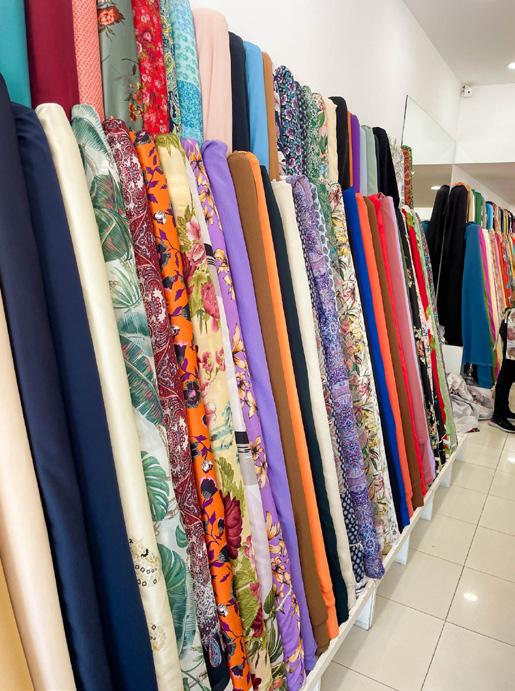


sisterMAG 67 | 2023
Feira dos Tecidos
STRIPES AND THE OCEAN 41
Feira dos Tecidos
We hope you enjoyed our little trip through Lisbon. Once again, you can find the complete map with destinations on Google Maps. You can easily view it as a map, save it yourself or save it to Google Maps. We are looking forward to the next destination that we can explore with you in the spirit of do-it-yourself! Do you live in a city that we should definitely explore with you? Then let us know and write to mail@sister-mag.com !



/
42
Foto: Annie Spratt
via Unsplash
If you want to have a look at our tours of the last issues:
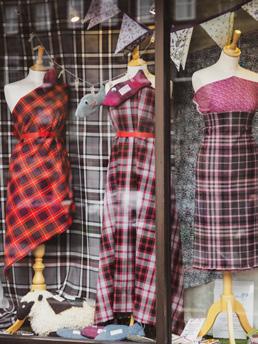
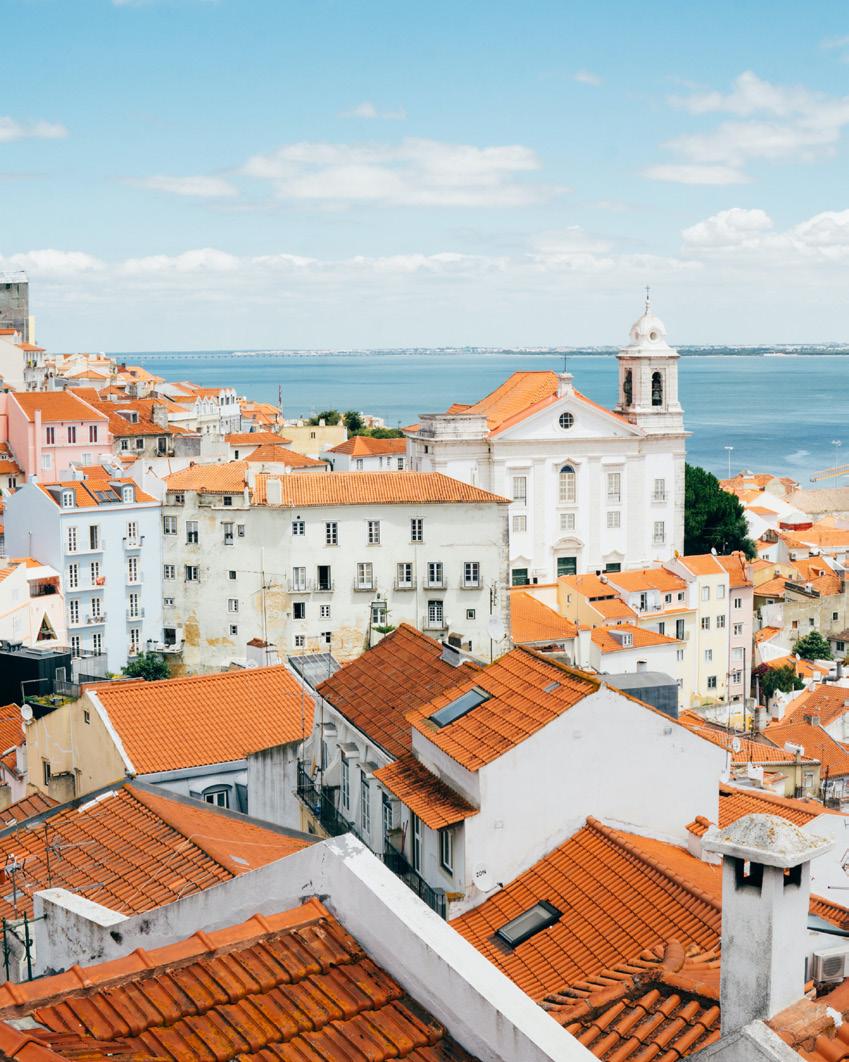
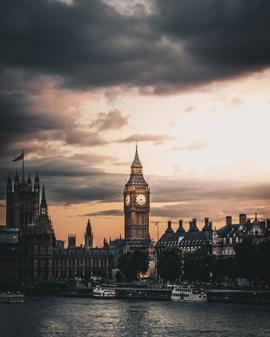
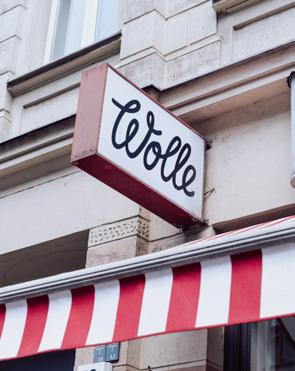

STRIPES AND THE OCEAN 43
How toORGANIZE YOUR EMBROIDERY THREADS
PRODUCTION & DIY: MARIE DARME-RIZZO
PHOTOS : THEA WITTEMANN
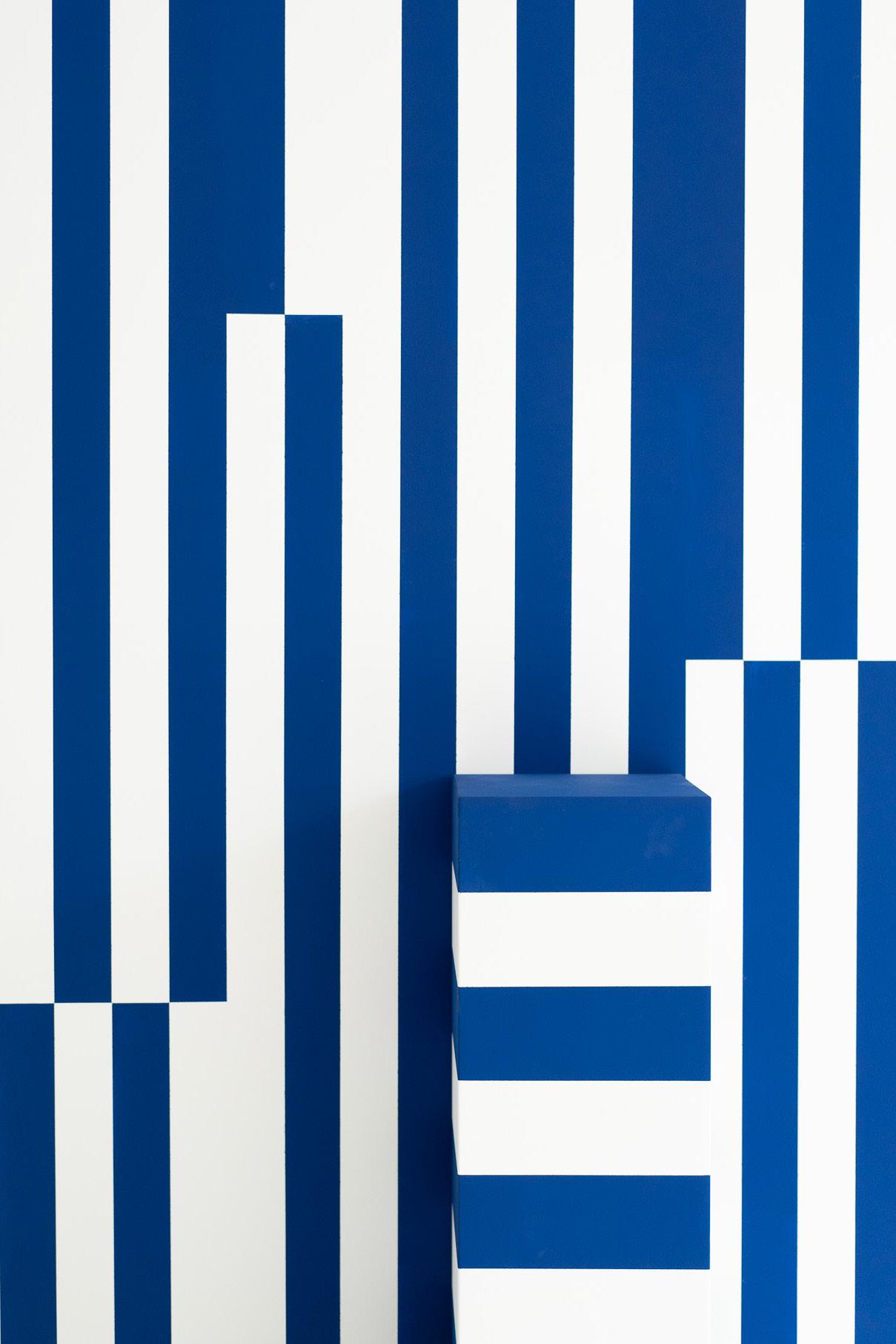
44
In this issue of sisterMAG, dedicated to embroidery, we have chosen exactly the embroidery thread as the main stimulus for the idea presented here. With the help of the templates and instruction, you can craft a really pretty set for all the materials that are in your embroidery thread collection. Whether it‘s hot air balloons, little cartoon dolls, or clothespins - anything can come in handy for arranging your embroidery thread collection.
Although creativity and chaos go hand in hand, it can also be fun and quite creative to arrange the materials you use in a cute manner from time to time. Adding pretty elements to materials can transform even the most chaotic space into a source of inspiration and motivation for working on DIY projects.

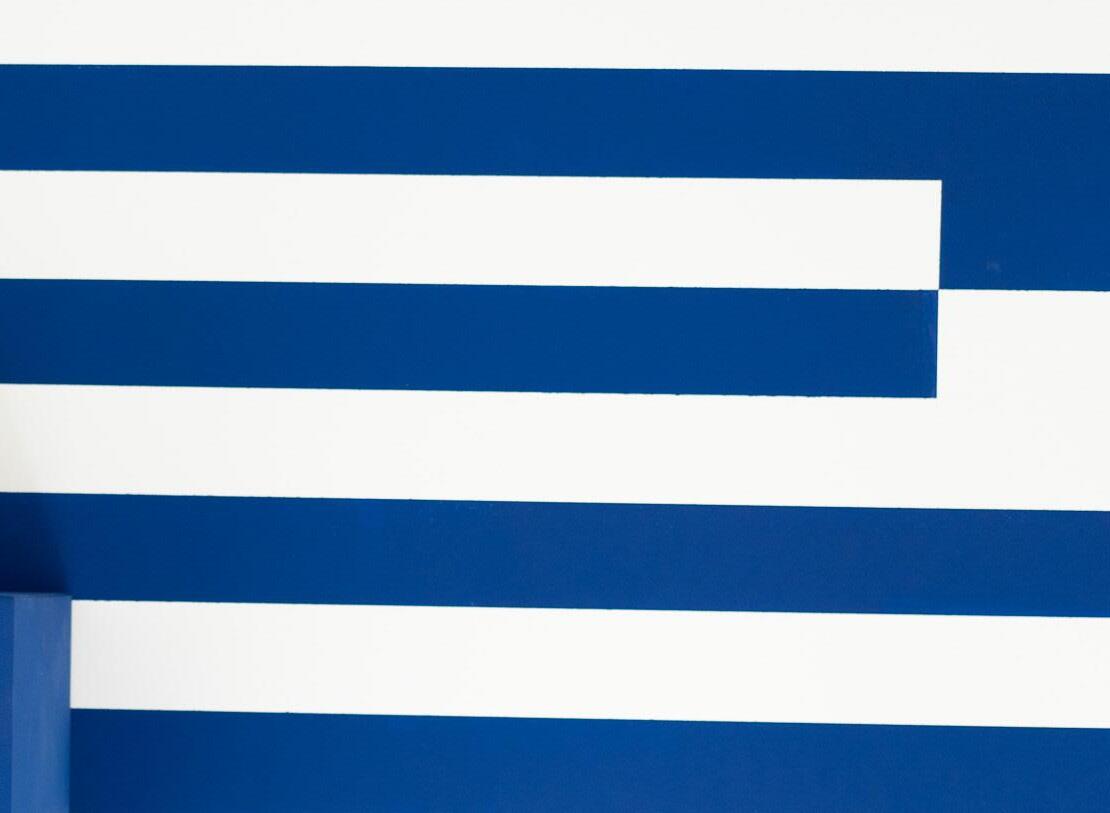
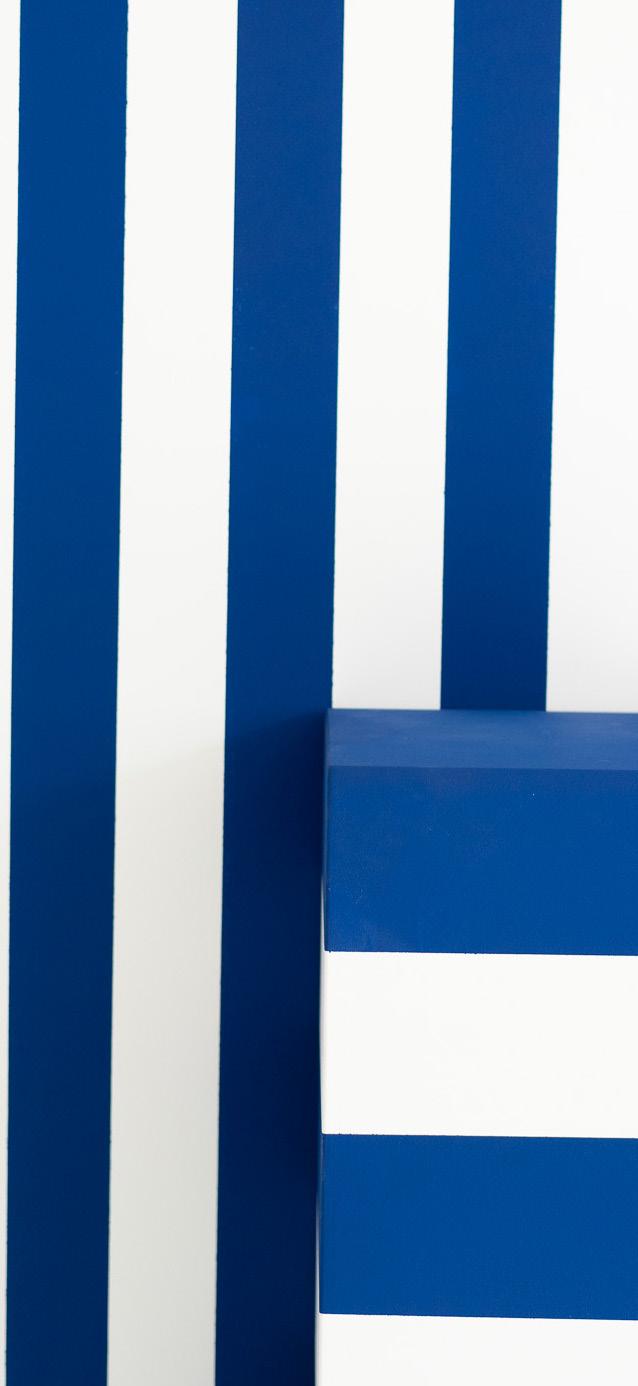
STRIPES AND THE OCEAN 45
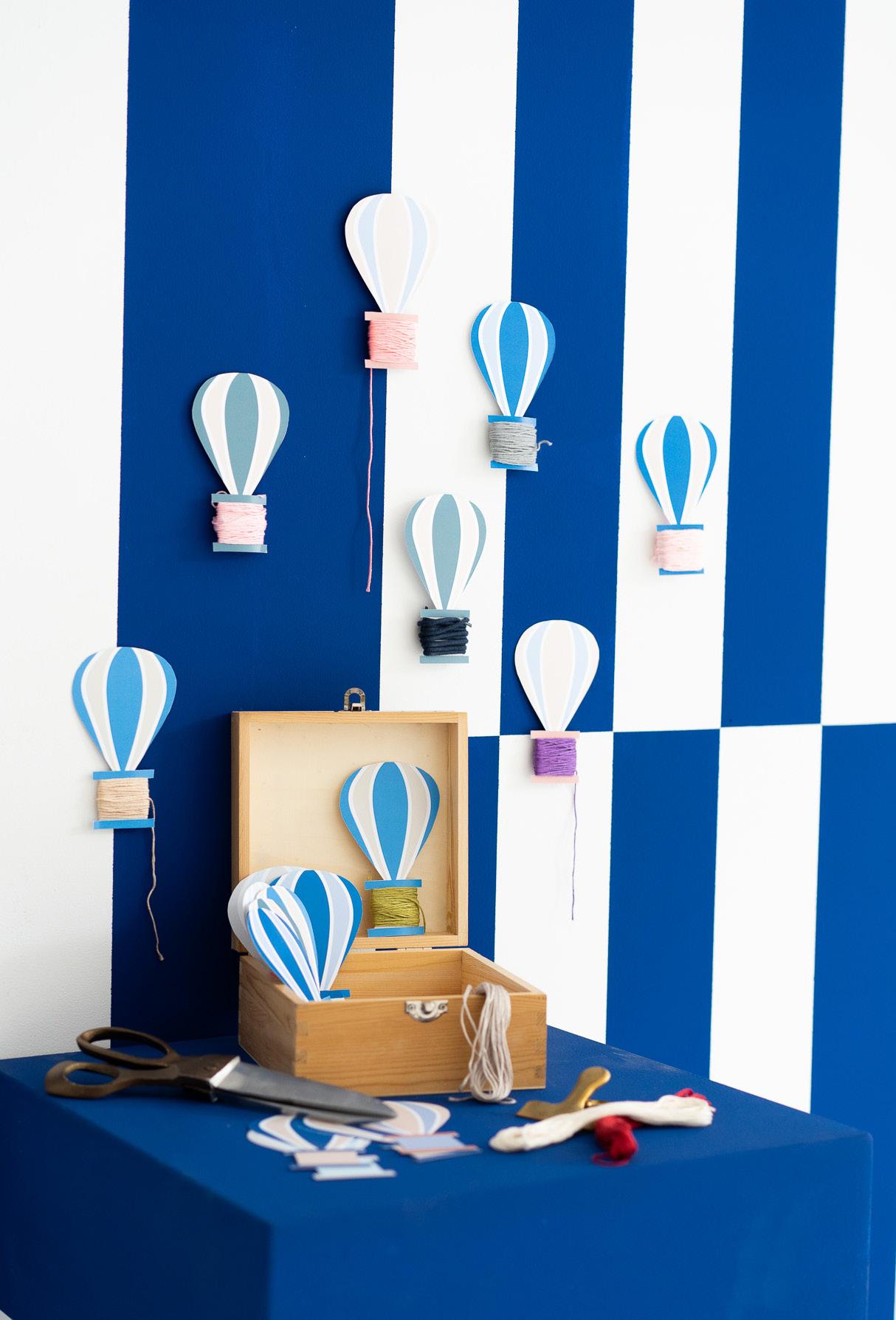
46

sisterMAG 67 | 2023 Download the pattern here STRIPES AND THE OCEAN 47

sister-mag.com Download the pattern here 48

STRIPES AND THE OCEAN 49

50
9 cm Abstand
3 cm Abstand
MATERIAL INSTRUCTIONS
» Wooden clips
» Picture frame A4
» A4 Solid cardboard
» Nails
» Hammer
» Yarn
» Ruler
» Pen
Depending on the size of your picture frame, make marks on the cardboard so that you can later attach the nails, with a distance of 3 cm width and 9 cm height.

Using a small hammer, fix the little nails on your paper.
Put the cardboard in the frame, if necessary, fix it with glue around the edges. Wrap the yarn around the wooden clothespins, hang them on the nail. Ready!

sisterMAG 67 | 2023
STRIPES AND THE OCEAN 51
#67TABLE OF THE MONTH
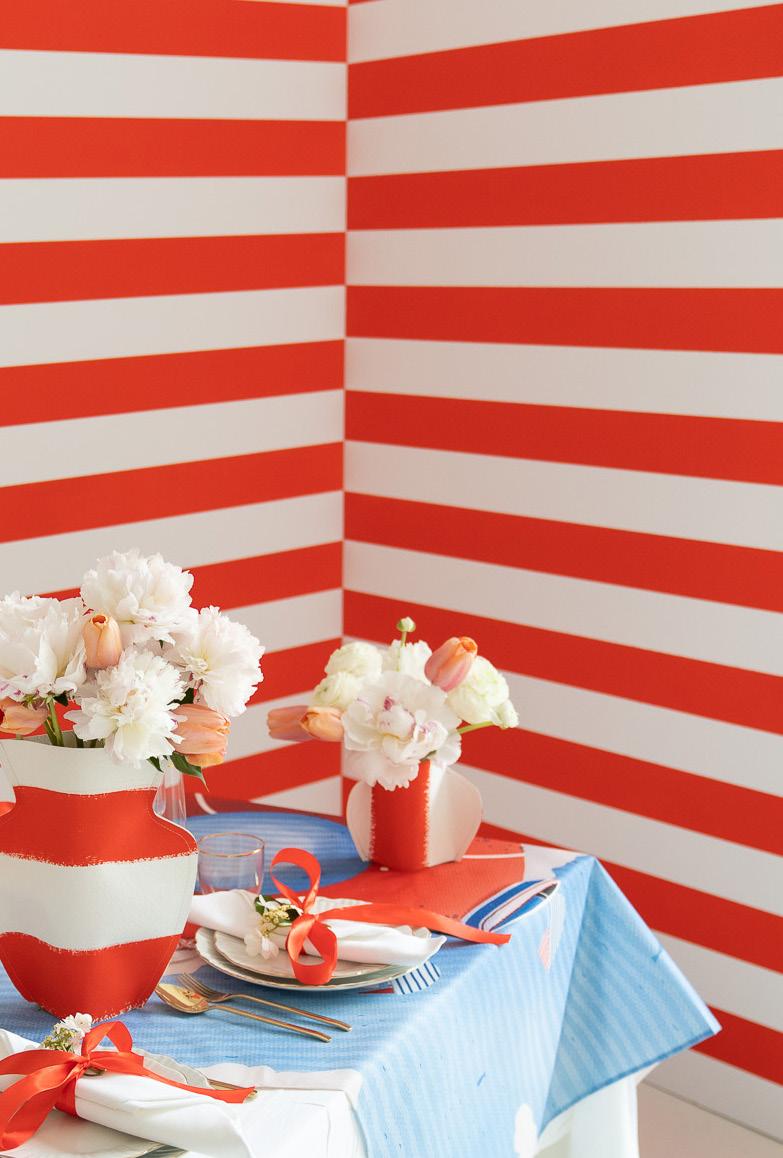
FLORALS: Hürriyet Bulan / Botanic Art
PRODUCTION: Marie Darme-Rizzo
Léane Perrier
FOTOS: Healim Hwoang
TEXT: Viktoria Todorova
52
Blue, red, and white in all their hues are the foundation colors that, along with the vertical and horizontal stripes, bring the feeling of the sea and summer ambiance right to the table. Together with the cutlery in shapes inspired by the sea, one can easily pretend to enjoy a nice supper at the Hamptons.


Stripes, the sea and everything that revolves around the art of living, enjoying the relaxed gettogethers by the shore and feeling the salty air blow into one‘s hair, is the inspiration behind this issue‘s „Table of the Month“. supper at the Hamptons.
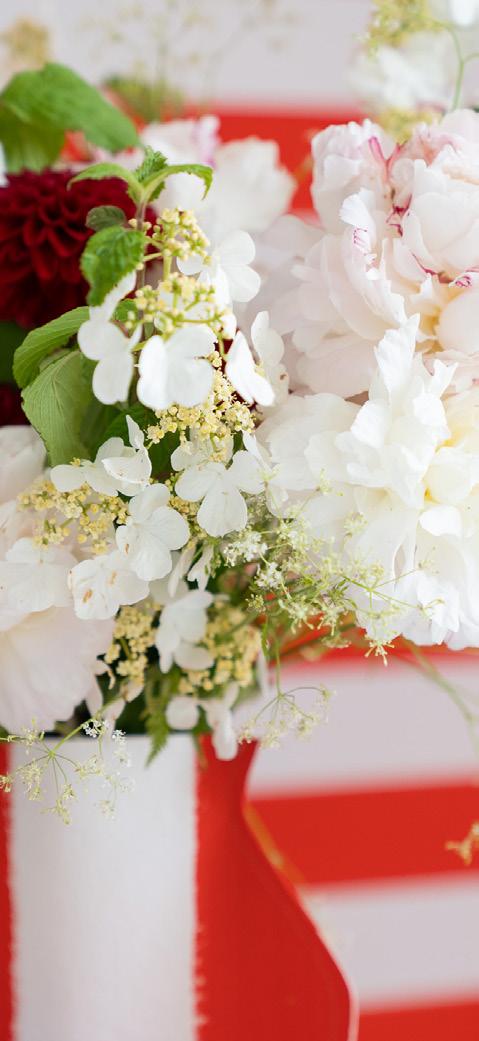
STRIPES AND THE OCEAN 53
STRIPES IN ABUNDANCE
What is the most important aspect of the here presented décor? Stripes, stripes, and more stripes. The overload is actively and creatively brought to the table with the help of our own DIY vase design. Quite easy and fun to make yourself, it is suitable for all shapes and forms of vases. By choosing horizontal or vertical stripes, one can effectively bring the marine spirit to their next gathering.

54

Download the pattern here STRIPES AND THE OCEAN 55
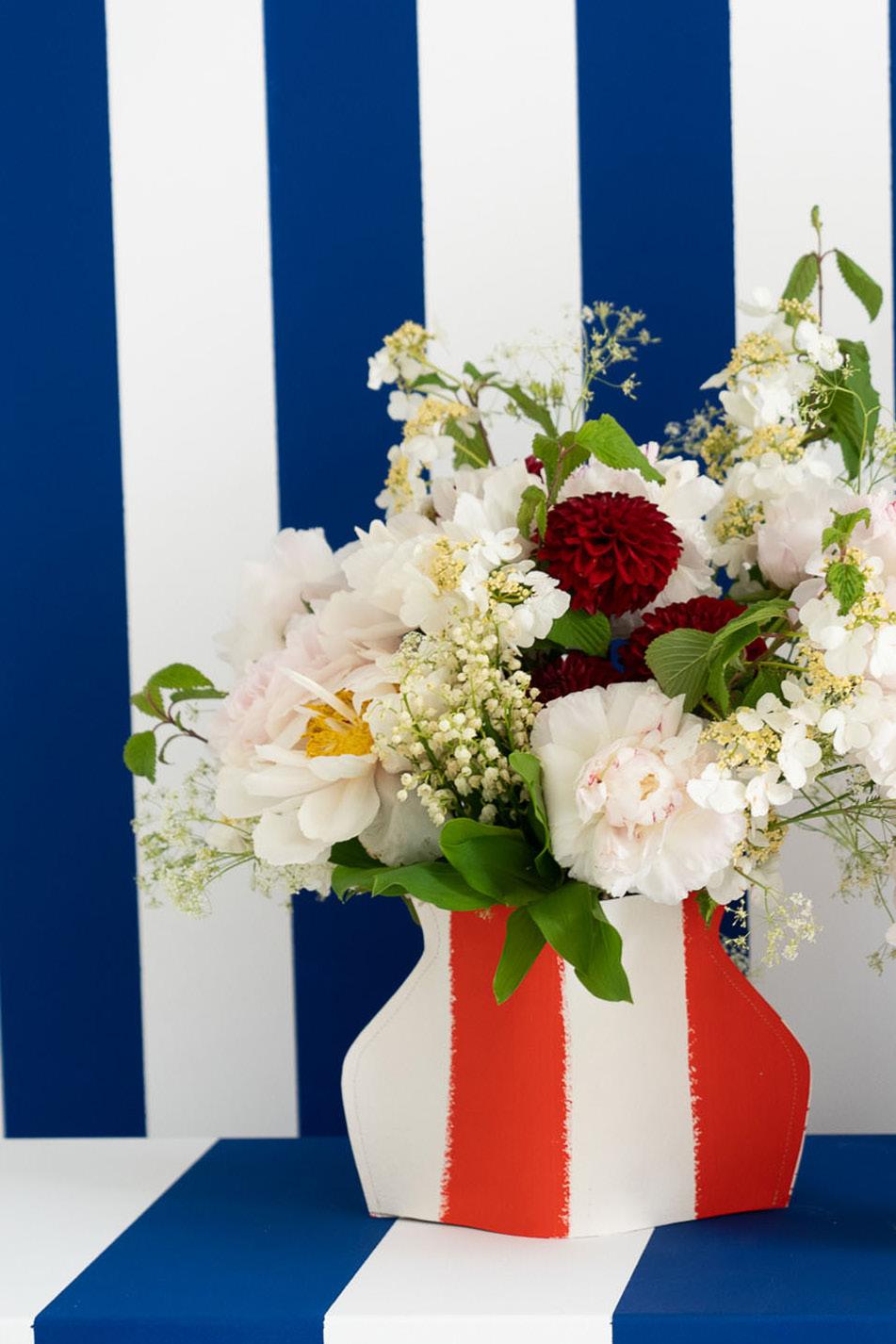
56
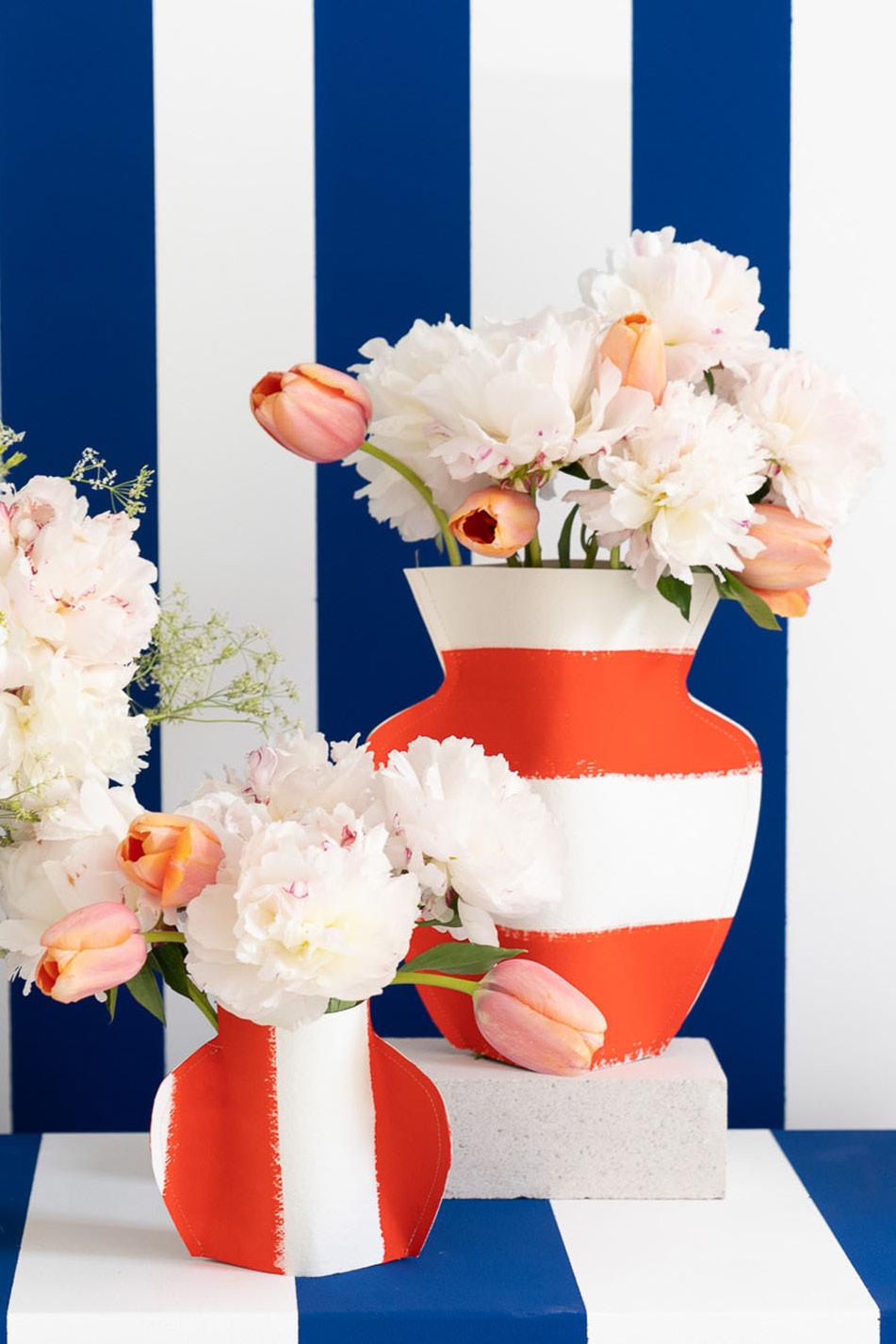
STRIPES AND THE OCEAN 57
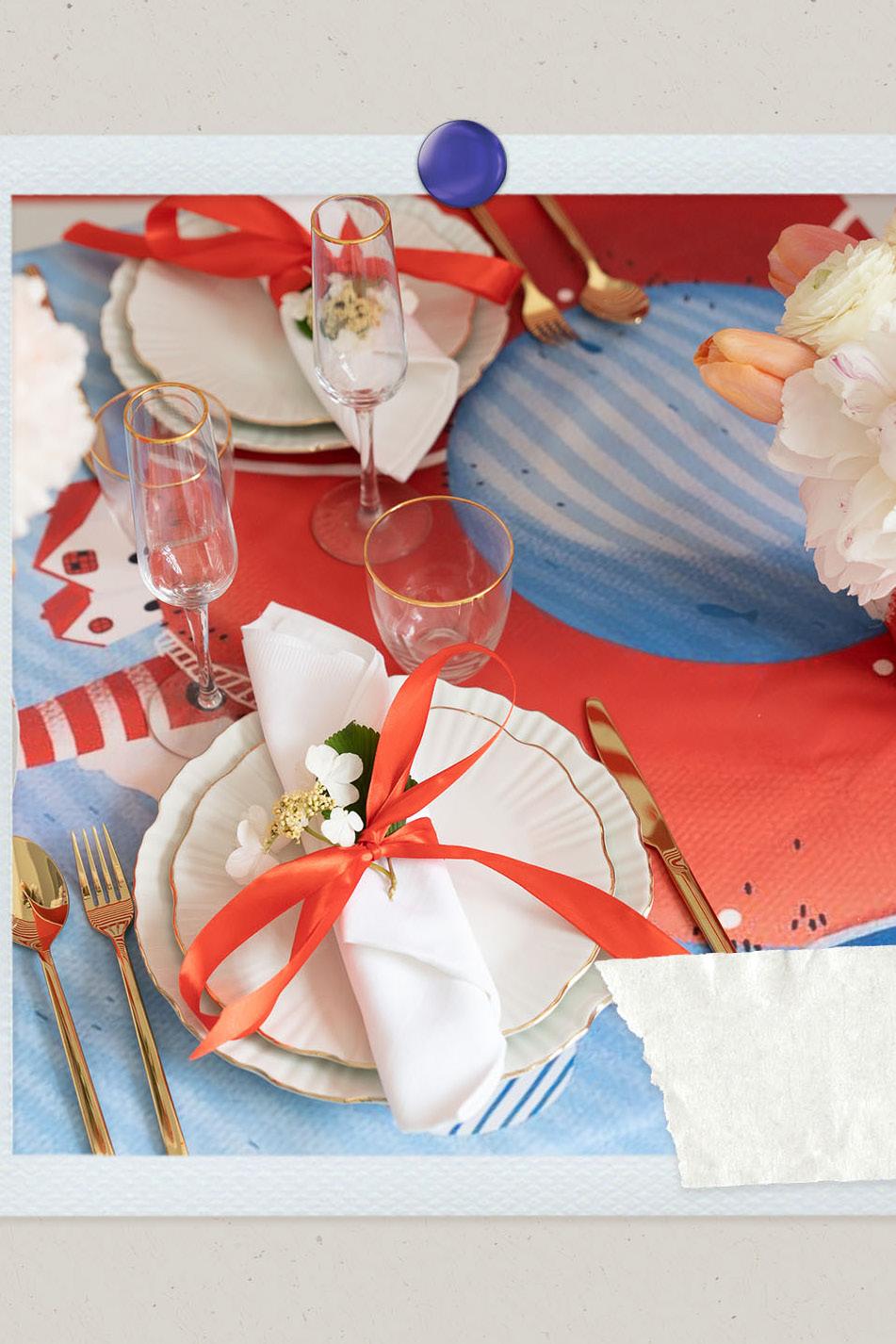
58
THE SECRET LIES IN THE SMALL (SEA) DETAILS
A table that is strongly inspired by the waves of the sea and seacoast places can‘t do without cutlery that conveys this very atmosphere. Plates with wavy details are a real attentiongrabber. Paired with glassware that is simple and classic, they work perfectly to create the right mood for a relaxed dinner by the sea.

STRIPES AND THE OCEAN 59

60
The maritime illustration for the tablecloth was made by sisterMAG designer and illustrator Ezbah Ali . We had the illustration printed on fabric at Conrado and used it as a tablecloth for our Hamptons Table of the Months . You can download the illustration here: Download

Plates: H&M Home
Glasses: H&M Home
Cutlery: H&M Home
Tablecloth: Ezbah Ali
AND THE OCEAN 61
STRIPES

62
A novel idea enthuses the masses when it is attractive, practical, affordable, and sensible, and ideally when a visionary, competent, and charismatic personality adopts it and promotes the product. That is the case in business, in politics, but, of course, in fashion as well.
 TEXT: MICHAEL NEUBAUER
TEXT: MICHAEL NEUBAUER
STRIPES AND THE OCEAN 63
Gabrielle Chanel and Deauville

Deauville : the meeting place of elegance and money in 1913. Here, Gabrielle Chanel opened a fashion boutique in this chic French seaside resort‘s city center. Chanel celebrated her crazy ideas, contradicting the prevailing fashion trends, confusing high society with her male-inspired attire and comfortable shoes - and with rounded toes as well. Yet her business flourished; situated on the most elegant street in town, flaunting a large, white awning with CHANEL inscribed in large black letters in the sun. However, dark clouds gathered on the horizon as Deauville felt the pressure of an imminent war, and in 1914, an oppressive heatwave hit the town.
The birth of a new fashion style
“It was definitely possible, aided by a hot summer fraught with danger, that women were willing to wear loose, casual clothing. That is when Chanel implemented a plan, she had had in mind for a long time. . . This is how the first design was created, reminiscent of a middy blouse due to its cut and a stable-boy’s sweater due to its material. It had a loose cut and did not require a corset.“
(Excerpt from Edmonde Charles-Roux “Chanel”, publisher Volk und Welt, Berlin, 2nd edition, 1986, page 177)
64
… . and it did not remotely conform to any of the fashion trends of the time, which intentionally accentuated the female figure. However, the adoption of loose-fitting maritime clothing amongst women confirmed that Chanel’s vision was correct.

Gabrielle Chanel was constantly on the lookout for new ideas. She was even inspired by trendy details in men’s fashion. When she observed fishermen wearing striped shirts on the beach in Normandy, she was excited about the shirts’ comfort and the stylish sailor image. A new idea; a classic, was born! The »maritime« fashion style spread rapidly.
The other side: Sailor-clothing throughout the ages
As long as there has been shipping, people have attempted to protect themselves against severe weather conditions by wearing appropriate clothing. In the early and late Middle Ages, so-called cagoules were commonplace. They were hoods with attached shoulder capes of varying lengths. In the broadest sense, cagoules were the predecessors of sou’westers, which were later worn by sailors.Very little
is known about maritime clothing worn during the 16th century Renaissance time period. Maritime clothing was designed to protect! Calf-length dungarees with a matching coat are wellknown. A variety of clothing and impractical woolen watch caps can be seen in old drawings. Often there was no difference between the clothing worn by workers on board and those working on land.
Gabrielle Chanel posing in a sailor top in 1928 @commons.wikimedia.org
STRIPES AND THE OCEAN 65
The new side: uniform
workwear
The English were the first to outfit their ship crews with uniforms in 1623. However, uniforms only became official in other countries in the 18th century. With different designs and colors, these outfits consisting of jackets, shirts,
undershirts, pants, shoes, and caps established a uniform. By the way, this caps, also called the matelot, was worn by workers and revolutionaries, as well as children, during the time of the French Revolution.
Maritime clothing in the 19th century
What we recognize as the famous sailor suit - a dark blue two-piece outfit consisting of long, wide-leg pants, a pea coat with a high angular collar, and a sailor cap - has only been known as the original since 1830. The large tar flap, often made of leather, is reminiscent of times when sailors had to pull heavy ropes over their shoulders. Increasingly, the details gained significance, such as the iconic stripes, which can already be traced back to paintings of the 17th century. There must be 21. In 1858, the French Navy established the naval uniform details by decree. In between the 21 white, 20-millimeter (0.79-inch) wide stripes, came the 21 blue stripes, which were half as wide, plus, in addition, three-quarter length sleeves with 14 stripes.

66
Legends and myths inspire maritime style
Do the stripes refer to Napoleon’s 21 victories against the British, or did the first fishermen use them as a talisman to protect themselves from drowning on the high seas if they were to go overboard, or do they only symbolize ocean waves? We do not know exactly. Even the three white cords that England added to the blue uniform have a hidden meaning. They are intended to commemorate the three naval battles in which England’s Admiral Nelson defeated Napoleon’s fleet. All these archetypal narratives aided nautical fashion. One always associates a middy blouse with tradition and historyno matter how new it is.
A new fashion emerges from nautical-workwear
As early as the second half of the 19th century, fashion designers used nautical outfits for their designs in England, France, and Germany, initially for little boys, but women also adorned themselves with women’s blouses and dark blue pleated skirts. A painting by Franz Xaver Winterhalter is famous for showing the Prince of Wales, later King Edward VII of England, in a typical sailor suit in 1846.
The Breton shirt, the striped shirt,
also called the marinière (striped sweater) nowadays, was born the moment Gabriel Chanel saw it, and helping it become a success did not take long. Before long, this sailor image became a style icon for the French way of life, for women and men alike.

STRIPES AND THE OCEAN 67
Thus, the basic outfit is very simplistic: essentials include a navy blue and white striped shirt; beige, white, or blue chinos; a blue jacket with gold buttons and flat shoes, ballet flats, sneakers, or boat shoes. A scarf or a tie can complete the look, as well as red, rarely yellow, and turquoise accessories. The focal point, above all, are the stripes. Whether it is a polo shirt accompanying casual shorts or worn under a stylish jacket: the ensemble, with its white and blue striped nautical shirt, dresses the modern individual for every occasion.
Maritime Style: A triumph for comfortable, chic fashion
The striped sweater’s triumph was also unstoppable in other countries and increasingly became a symbol of the modern avant-garde lifestyle. Artists, intellectuals, and actors discovered the Breton shirt. Whether it was Audrey Hepburn, Pablo Picasso, Brigitte Bardot, Jean Seberg, Jean Belmondo, Elisabeth Taylor, Catherine Deneuve, Henry Fonda, or many others: they all felt happy wearing the comfy, casually elegant striped sweater - in their private lives, as well as in a variety of their movies. This look immediately evokes an image of the ocean, sand, and gentle waves, so it has a pure vacation feel. Whether it be in daily life or during time off: maritime fashion is extremely comfortable and is suitable for every occasion.

68
And
today? Available from all premium brands and in every online shop
Even in high street fashion today, the blue and white sailor-look products are en vogue. Major fashion houses are adopting nautical themes, changing, and combining them, but stripes must always endure. Whether it be in exclusive flagship stores or online: the sought-after, casual outfits are offered with the best finishes and in different price brackets. The stripe sizes, shades, and different arrangements, result in variety, no matter the brand. All premium brands offer their products in a wide range of price brackets. By the way, the striped Breton shirt was the first unisex garment. The sailor suit was already of great importance in children’s clothing, as early as the 19th century, but also up to present times as a school
uniform, especially in Japan and Hungary.
Vogue magazine writes:
Also, in more recent times, the striped shirt continues to be as popular as ever with style icons such as Alexa Chung and Sienna Miller, and among the French fashion and film star community, from Caroline de Maigret to Clémence Poésy. Casually combined with jeans or elegantly worn with XXL blazers - the former sailor shirt is a fashion classic that can be used for all occasions.
One final tip in closing that has proven itself, time and again, over the past decades: combine your striped shirt with red lipstick.

STRIPES AND THE OCEAN 69
COASTAL
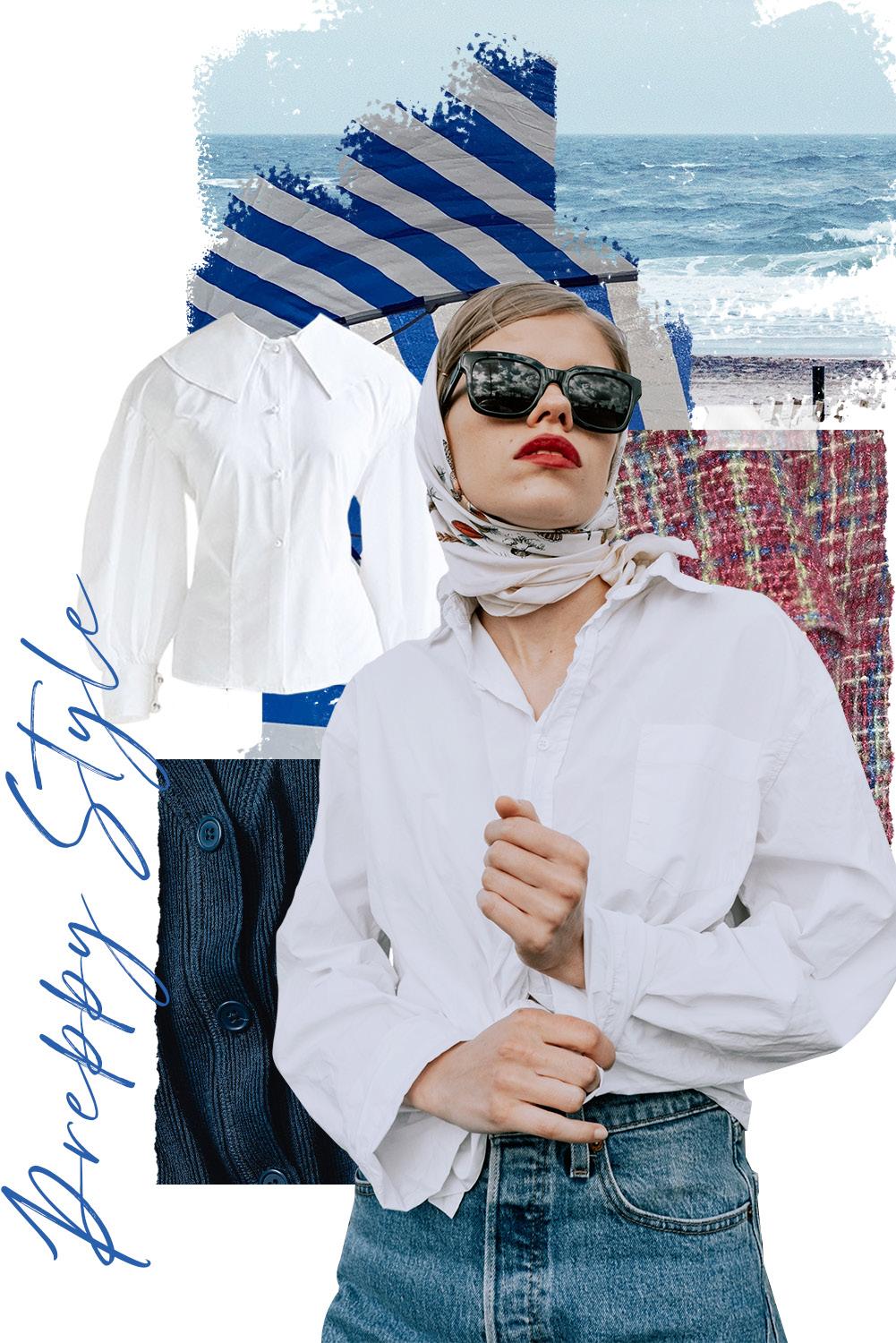
70
with Preppy StyleDESTINATIONS
From the most popular 90s TV shows and movies to today’s social media boom, old money aesthetic and preppy style has been a constant trend. The hype is even real for Generation Z, which is not exactly considered the easiest target group to be impressed by anything. One major factor in achieving the preppy style feeling are the preppy style destinations. Here we have gathered the most popular places we know thanks to TV series [HL2] and movies. We‘ve also compiled some hidden gems that definitely have a touch of a preppy lifestyle.
Preppy Style THE ORIGIN OF THE
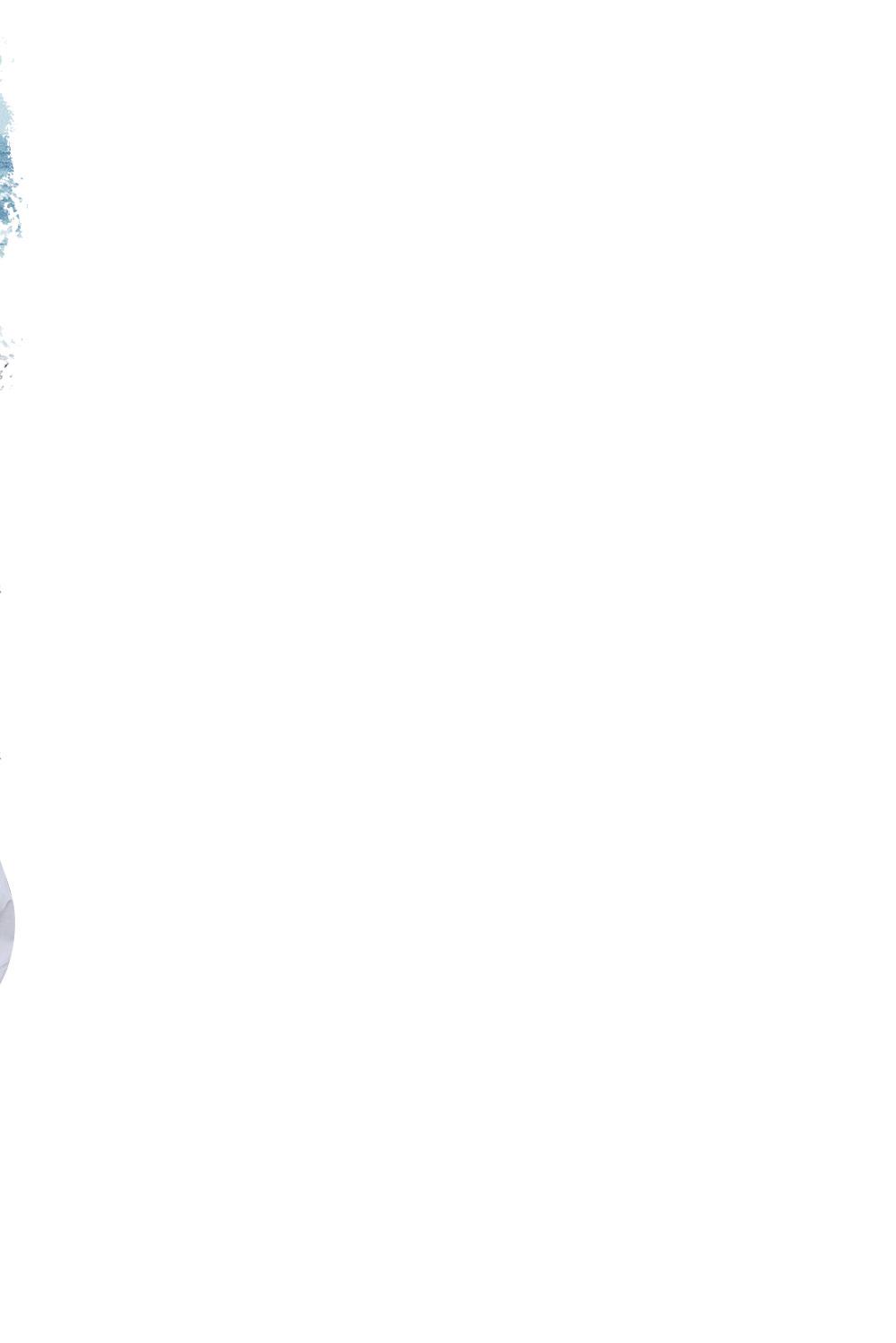
The initial preppy style emerged in the US around 1910-1912, from the mid1940s onwards known as Ivy Style . One of the first and most iconic preppy brands, J. Press , developed fashion collections that were sold exclusively to various colleges of the Northeast US. It is widely believed that this very label helped to shape the preppy culture
as we know it today.
In the 1990s, the preppy aesthetic peaked in popularity as it became mass-market. While the clothes still held a sign of privilege, they became available to the masses thanks to the rise of brands such as Tommy Hilfiger , Calvin Klein , and Lacoste
TEXT: VIKTORIA TODOROVA STRIPES AND THE OCEAN 71
Preppy Style THE NEW ERA OF
So, when and where did the real popularity start? Maybe it was the corduroy or tweed blazers, Oxford shirts, plaid skirts, Argyles sweaters, Nordic vests, and knee-high socks worn by Cher Horowitz in the ‚90s hit Clueless. Or perhaps in late 2007, when Serena van der Woodsen and Blair Waldorf - the two leading ladies of the U.S. series Gossip Girl - helped the style gain new popularity when
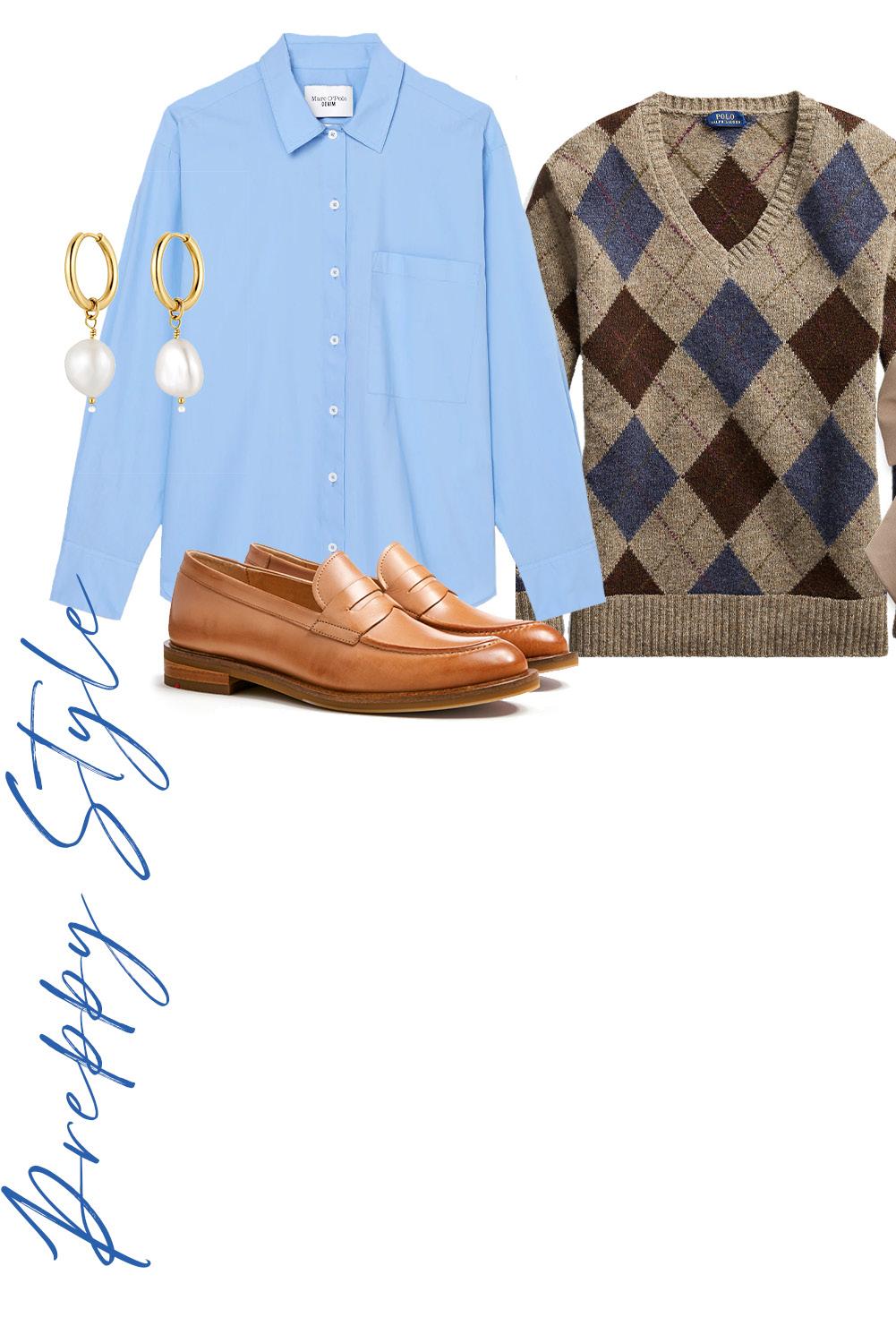
ICRUSH12,80€ MARC O‘ POLO - 79,95€ RALPH LAUREN - 299,95€ 72
LLOYD - 149,90€
they first hung out on the steps of the Met in New York in classic blazers, button-down shirts, short schoolgirl skirts, and iconic hairpieces. It‘s hard to say, but they quickly became the epitome of upper-class chic , where preppy style meets elegance and college chic. Little did they know then that their fashion style would still be a must-have more than a decade
later.
Beyond the beautiful and instantly recognizable preppy style apparel, these phenomenal pop culture screen moments have also played an integral role in making some places around the globe the ultimate symbols of the style. It‘s not just about fashion but something broader and greaterlike establishing a lifestyle.
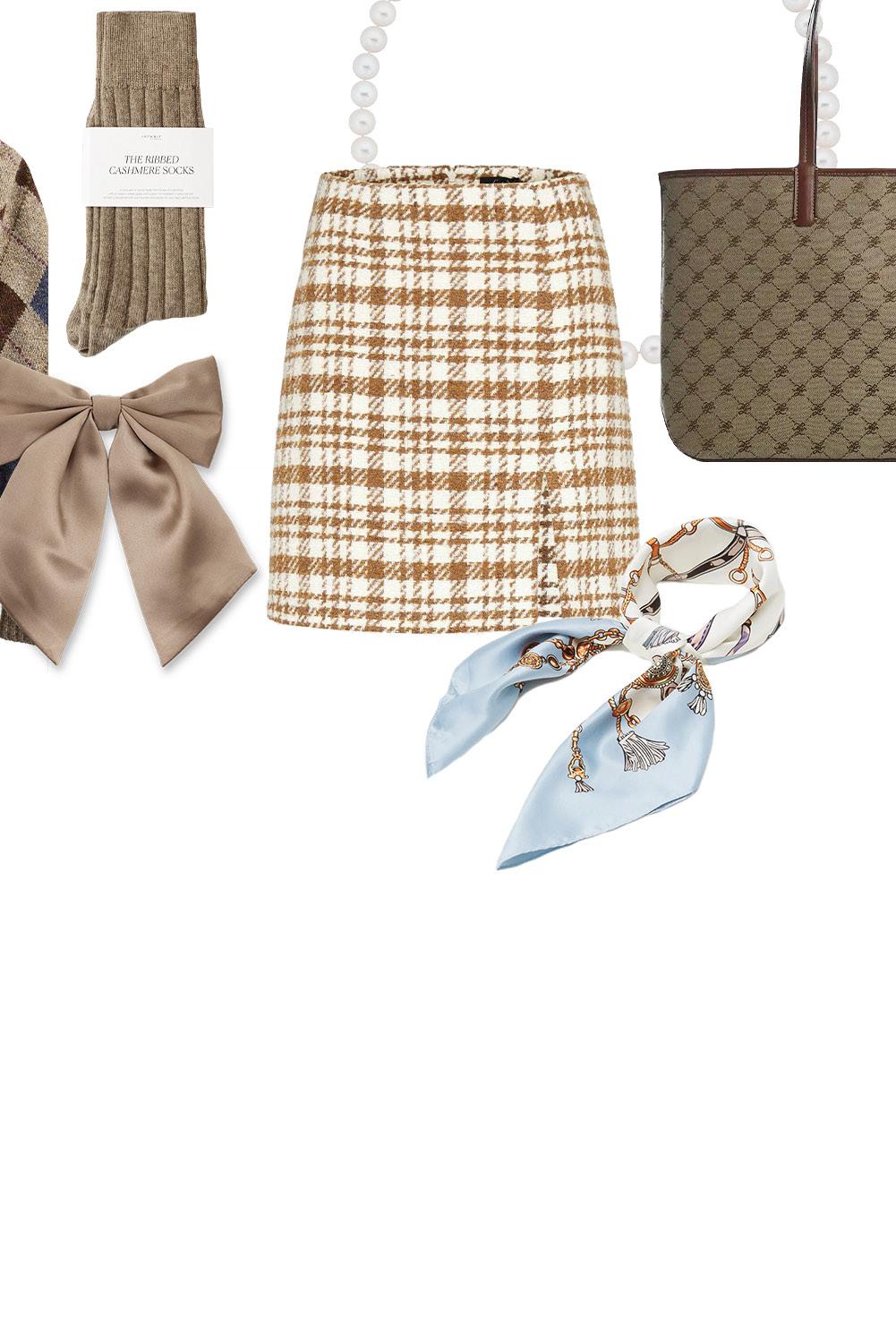 ANNA FIELD - 12,99€
VANLAACK - 139,95€
MANGO - 59,99€
ANNA FIELD - 12,99€
VANLAACK - 139,95€
MANGO - 59,99€
CHRIST199€
67€ 73
E.L. CRAVATTE - 12,95€
ARTKNIT
COASTAL
destinations?
When we think of preppy-style destinations, most of us subconsciously imagine a place near the water.
That is quite simply because the clothes are inspired by traditional preppy lifestyle activities such as sailing and rowing. The coastal vibe is deeply rooted in the design, making the garments reflect these leisurely pastimes. Therefore, coastal destinations are places that share a deeper connection to preppy style than you might think at first glance. No wonder coastal destinations like the legendary Hamptons or Palm Beach became the symbol of preppy style.
Although the Hamptons have quite a hype associated with the privileged lifestyle, it‘s far from being the only destination that can be identified with the preppyinspired life. Here, we‘ve rounded up some wellknown and lesserknown coastal destinations and hope to inspire you to pack up your cable knit sweater and tweeted blazer and experience your preppy vacation.
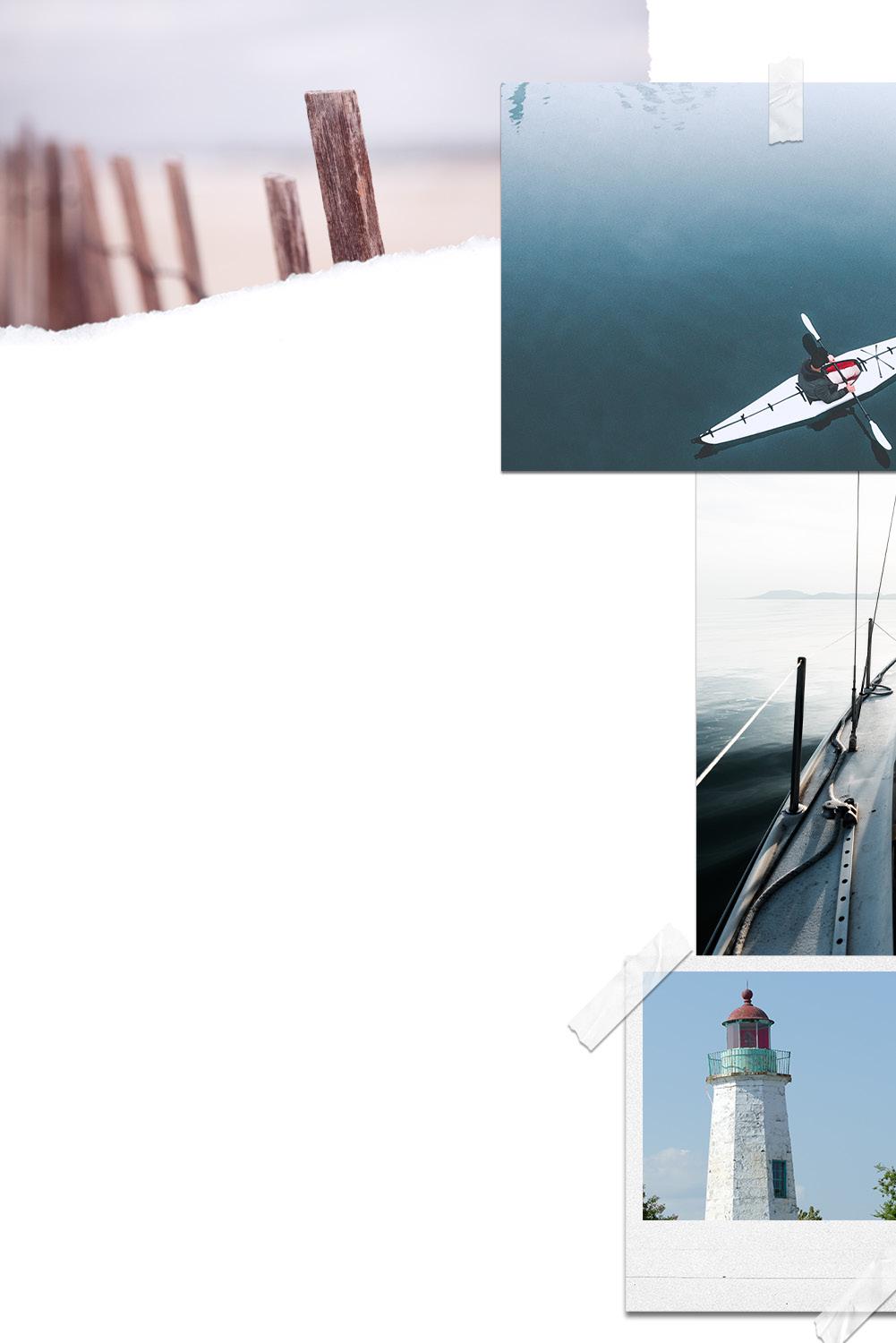
74
Palm Beach
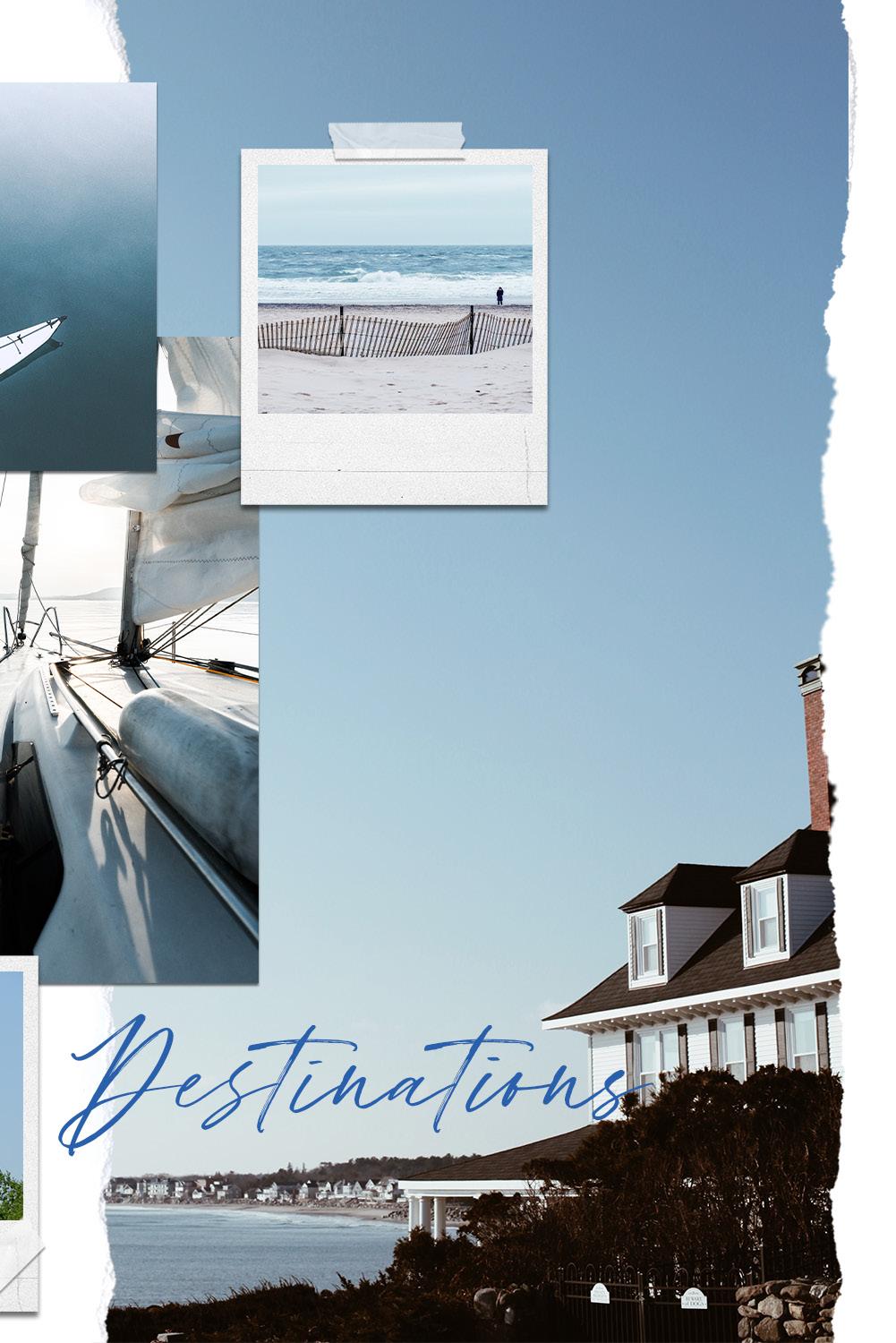
STRIPES AND THE OCEAN 75
THE UNITED STATES and the coastal preppy destinations

We begin our preppy journey at the far east end of „Long Island“, in the „Hamptons“ – probably the first association everyone has when thinking about the preppy style.
The Hamptons is the ultimate preppy symbol not only for Americans, but for the entire world. Known for its beaches and art museums to hedges that grow taller than summer temperatures, this place is the epitome of a stylish and exclusive aesthetic. Although the Hamptons are known as a stomping ground for the rich and famous, there are plenty of places where regular people can enjoy themselves. Among them are stunning beaches , casual restaurants serving quality seafood, and charming guesthouses for lodging.
76
Scottsdale , Arizona , is a great place for a Preppy-style vacation. With its luxurious resorts and classy boutiques, it has everything you need in order to feel the atmosphere of this style and its exclusivity. The place is often visited by the old money families , who represent the preppy style, as many of them have real estate there. And who knows, maybe you will spot some of them in person and get inspired for your next outfit.
The state of California is the right place for your chic destination as well. Several locations pop into one’s mind. However, San Francisco is probably one of the most prominent. The area of the city is urban and ultra-trendy, where streetwear is chic but comfortable. Vintage clothes are in as well as sleek, contemporary casual styles. You can see all sorts of preppy garments here.
Hawaii and Honolulu are not to be missed. Apart from being very trendy destinations due to their neat street style, they also offer the typical activities that the proponents of preppy living enjoy. Sailing and rowing are just some of the recreational activities you can indulge in.

STRIPES AND THE OCEAN 77
YOUR PREPPY DESTINATION GUIDE OF Europe
Europe has a whole range of upscale destinations to offer. Starting from the west of the old continent, France and the French Riviera are the first places that come to mind.

The most popular cities Nice , Cannes and Saint-Tropez are full of luxury hotels and boutiques. They generally have the preppy aesthetic and are the perfect place to see that style roaming the streets. Nevertheless, one should be careful when taking inspiration from it because the preppy looks in France are strongly influenced by another fashion trend - French chic. The two should not be mixed.
Deauville in Normandy is best known for its beautiful beaches, luxury hotels, and high-end stores. Because of its proximity to Paris, it is often referred to as the Paris Riviera due to attracting the capital‘s upscale crowd. As a center of French culture with many annual events such as film festivals, classical music concerts, and polo matches, it fits very well into the preppy lifestyle. A curious fact about the place is that Coco Chanel used to spend her summers here.
78
THE UK & THEpreppy style vibe

Crossing the English Channel, we can‘t help but point out some fancy destinations in the United Kingdom like Brighton and Eastbourne in the south of England. Both spots are influenced by the preppy lifestyle. With water activities, chic fashion, great beaches, and restaurants, it‘s impossible to escape the preppy vibe.
The county of Cornwall has a particular appeal that relies heavily on preppy. Moreover, they have an iconic brand related to the lifestyle - the Seasalt of Cornwall . It is not a surprise that Cornish residents often wear garments made by the brand, embodying the typical style of the preppy trend. In addition, the area is by the water. With this, it ticks even more boxes as a preppystyle destination.
A romantic stroll along one of Torquay‘s beaches is simply a dream. Located on the English Riviera, Torquay is most famous for its beaches, which offer the best sea swimming, paddling, and kayaking. And what about fashion? You will notice some button-up shirts, tweed blazers, boat shoes, and preppy cable knit sweaters.
STRIPES AND THE OCEAN 79
GERMANY AND ITS COSTALpreppy outlook
Returning to the home of sisterMAG - Germany - we cannot miss the northern part of the country.
The area, which used to belong to the Hanseatic League in the Baltic region, is influenced by the preppy scene. Rostock , Hamburg , and the island of Rügen are typical examples of destinations in Germany inspired by the style. Stripes, Oxford shoes, chino shorts, and loafers are the effortless chic that rules the streets. The whole aesthetic is complemented by the location and architecture of the surrounding area.
The island of Sylt is like the sophisticated German twin of the Hamptons . It is often referred to simply as the German Hamptons
and offers everything that can be seen and experienced in the American original. For many Germans, the island of Sylt is the hottest place for their summer vacation and offers a wide selection of cozy beach restaurants and water sports activities. However, what is a must if you want to blend in with the preppy surroundings is the beach walk in your Barbour puffer jacket, which you should not miss.

80
PLAN THE PREPPYgetaway!
The preppy style is much more than just that. It is a way of life that is worth experiencing. Try your hand at preppy style but steer clear of thick logos and flashy designer pieces. Even if you don‘t dig deep into your wallet, you can still imitate this style with inexpensive basics. Hopefully, this short journey through some of the most iconic places has inspired you to take your next vacation in a preppy location and live your own preppystyle fairytale.
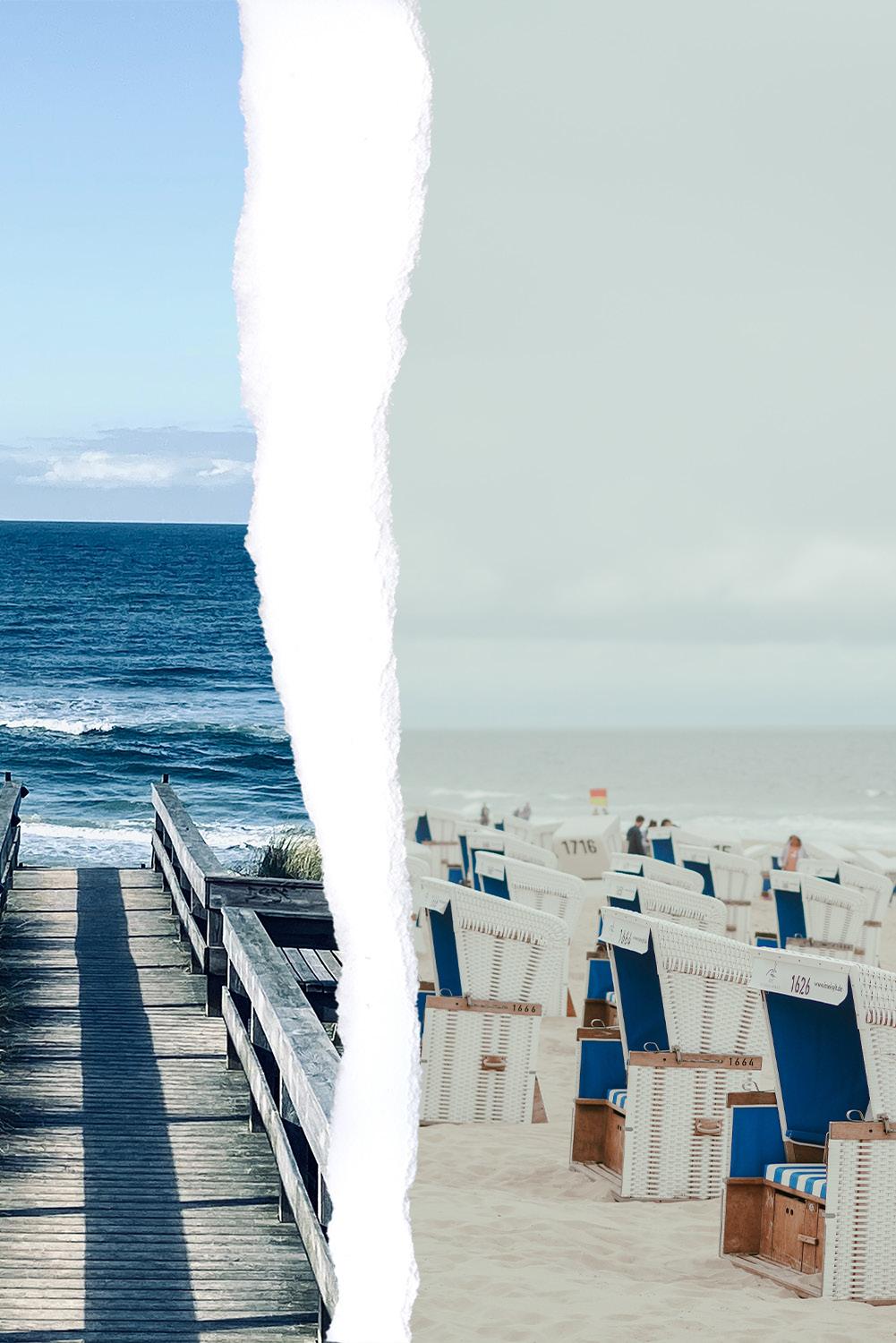
STRIPES AND THE OCEAN 81
In this issue, local Kate Aiello takes you on a journey to the fascinating antique shops, flea markets and DIY shops in Maine, USA. Join us as we explore the creativity and diversity of these inspiring shops and let the interior specialist whisk you away to Kennebunk, Maine. Did you know that Maine is also known as the „Pine Tree State“ and with over 3,000 lakes and ponds it is also a wonderful travel destination! Immerse yourself in this unique world of DIY and be inspired by the innovative ideas and products of local craftsmen and artists.

Photos & Text: KATE AIELLO

82


STRIPES AND THE OCEAN 83
Architectural salvage like French doors, antique windows, antique doors and other architectural salvage for exterior and interior design. Massive collections of anything needed to restore an old home or add character to a new home. A very cool place to spend time browsing and learning. I have also loved using them to find old keys, escucheons, pulleys, etc to use in my decor projects.
A constantly-updated treasure trove of antiques, collectibles and reproduction pieces. Furniture building and restoration are done here as well, and they have a wonderful selection of hardware and furniture refinishing supplies for their DIY customers. I‘ve even had them create custom pine countertops for a client‘s cottage kitchen, and they are a real showstopper!
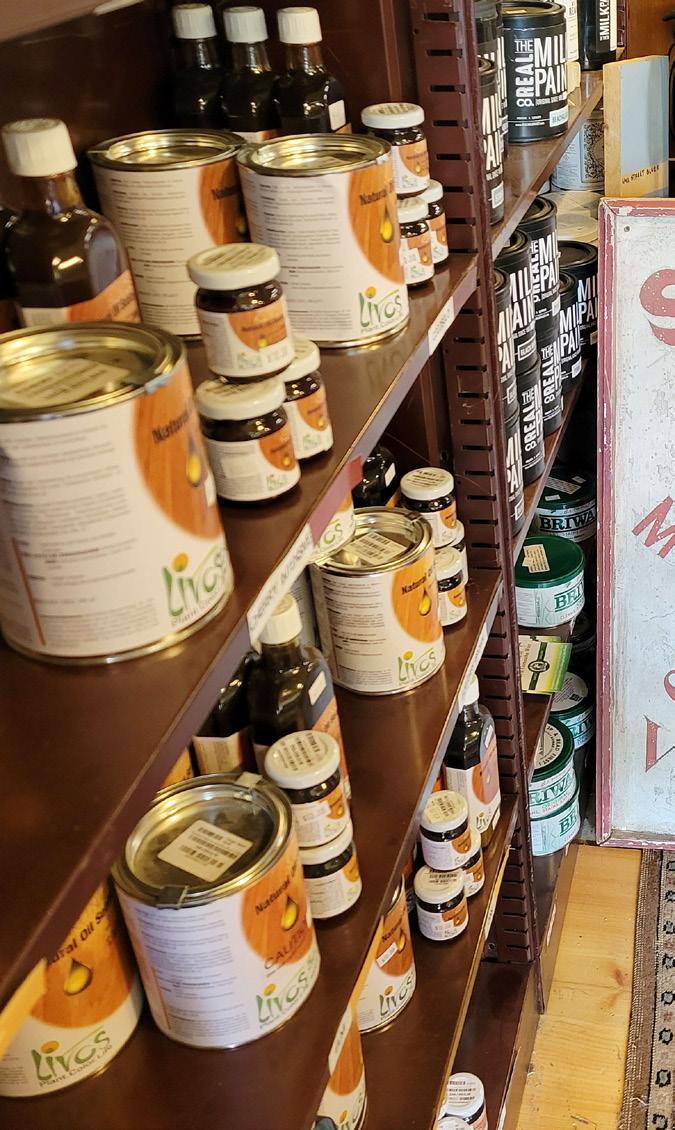
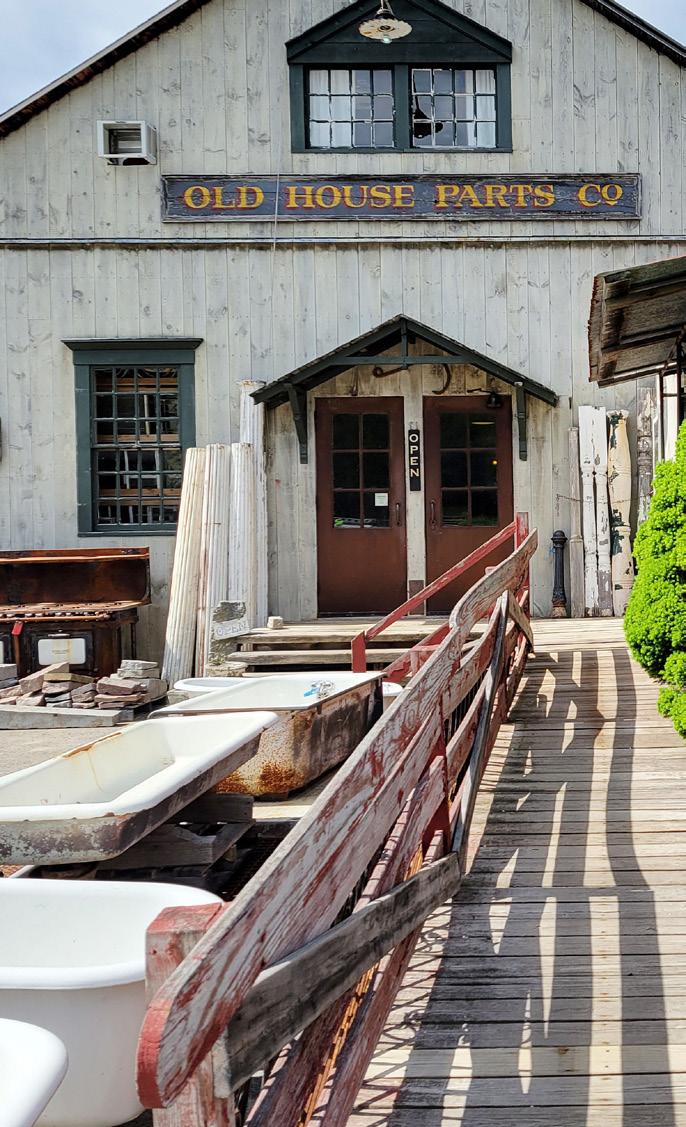
 Old House Parts 1 Trackside Drive Kennebunk
Americana 111 York Street Kennebunk
THE OLD HOUSE PARTS COMPANY
Old House Parts 1 Trackside Drive Kennebunk
Americana 111 York Street Kennebunk
THE OLD HOUSE PARTS COMPANY
84
AMERICANA WORKSHOPS
TIP TOE ECO MARKETPLACE

A store with the dedicated focus of reducing the carbon footprint we each leave on the planet in our every day choices. Their items are all eco-friendly, natural and sustainable, and they sell many items in bulk so you can refill your own vessels and personalize your own selections. Perfect for someone like me who loves to fill my home with my own unique vessels for all my natural soaps, salts, and teas!

Tip Toe Eco Marketplace 68 Main Street Kennebunk

sisterMAG 67 | 2023
STRIPES AND THE OCEAN 85
Antiques On 9 81 Western Avenue Kennebunk

ANTIQUES
ON 9
A bright and happy collection of new and antique garden vessels, home decor, furnishings, and gift items, including a great selection of pillows and rugs. The items are all swoonworthy and the location is the perfect place to get major inspiration for your own home projects.

An open air swap meet operating daily in summer season. Chock full of those unique treasures you look for at a good flea market. I always start here when looking for something unique to upcycle.
Arundel Flea Market
1697 Portland Road Arundel
sister-mag.com
86
ARUNDEL FLEA MARKET
An immersive experience at an old 1800s farmhouse, Snug Harbor is the ultimate resource for fine gardening, custom-designed terracotta pots of all sizes, and a large collection of garden-inspired lifestyle items. They are well-known experts in topiaries, and they can even be purchased as in-progress masterpieces for your own green thumb to work on.
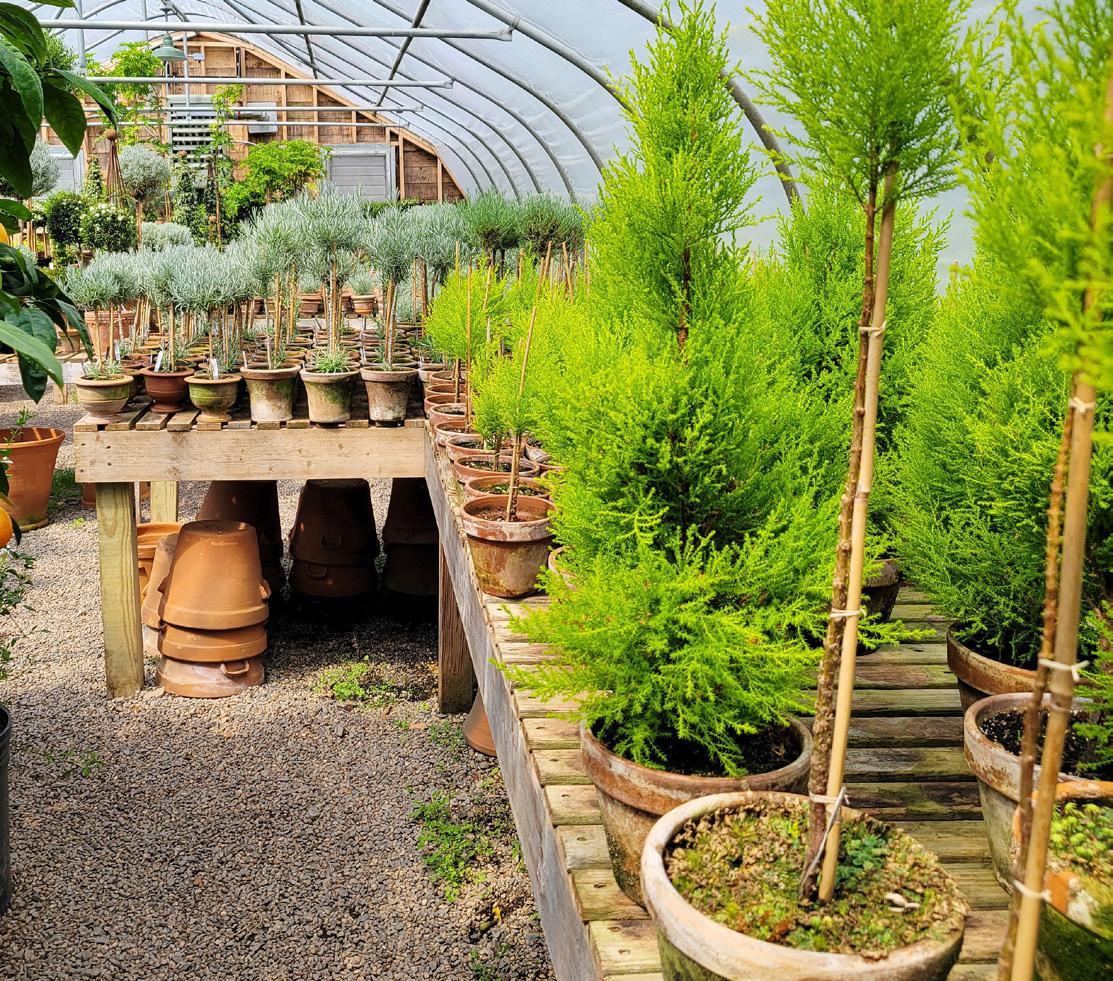
One of Kennebunk‘s newest offerings, their goal is to create a space for community and creativity, and to support local makers. They have a curated collection of items by local makers, and classes in everything from soap-making to family crafting. In addition they have a rental space available for events and workshops.
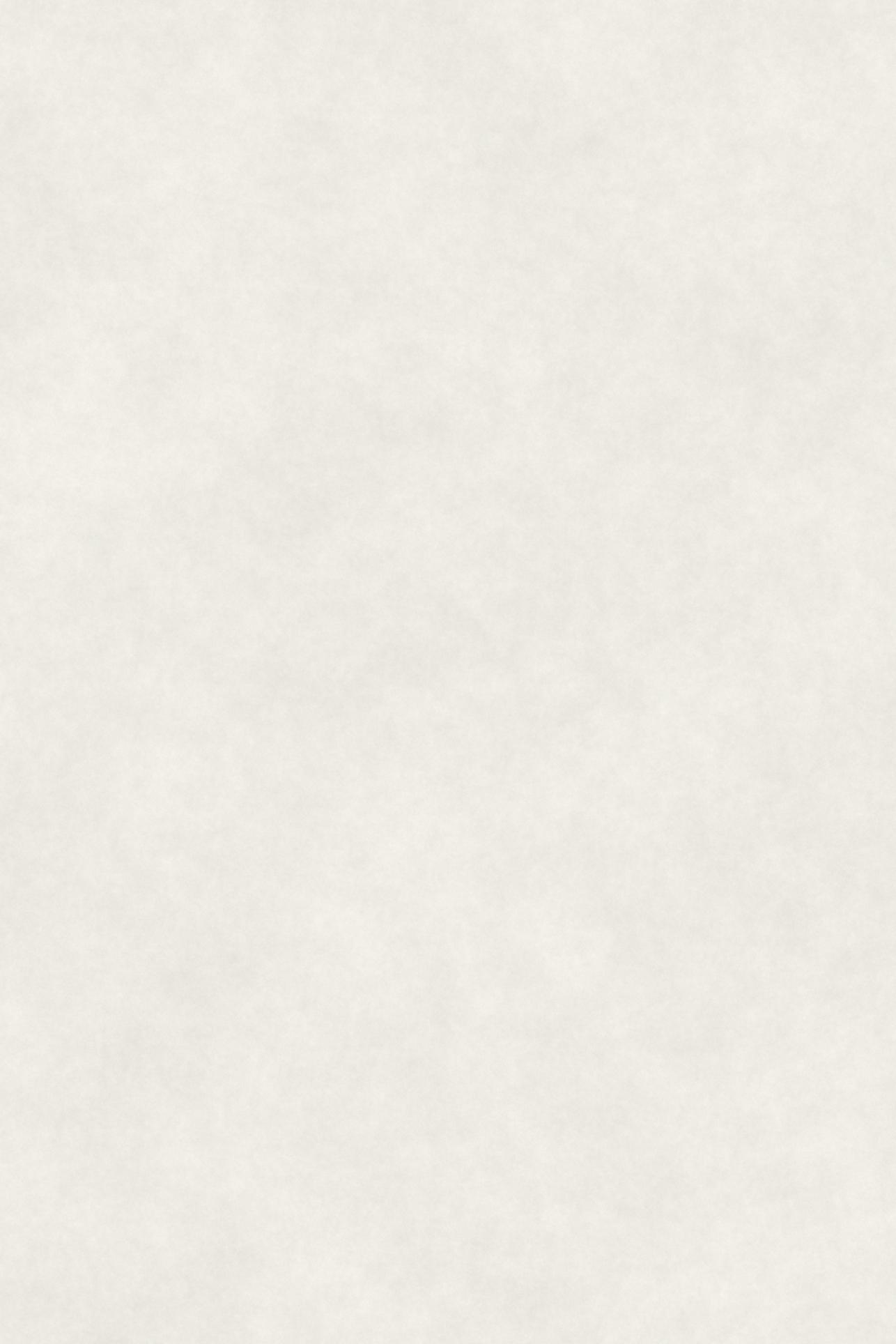 Snug Harbor Farms 87 Western Avenue Kennebunk
Local Bottega 7 Agatha James (Rt. 1) Kennebunk
Snug Harbor Farms 87 Western Avenue Kennebunk
Local Bottega 7 Agatha James (Rt. 1) Kennebunk
87
SNUG HARBOR FARMS LOCAL BOTTEGA
STRIPES AND THE OCEAN
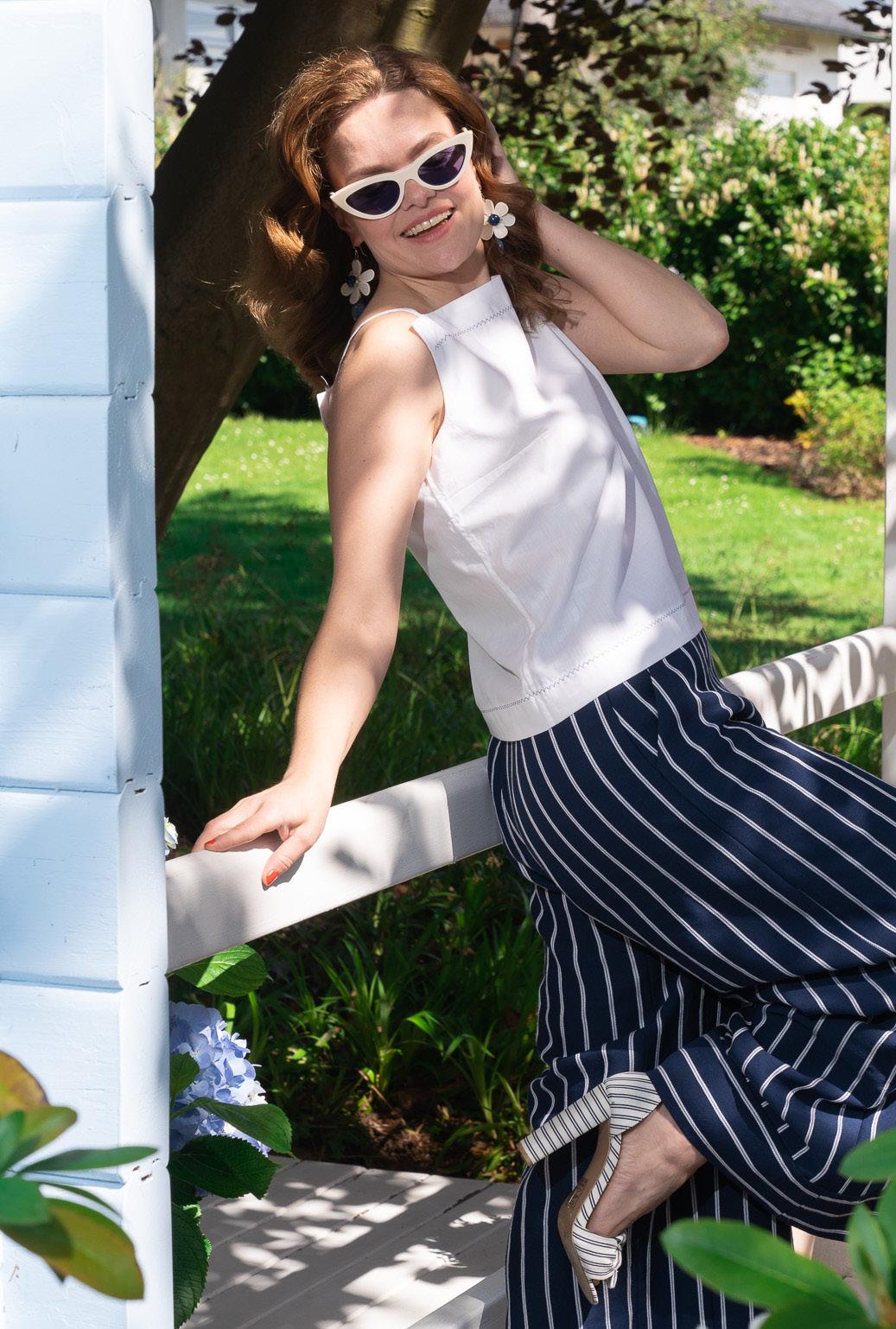
88
THE NEW SISTERMAG PATTERNS COLLECTION
Hamptons inspired

PATTERNS
Designs : EVI NEUBAUER
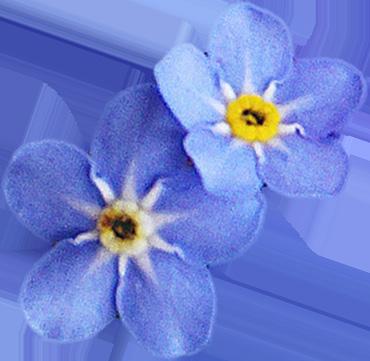
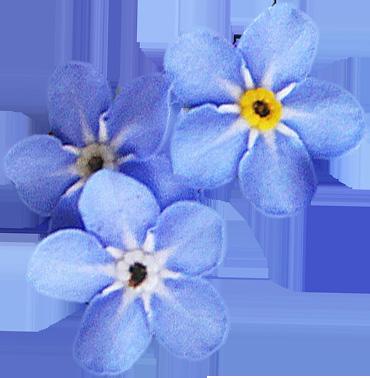
Model: JANINE GÖRN
Photos: CRIS S ANTOS & GABRIELA MORALES
Makeup & Hair : MEILYNN LINDLAR
Production: THEA WITTEMANN & LÉANE PERRIER
sisterMAG 67 | 2023
STRIPES AND THE OCEAN 89
Patternoverview
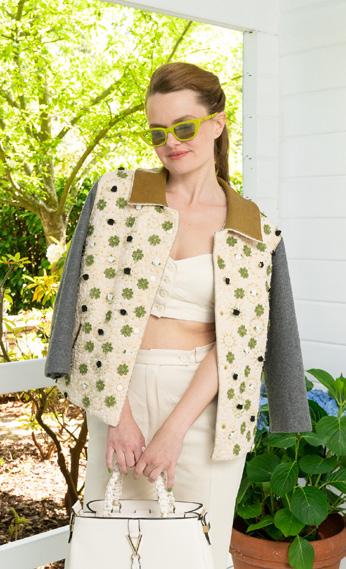
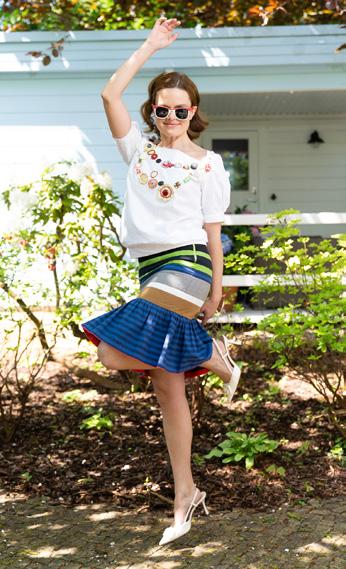

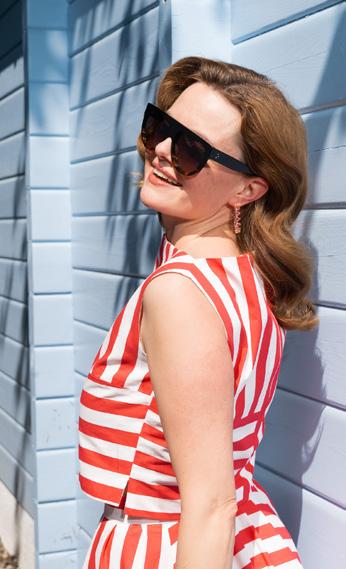
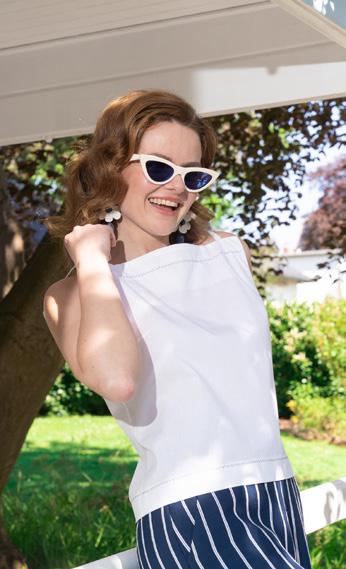
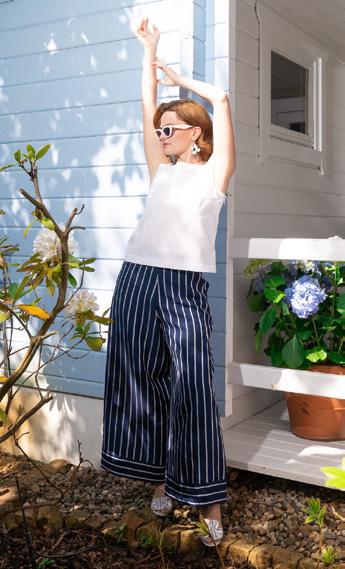
sister-mag.com
46-1 Palazzo pants with slanted pockets and side rip closure
40-7 Linen Top with straps
40-6 Short linen top with side slits
67-5 Blouse with rectangular neckline & embroidered necklace
56-4 Regular fit flounced Skirt
90
2-1 Bomber jacket with embroidered front and piping
HAMP T O N S I N SPIRED

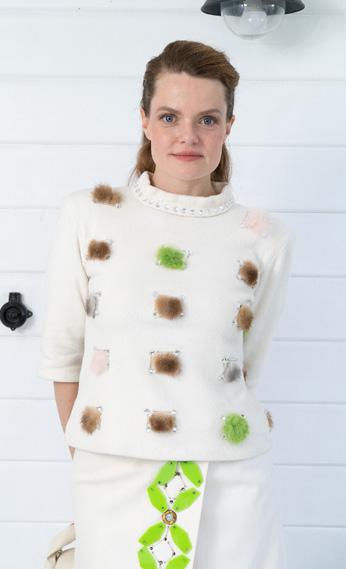

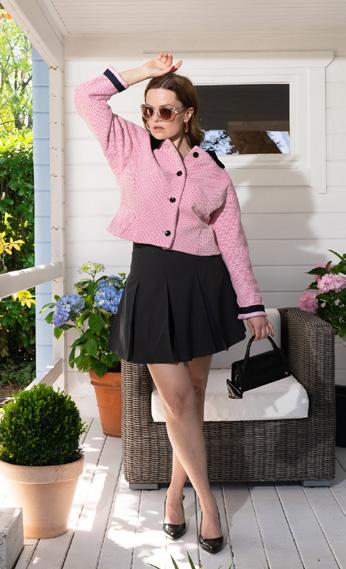
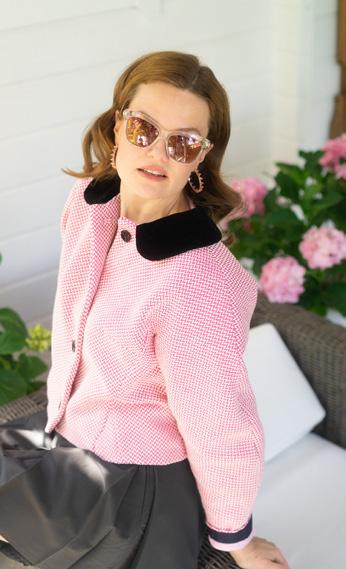

sisterMAG 67 | 2023
8-10 Stripe skirt with buttons
67-6 Short jacket with cut sleeve, peplum look and velvet collar
67-7 Short trousers skirt
8-6 Buttoned-up bustier
67-4 Fleece Sweater with embroidery
STRIPES AND THE OCEAN 91
5-1 Wrap skirt with embroidered trim


sister-mag.com 46-1 40-7 92
SIZES 34-50 (EU)
40-7 Linen Top with straps
A summer must-have for DIY sewing, and it‘s quick to make too! Compliments are guaranteed with this lightweight top featuring a square neckline and straps. It‘s best sewn from light summer fabrics or linen. If desired, you can enhance the shirt with details like embroidery or eyelet lace.


SHOP PATTERN
SIZES 34-50 (EU)
46-1 Palazzo pants with slanted pockets and side rip closure
The star of our pattern tester club : the Palazzo pants are the perfect combination of comfort and elegance. They are wide-cut with pockets and a side closure. They are wonderfully versatile for warm summer evenings or city trips during summer vacations.
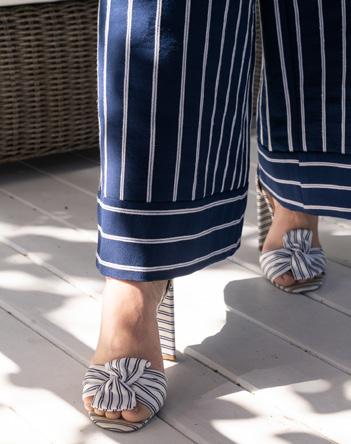

SHOP PATTERN
BEGINNER
sisterMAG 67 | 2023
BEGINNER
STRIPES AND THE OCEAN 93
SIZES 34-50 (EU)
40-6 Short top with side slits
BEGINNER
Our second summer top is also easy to sew and incredibly versatile. It can be assembled in various ways for the front and back, making it perfect for using up fabric scraps. Whether paired with jeans for a casual look or combined with our striped skirt, it‘s always an eyecatcher!

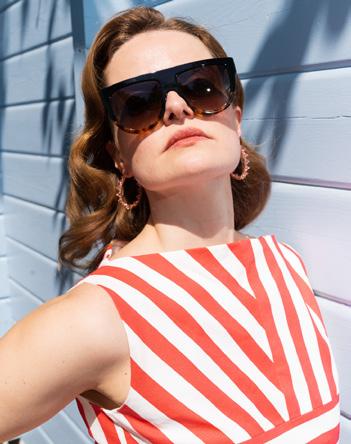
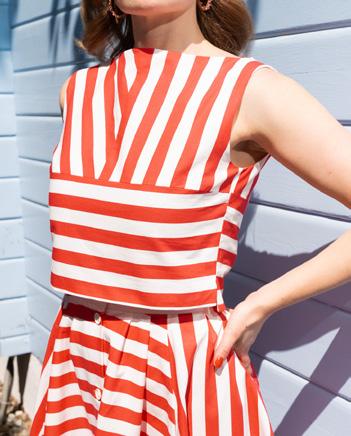
BUY PATTERN
SIZES34-50 (EU)
A flowy summer skirt is a must-have in every wardrobe. With our sewing pattern, this skirt becomes a unique piece, as the side panels are twisted in the grainline. This creates an interesting striped pattern. A beautiful detail is the button placket at the front, where statement buttons can also make a great impression.
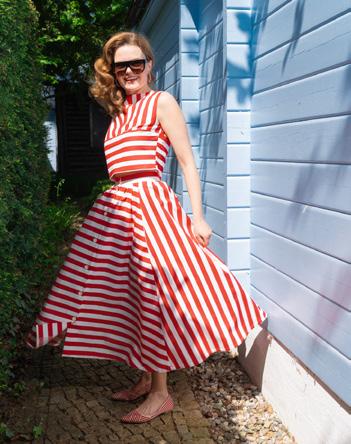
BUY PATTERN
8-10 Stripe skirt with buttons BEGINNER
sister-mag.com
94


sisterMAG 67 | 2023 8-10 40-6 STRIPES AND THE OCEAN 95

sister-mag.com 67-7 67-6 96
SIZES 34-50 (EU)
67-7 Short trousers skirt
MEDIUM
A often overlooked garment: shorts-skirt. What a a brilliant invention: elegant and twirly, never too revealing, and simply... practical! In our case, it‘s sewn with pleats and plenty of volume.
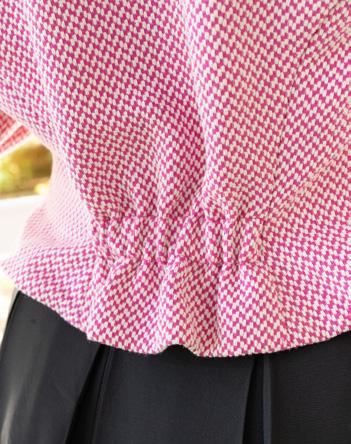

SHOP PATTERNS
A centerpiece of our collection and a true favorite of our designer Evi: the short jacket stands out with its rounded shoulder and sleeve design –recently seen on the runways of Giambattista Valli and Prabal Gurung. Details such as peplum accents, a gathered back, and a contrasting collar make this jacket an absolute collector‘s item!
SHOP PATTERNS
SIZES 34-50 (EU)
67-6 Short jacket with cut sleeve, peplum look and velvet collar
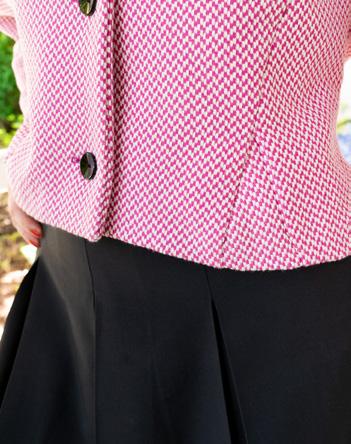
MEDIUM
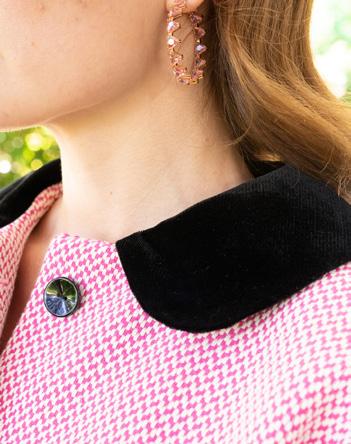
sisterMAG 67 | 2023
STRIPES AND THE OCEAN 97
SIZES 34-50 (EU)
67-5 Blouse with rectangular neckline & embroidered necklace

ADVANCED
A top for professionals: blouse 67-5 is already an eye-catcher with its rectangular neckline. Additionally, it features a billowy cut that is gathered at a narrower waistband. However, what truly sets this blouse apart is the embroidery: a suggestive collar design that renders any further accessories unnecessary.

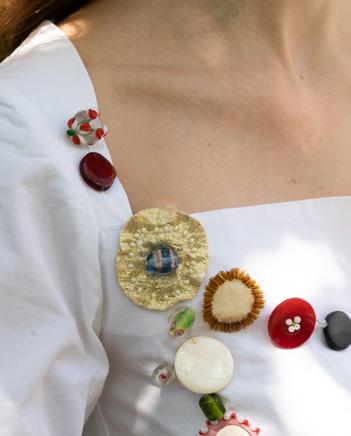
SHOP PATTERNS
SIZES 34-50 (EU)
In line with the style of this issue, we have recreated our slim flounced skirt, this time in a patchwork-style striped pattern. Those who notice similarities to Prada from a few years ago might be onto something ;). It‘s a wonderful design that brings joy each time it‘s worn!

SHOP PATTERNS
56-4 Regular fit flounced Skirt
BEGINNER

sister-mag.com
98


sisterMAG 67 | 2023 56-4 67-5 STRIPES AND THE OCEAN 99

100
SIZES 34-50 (EU)
2-1 Bomber jacket with embroidered front and piping
ADVANCED
The masterpiece! The bomber jacket with embroidered front panels is an oldie but a goodie. Evi created the pattern for it back in sisterMAG Issue 2 in 2012! Now, we have graded and prepared this pattern for you, and we are thrilled to bring this archival piece into the spotlight again.

SHOP PATTERNS
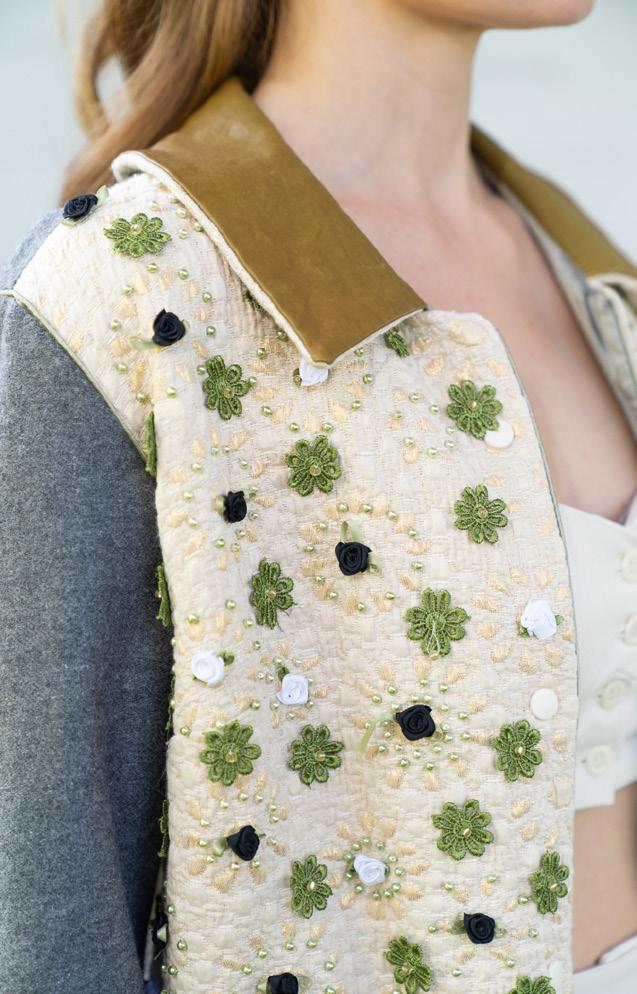
sisterMAG 67 | 2023
2-1
STRIPES AND THE OCEAN 101
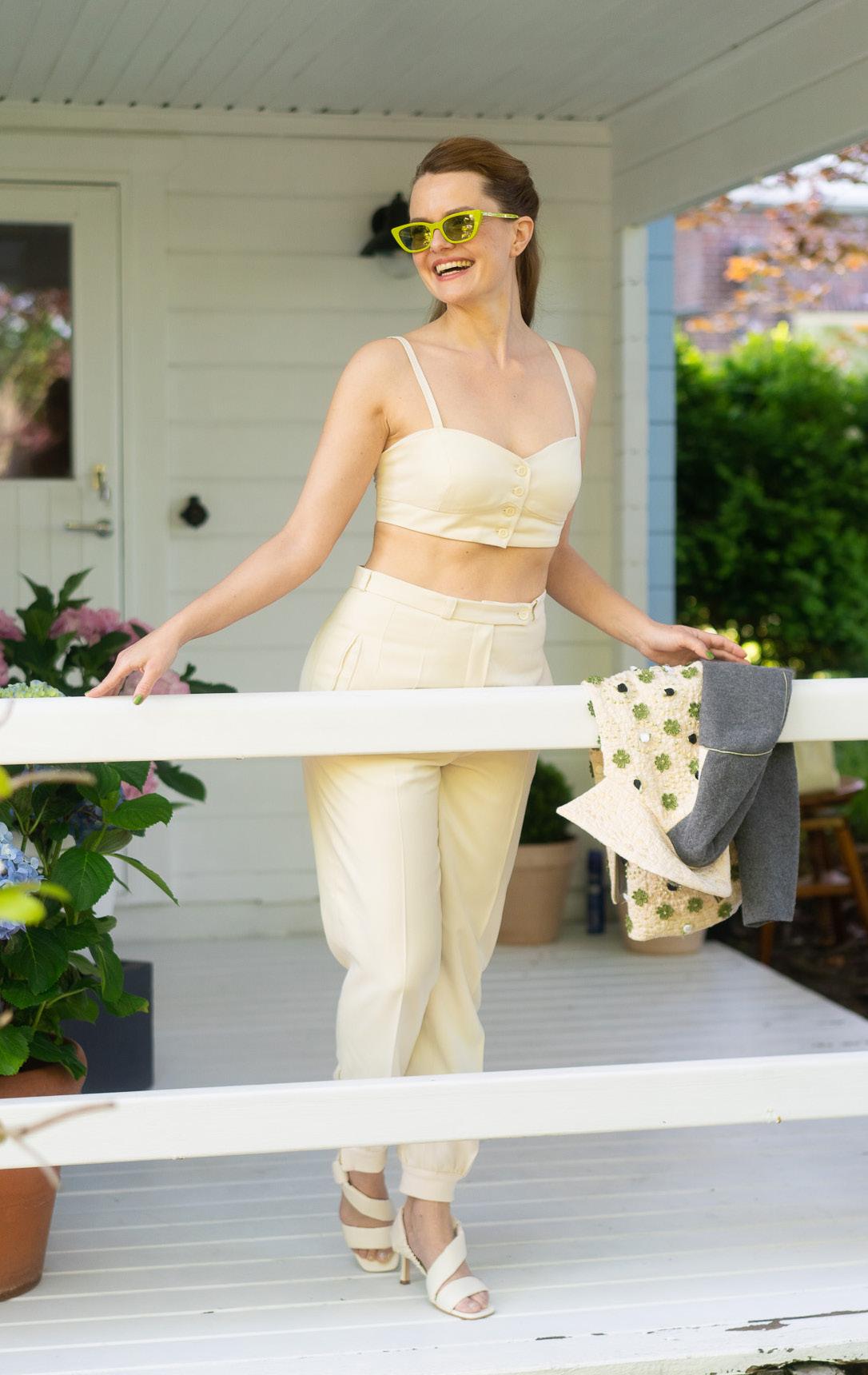
sister-mag.com 8-6 102
SIZES 34-50 (EU)
8-6
Buttoned-up bustier MEDIUM
In the style of Dolce & Gabbana in 2023, an outerwear bustier is a must-have in any wardrobe. Our version features elastic bands at the back, allowing it to fit perfectly and contour to the curves of the body. Whether worn as a beach bikini or under a blazer, this bustier is guaranteed to turn heads.

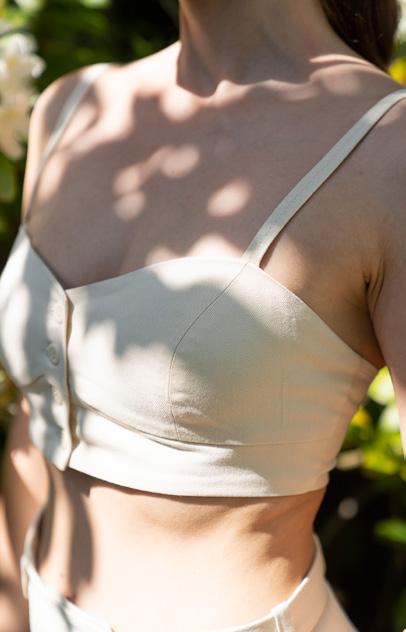
SHOP PATTERNS
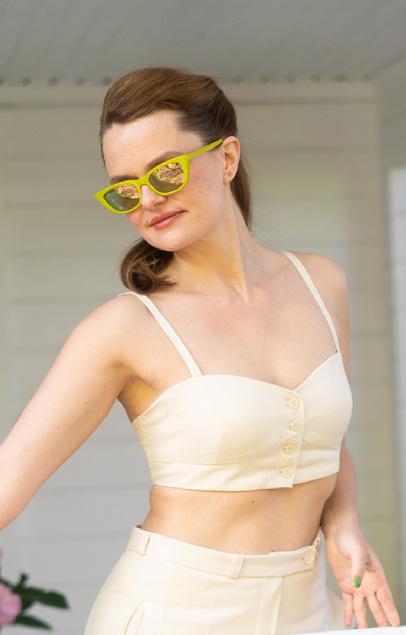
sisterMAG 67 | 2023
STRIPES AND THE OCEAN 103
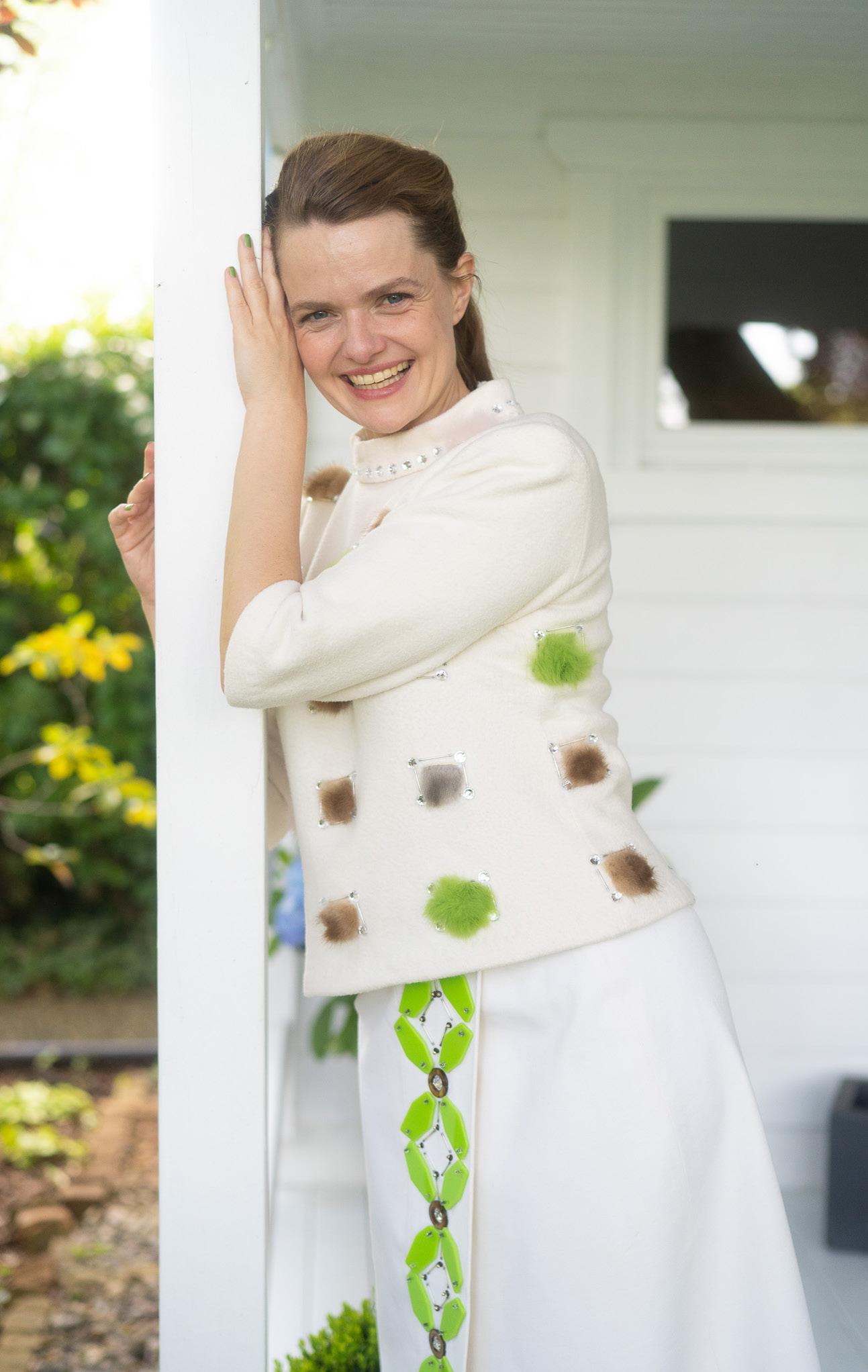

sister-mag.com 5-1 67-4 104
STRIPES AND THE OCEAN
SIZES 34-50 (EU)
67-4
Fleece Sweater with embroidery


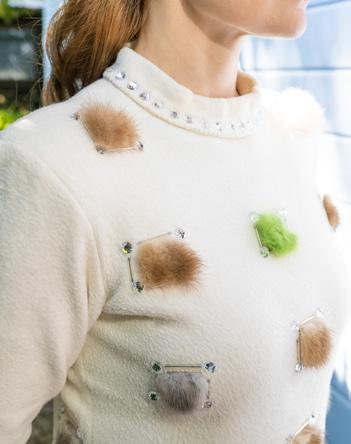
BEGINNER
This embroidered fleece sweater will be just right for the cilly evenings. It‘s lightly tailored and features a half turtleneck, making it easy to slip on. If desired, you can add a playful touch by incorporating faux fur scraps and embroidering the sweater.
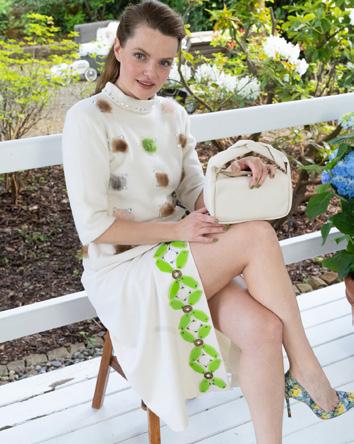
SHOP PATTERNS
SIZES 34-50 (EU)
5-1 Wrap skirt with embroidered trim
Our embroidered wrap skirt is definitely full of surprises. Initially, it appears closed and in a midi length, but when sitting down, it splits elegantly to reveal the leg. FYI, we not only sew the embroidery ourselves, but we also created the beads directly from acrylic sheets.
SHOP PATTERNS
MEDIUM
sisterMAG 67 | 2023
105
the pearl of the
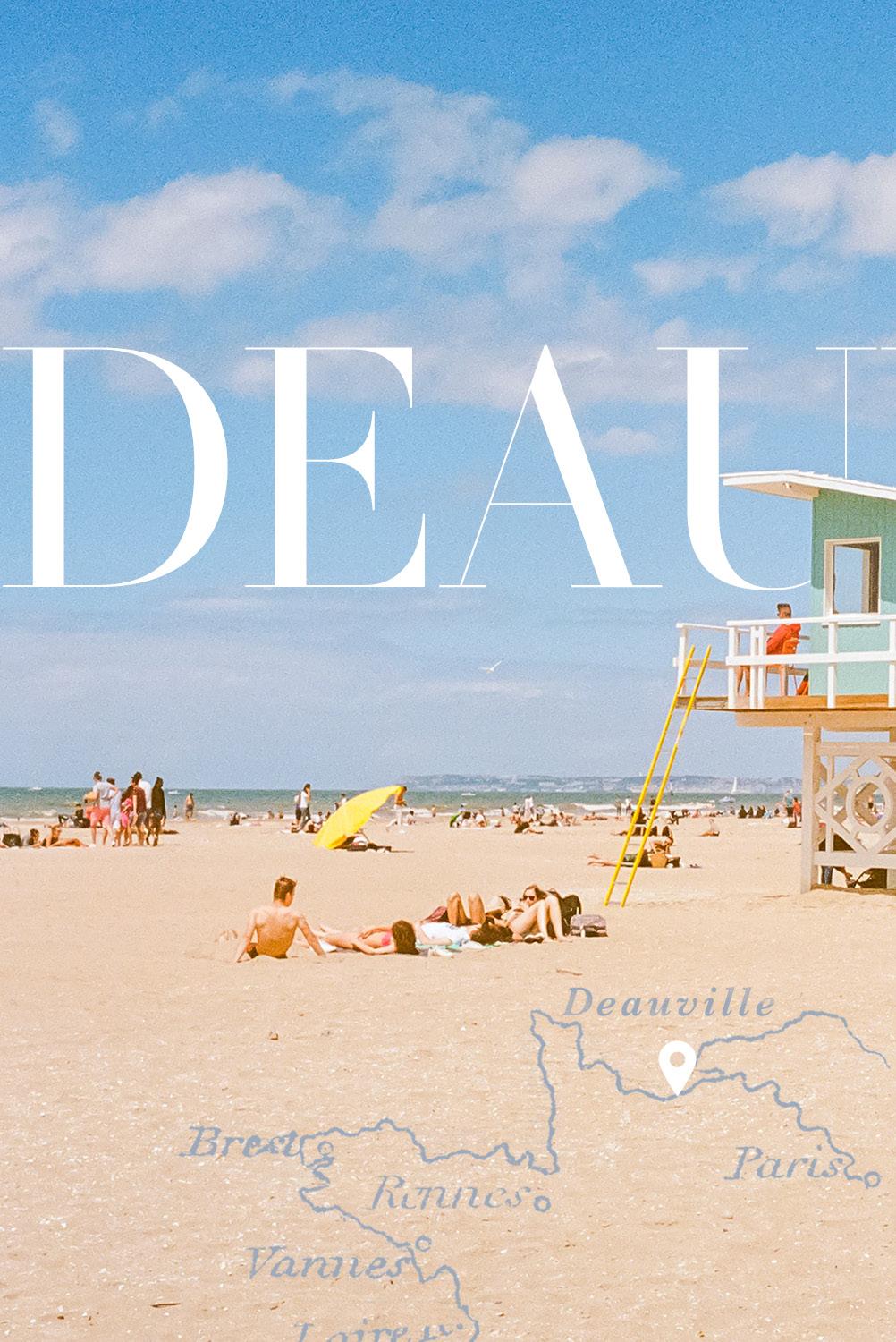
sister-mag.com 106
Côte Fleurie
VACATION, SURE - BUT WHERE?
Heringsdorf, Binz, Ahrenshoop - wonderful! Yet, sometimes it is not enough. Sometimes one merely wants a little more than just the ocean, blue skies, and puffy white clouds, something exceptional and exclusive. I would advise: DEAUVILLE in France, the chic seaside resort in the French Département Calvados on the English Channel. So, off to Normandy! It is a two-hour drive by car from Paris. Although Deauville has had its own airport since 1931, it is somewhat cumbersome to reach.

sisterMAG 67 | 2023 STRIPES AND THE OCEAN 107
Text: DR. MICHAEL NEUBAUER
Deauville - chic, high-class. . . and expensive!
DEAUVILLE - A PARADISE FOR HIGH SOCIETY
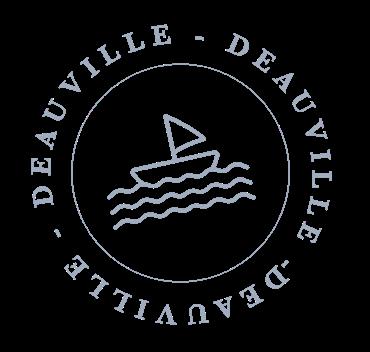

It was not by chance that Coco Chanel opened her first boutique in this place of elegance and aristocracy. This paradise of the rich and beautiful quickly garnered the name » the bathtub of Paris. « It earned this name because when the summer months become unbearably hot in Paris, high society, both young and old, descend upon this fine seaside resort on the Côte Fleurie. Between June and September of any given year, Deauville’s population of 4,500 grows many times over. This coast along the » Breton Sea « has always been a sought-after place for relaxation and vacationing. Alexandre Dumas, Flaubert, and later also Marcel Proust, spent many summers here.
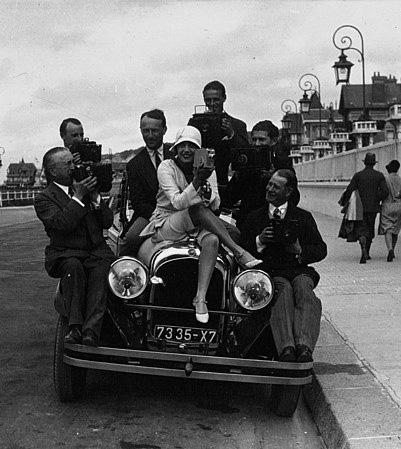
sister-mag.com 108
Mistinguett à Deauville 1929 @commons.wikimedia
DEAUVILLE’S HISTORY
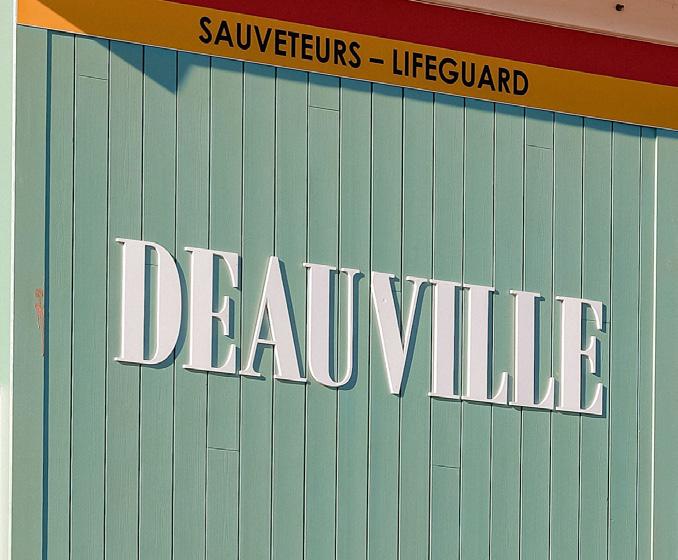
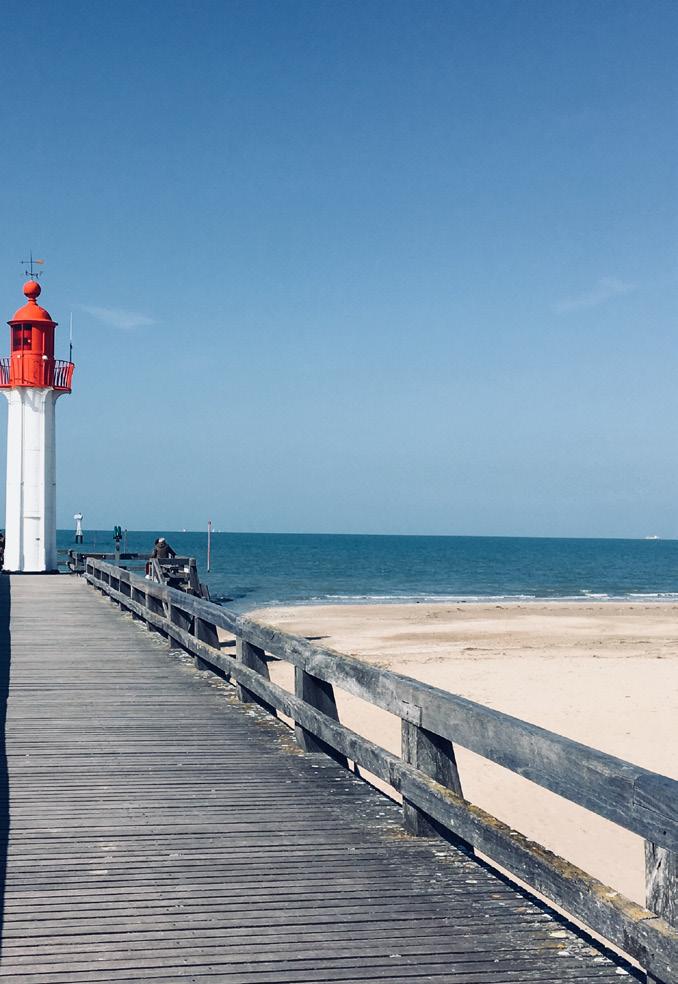
No wonder Napoléon the III ’s halfbrother, Charles de Morny, came up with the idea of creating this noble gem in the 1850s, from the small farming village of Deauville, with a total of 100 inhabitants and surrounded by swamps, old dunes, and bogs. He was guaranteed success with this development. Increasingly more celebrities such as Baron Henri de Rothschild or movie stars such as Liz Taylor , Cary Grant , Omar Sharif , and Maurice Chevalier , or dancers such as Josephine Baker made
the streets of Deauville a place of summer pilgrimage. Magnificent and lavish Belle Époque inspired hotels, restaurants, and villas emerged, and soon the boutiques were full of customers. This town is full of life and charm! A visit is always worthwhile.
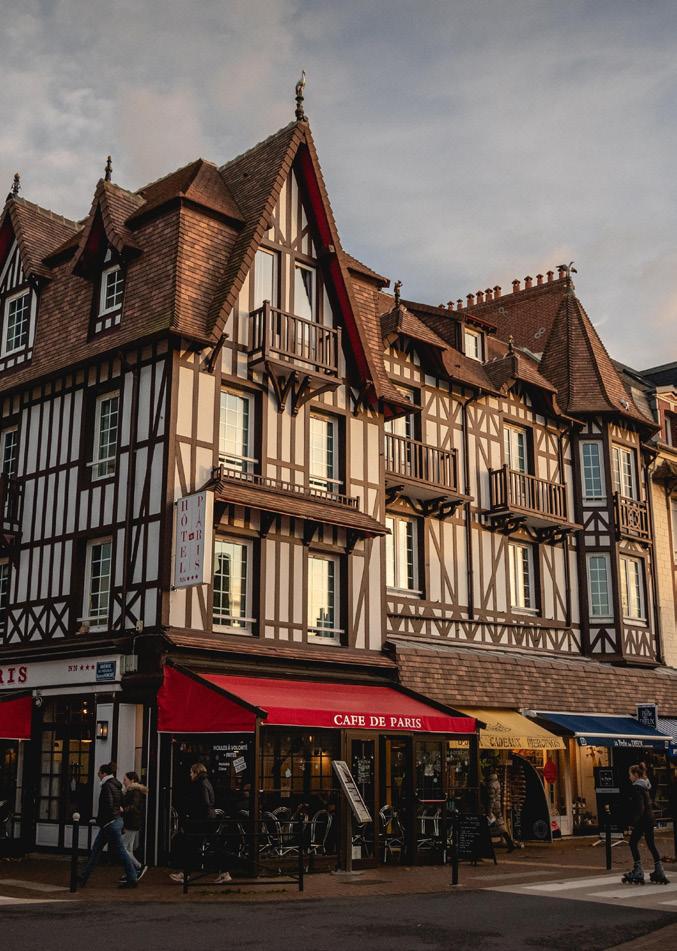
sisterMAG 67 | 2023 STRIPES AND THE OCEAN 109
CELEBRITIES HAVE BECOME THE ATTRACTION
Gabrielle Chanel opened her first boutique in Deauville in 1912. She started with wide-brimmed hats, but then offered comfortable sportswear made of jersey material in the nowfamous nautical theme. That totally contradicted the prevailing fashion sense of figurehugging, corset-supported clothing, but her business flourished. It graces the sun on the most elegant street in town, on the Rue GontautBiron, adorned with a large, white awning with » CHANEL « inscribed in large black letters.
LES PLANCHES DE DEAUVILLE AND MUCH MORE


Even today, Deauville thrives on the glitz and glamour of high society. The Boulevard de la Mer, the 643-meter (2109-foot) long boardwalk » Les Planches « , a promenade along the beach made of tropical hardwood planks or the » La Potiniere « square, are becoming a favorite meeting place and runway for models and millionaires alike.

sister-mag.com 110
Top designers such as Lagerfeld, Dior, St. Laurent, Lacroix, and many more were thrilled about the willing customers, whereas numerous other boutiques delighted the remainder with reduced offers.
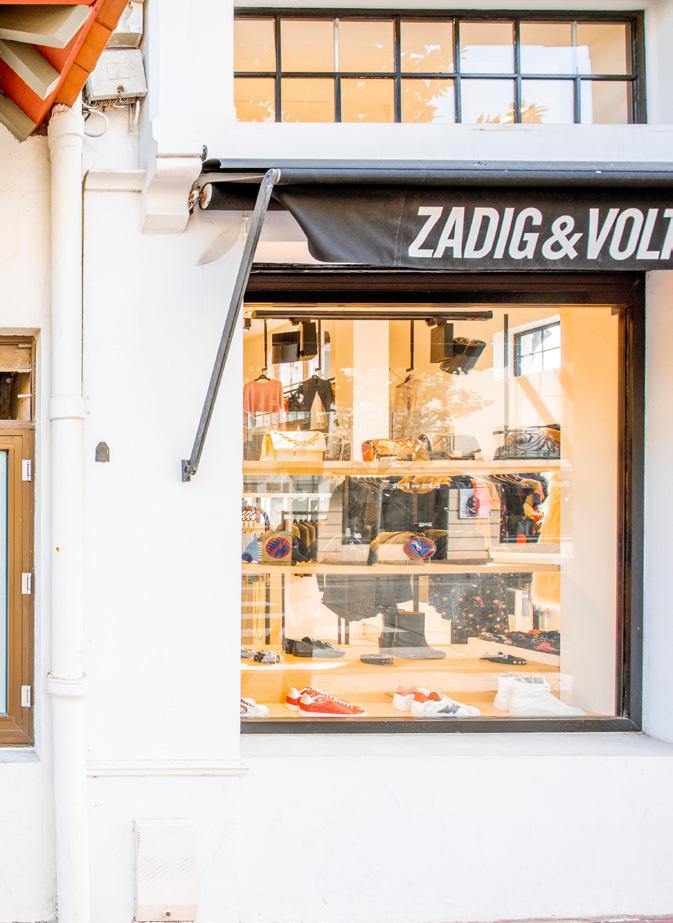
THE BEACH PROMENADEA »WALK OF FAME«

Every September since 1975, stars and starlets of Hollywood have accepted the invitation to the » Deauville American Film Festival « on the flower coast. And so, celebrities: Harrison Ford, Gloria Swanson, Burt Lancaster, Kirk Douglas, George Clooney, as well as Brad Pitt, Angelina Jolie, Michael Douglas, Johnny Depp, Pierce Brosnan, and many others were all present. The festival features independent films, works created on small budgets, although often a part of the production cost is covered by foreign pre-sale. Walking along the famous wooden boardwalk, one is delighted to see these celebrity names adorning the beach huts. These » Pompeian bath-inspired « cabins were erected in 1923, according to the plans of the
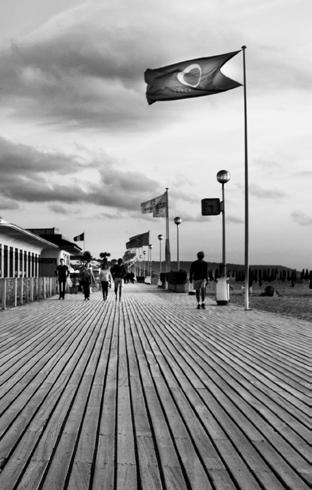
sisterMAG 67 | 2023 STRIPES AND THE OCEAN 111
architect Charles Adda.
Featuring columns and atria, they are reminiscent of ancient models. Of course, one does not know whether George Clooney, for example, actually changed into his swimming trunks in this particular cabin adorned with his name; even so, this maritime » Walk of Fame « has no equal. What is striking on the beach are the five-colored umbrellas, which are a subject for photographers time and again.
DEAUVILLE - A CITY THAT LIVES BY AND FOR THE HORSE
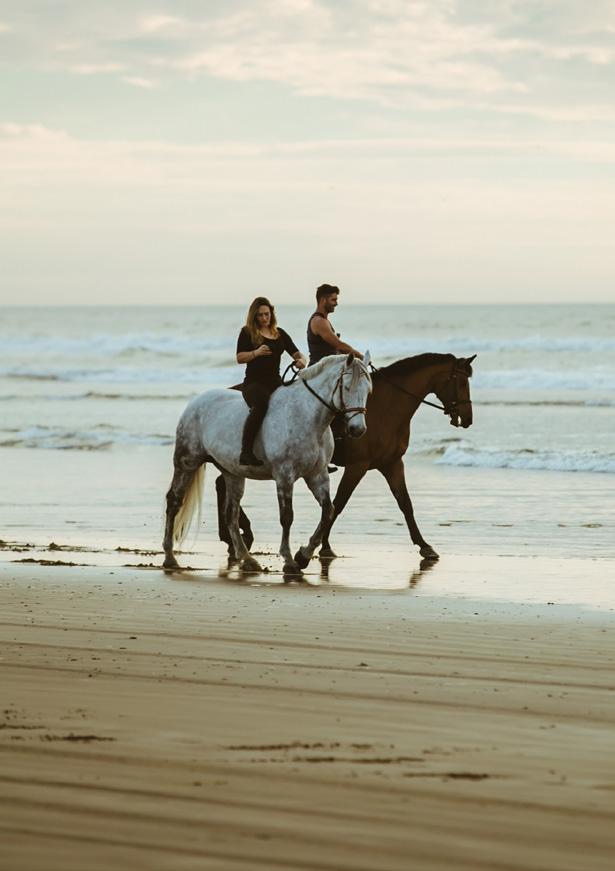
A second major highlight are the year-round horse races , which take place in Deauville. The racetrack was also built by Charles de Morny, the city founder, in 1864. The racetrack measures approximately 2,000 m (1.24 miles) in length. In addition, the complex also has three polo fields ready for international tournaments.
A second racetrack lies outside Deauville, which is reachable on a day trip. The many races throughout the year are also associated with auctions, where valuable racehorses change hands. Deauville lives by and for the horse. Riding on the beach at low tide is a unique thrill for many.

sister-mag.com 112
THE CASINOONE OF DEAUVILLE’S ATTRACTIONS

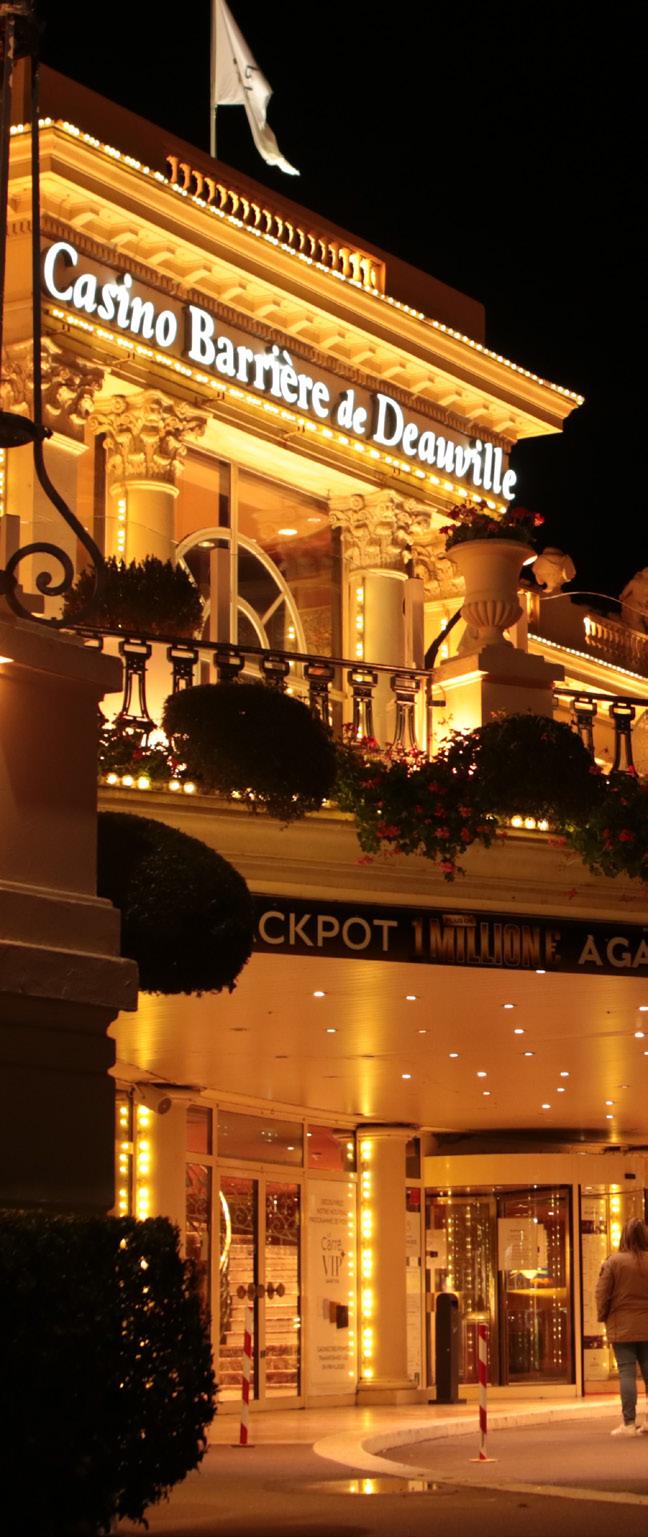

A casino has been a part of the Deauville seaside resort since 1864. In 1912, it was rebuilt in the same place. It is situated directly on the beach and is famous for its magnificent lighting, making nights at the beach particularly exceptional. One could easily imagine how they indulged themselves here in the abundant pre-war era before World War I. If you want to try your luck at roulette, poker, or blackjack, you should not miss the opportunity of reserving a table in advance at this grand house.
That is how the nightlife begins, having an aperitif at one of the elegant bars or enjoying a good meal at one of the exclusive gourmet restaurants
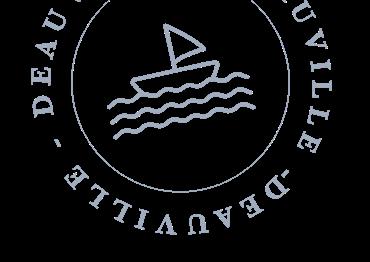
sisterMAG 67 | 2023 STRIPES AND THE OCEAN 113
ATTRACTIONS IN ABUNDANCE
With that, the array of attractions worth seeing in Deauville is far from being exhausted. The yacht marina alone, Port Deauville , with its modern residential area erected in the 1970s, is well worth seeing; famous villas denote important owners, a convention center, the Centre International de Deauville , whose main area, was built underground, so as not to deny an ocean view, has been impressing guests and attendees since 1992. Those who have the time and feel inspired should visit the Les Franciscaines de Deauville ; a media center, an event hall, and a museum offering pure culture. It is situated only five minutes from the ocean. An exhibition of American photographer
» Irving Penn « is running until May 28, 2023, and you can enjoy the
» Esprit POP, es-tu là? « exhibition until June 25, 2023. In addition to the sights in Deauville, there is an array of possible activities along the entire » flower coast « . There are many recommended seaside resorts - there is something suitable for every taste. One should not miss
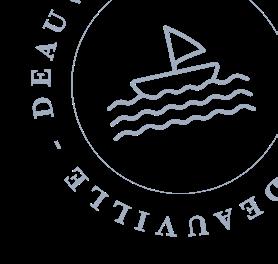

going to Trouville-sur-Mer in the immediate vicinity, with its impressive old city center on the » Touques « river mouth. Here, it is more leisurely, more provincial. A little further, but also worth seeing, is Honfleur . This is a region that boasts marvelous sandy beaches far and wide –the perfect place to relax along your journey.

sister-mag.com 114
EUGÈNE BOUDINHE PAINTED THE CÔTE FLEURIE
Here, on the French Channel coast, the first painters left their studios in the 19th century and immediately started painting freely in nature. They were later named the Impressionists. Before the impressionists, one of the first to pursue open air painting was Eugène Boudin (1824 – 1898). Born in Honfleur, he later ran a business selling picture frames and stationery in Le Havre. And so, he got to know
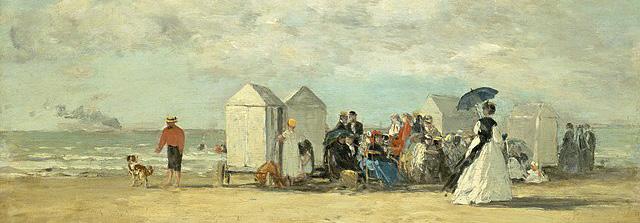
painters, who encouraged him to paint, and he refined his skills by studying art in Paris. He got to know Gustave Courbet, Eugène Isabey, Johan Barthold Jongkind, Claude Monet, as well as Constant Troyon, who were enthused by the » plein-air « (outdoor) paintings he had already done. All the interesting places along the coast offered him motifs, especially Trouville and Deauville, which he continually captured time and again in his colorful paintings. From 1861, he regularly stayed in Deauville and purchased the » La Breloque « villa, where he died in 1898.
DEAUVILLE, DEAUVILLE - NO, WE WILL NOT FORGET YOU
There are so many sights to admire in the posh seaside resort of Deauville that one could almost overlook the primary element of a beach vacation: the ocean! With its gentle, sometimes churning, then wild waves, the broad, inviting beach with its colorful umbrellas, and the light breeze, visitors may almost forget, while lost in a daydream, that they are lying in one of the most famous seaside resorts of the past 150 years in Europe.
 Eugène Boudin, Beach Scene, 1862 @commons.wikimedia
Eugène Boudin, Beach Scene, 1862 @commons.wikimedia
sisterMAG 67 | 2023 STRIPES AND THE OCEAN 115
Text:
 Dr. Michael Neubauer
Dr. Michael Neubauer
Perhaps you’ve already seen it: the fantastic embroidery on equally fine materials. This embroidery is inspired by art and captivates our senses with imaginative, colorful, and harmonious designs adorned on fabric. These intricately beautiful creations are usually attributed to the Parisian embroidery workshop, Maison Lesage.
Hardly any major fashion label in the world seeking to embellish their designs with embroidery can pass up on the skill of this fashion house. An impressive company history rooted deeply in tradition culminate in an archive of embroidery templates behind the walls at Place Skanderberg in Paris that is at the service of many couturiers and luxury fashion houses. With 80,000 templates for haute couture, ready-towear items, and other accessories, they are a source of inspiration for everyone. The archive is alive and continually being expanded, as mentioned by artistic director Hubert Barrère in an interview with Runway magazine in 2019.
LESAGE Embroidery Art from Paris
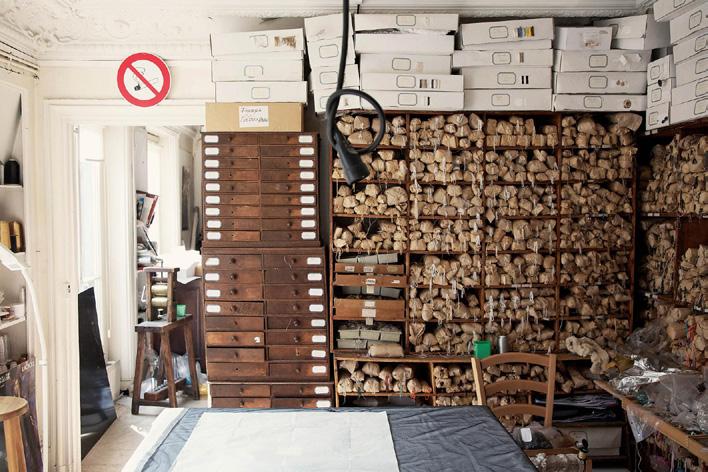 Foto: Alfredo Piola
Foto: Alfredo Piola
116

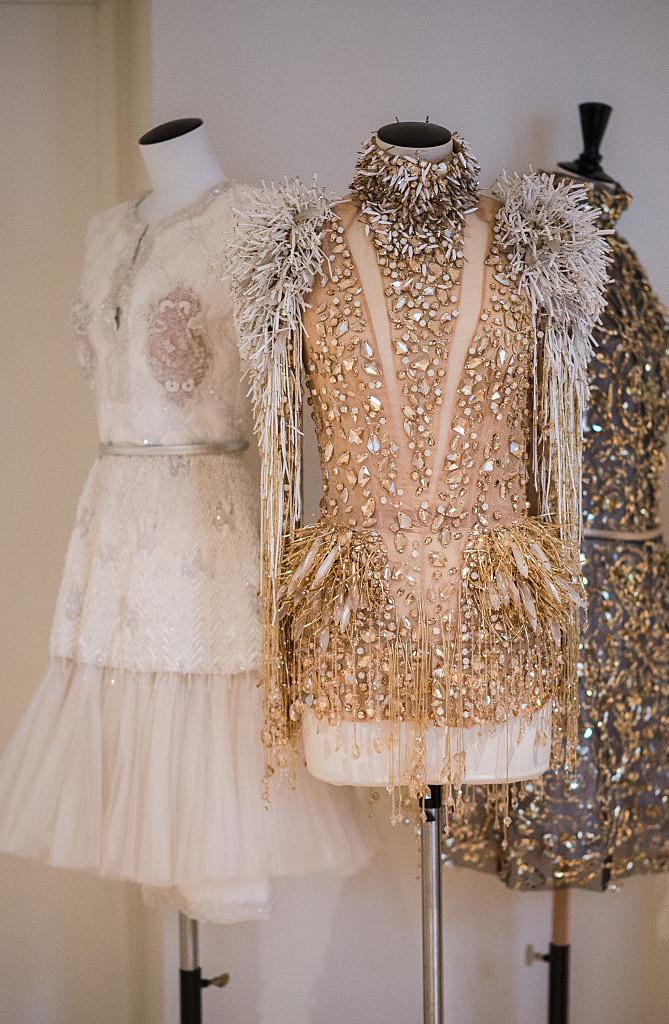
STRIPES AND THE OCEAN 117
Foto: Francois Durant / Getty Images
The mid 19th century: where it began

In the mid 19th century, Charles Frederick Worth (1825-1895) appeared on the Paris fashion scene, a designer who would go on to define French fashion for decades to come. He made popular fashion more suitable for everyday wear, defined the French empress, Eugénie’s sense of style, and was the first to replace mannequins with real life models. Always looking for new ideas, the busy couturier, employing up to 1,200 people, found the partner he was looking for in the embroidery workshop Michonet, founded in 1858. La Maison Michonet made a name for itself with its embroidery art for theatre costume designers and custom pieces for the house of Napoleon III. Famous fashion designers from the late 19th century such as Madeleine Vionnet and Jean Paquin were also using Michonet.

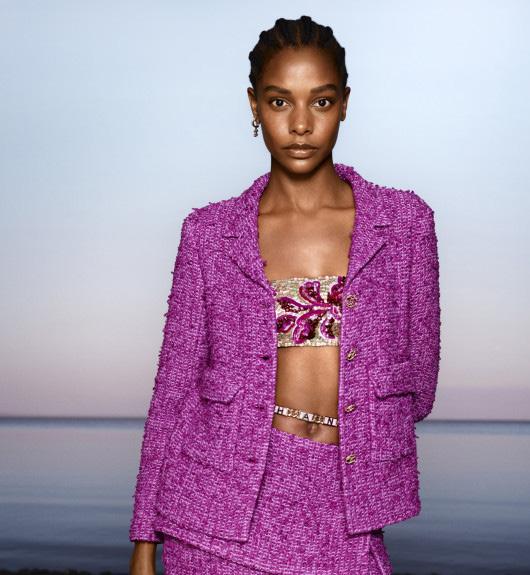
LESAGE Fotos: catwalkpictures.com 118
In 1924, Albert and Marie-Louise Lesage acquired Albert Michonet’s embroidery workshop. Albert Lesage (1888-1949) ended up in Chicago as a prisoner of war and had worked there as a designer for Marshall Field’s from 1919. In 1922, he had returned to Paris and started at La Maison Michonet, who were now looking for a successor for the company founder, Albert Michonet. Now married to Marie-Louise Favot, who’d worked at the Vionnet fashion house, Albert Lesage et Cie began a close working relationship with this label. Madeleine Vionnet was famous for her bias-cut dresses that flowed freely about the body. In order not to warp the light fabrics, (Crêpe Romain, Crêpe de


The beginning
Chine, silk chiffon or Charmeuse), Albert Lesage had to adapt his technique. A tambour hook picked up the thread on the back of the fabric and pulled it through to the front for attaching beads and sequins. This technique is still known today as Tambour or Luneville embroidery. Lesage’s creativity and inspiring designs spread quickly throughout the fashion world. Other luxury brands soon followed in addition to the customer base they’d acquired from Michonet. Albert and Marie-Louise won over well-known fashion houses with their extraordinary embroidery patterns, which were the results of countless hours of precise beadwork.
STRIPES AND THE OCEAN 119
Foto: Francois Durant / Getty Images
Happiness in misfortune
In a difficult economic situation at the beginning of the 1930s, the Italian fashion designer Elsa Schiaparelli (1890-1973) relieved Albert Lesage of his woes. This was fitting because Maison Lesage et Cie had been gearing its catalog towards more modern styles such as Art Nouveau and Art Deco. Schiaparelli was already highly successful in her industry as an avantgarde surrealist fashion icon. Lesage delivered embroidered belts with gold thread trim and smoothly finished coral and precious stones. Necklaces and collars followed along with collaboratively designed garments. The materials became more and more extravagant. Murano glass to imitate flowers, elements made from lapis lazuli, artificial stones, pebbles, glass beads, gold and silver mirrored glass, chenille was combined with mink, and you could even find fish scales on some pieces. There’s a famous cloak with a sunbeam pattern embroidered with golden sequins. For more than 20 years, they both had a complementary and fruitful collaboration with incredible success. It was a tribute to the symbiotic relationship between design and craftwork.
François, the son
François Lesage (1929-2011) was born to Albert and Marie-Louise Lesage “into a pile of beads and sequins”, with the potential for artistic, creative talent instilled in him from birth. After being trained by his parents, he began his career in the United States, where he embroidered for major Hollywood productions. After his father’s death in 1949, he returned to Paris to take over the family business. François successfully expanded the company to serve countless fashion houses that trusted him as a committed partner who could fulfil their every wish. He maintained relationships with Christian Dior, Cristobel Balenciaga, Christian Lacroix, Hubert de Givenchy, Yves Saint Laurent, John Galliano and Karl Lagerfeld, the creative director of Chanel.

120
LESAGE
François and Yves Saint Laurent
The collaboration with Yves Saint Laurent was particularly strong intense for over 44 years. In 1988, they both created a jacket and skirt evening collection entitled “Sunflowers” inspired by Van Gogh’s “Vase with 15 Sunflowers”. It was the “pinnacle of Saint Laurent and Lesage’s vision and craftsmanship. It was created from over 350,000 sequins, 100,000 ceramic bugle beads, and individually painted fabric petals... it took more than 770 hours of embroidery.” The following year, Saint Laurent surprised everyone with a jacket decided to his house: “Hommage a ma maison.” This was also hand-embroidered by François Lesage after Yves Saint Laurent’s request for him to do so:
François and Karl Lagerfeld
The collaboration with Karl Lagerfeld started in 1983. Lesage was inspired by Boulle furniture and Coco Chanel’s Coromandel screens for Lagerfeld. When a crisis loomed over haute couture in the 1990s and artisan businesses like Lesage were floundering, it was Karl Lagerfeld who persuaded Chanel to acquire Maison Lesage for one of their subsidiaries named Paraffection in 2002.
His wish was granted, and two jackets were made.

STRIPES AND THE OCEAN 121
“François, make me something that is like a chandelier reflected in a mirror, with the skies of Paris in the background.”
Fotos: catwalkpictures.com
Maison Lesage and Chanel
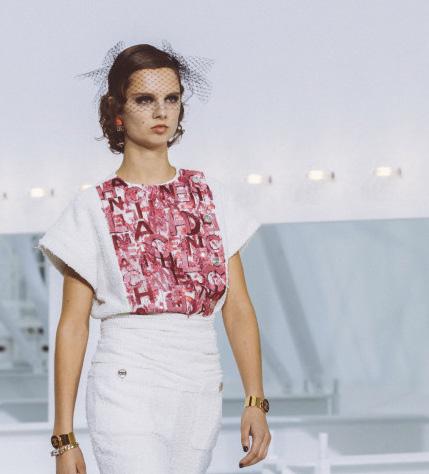
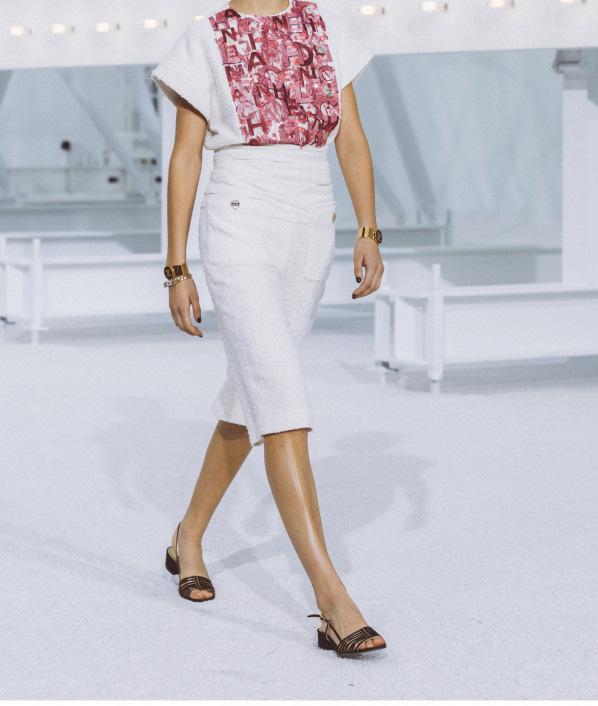

Other artisans also started to join. For example, feather work is a specialty of Lemarié, which was also based at Lesage and subsequently bought up by Chanel – just like Maison Michel or shoe manufacturer, Massaro. This ensured that hand crafted fashion could continue to exist in Paris. Every year, in December, Chanel organizes a fashion show named Chanel METIERS d‘Art Show for crafts such as hatters, jewelers, embroiderers, lace makers, feather artists and shoemakers.

122
François’ Ecole Lesage
In 1992, François opened Ecole Lesage, an embroidery school that still exists today. Training to become an embroiderer is available for skill levels beginner to advanced. Eight basic courses each comprise around 30 hours of instruction. The students receive a detailed overview, beginning with the company history and the particulars of the fashion world since the 1920s. Specialist courses are also available.

To sum up
Maison Lesage is a family business that was shaped by Albert and his son, François. Competent, creative, agile in their decisions and the highest level of hand crafting, they created the house of Lesage, whose tradition dates back to the mid-19th century, where the origins of fashion and haute couture lie. Over the many years the company has created products that will stand the test of time in terms of their value and the skill they took to create.
François Lesage died aged 82 in 2011. Chanel named Hubert Barrère as artistic director of Maison Lesage. Almost nothing has changed in embroidery techniques, it is still hand-made in a factory. Empathy, passion, creativity,

and skilled craft still characterize the people who work at Maison Lesage. Computer-aided design tools such as 3D printing and laser technology techniques are now used, as well.
“Hand embroidery is something emotional,” says Hubert Barrère. “It isn’t a kind of technical exhibitionism, and its value doesn’t come simply from the hours and hours of meticulous work involved. Above all else, it’s something that comes from the soul, it makes you feel something, without quite knowing why.”
Discover more lesage ecolelesage
courses
STRIPES AND THE OCEAN 123
Foto: Francois Durant / Getty Images
Embroidery
lesage-paris.com lesage-paris.com
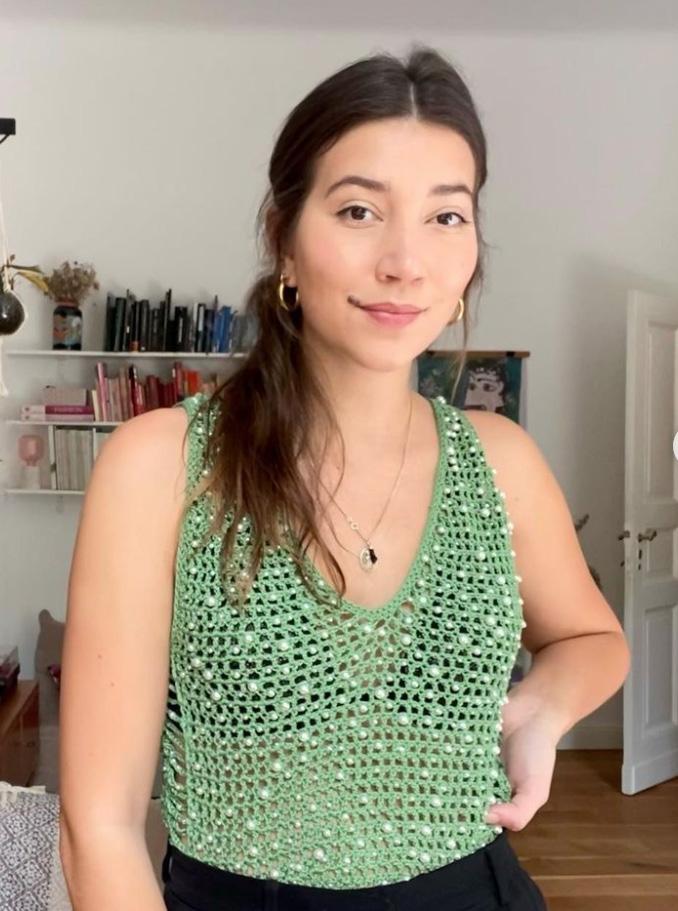
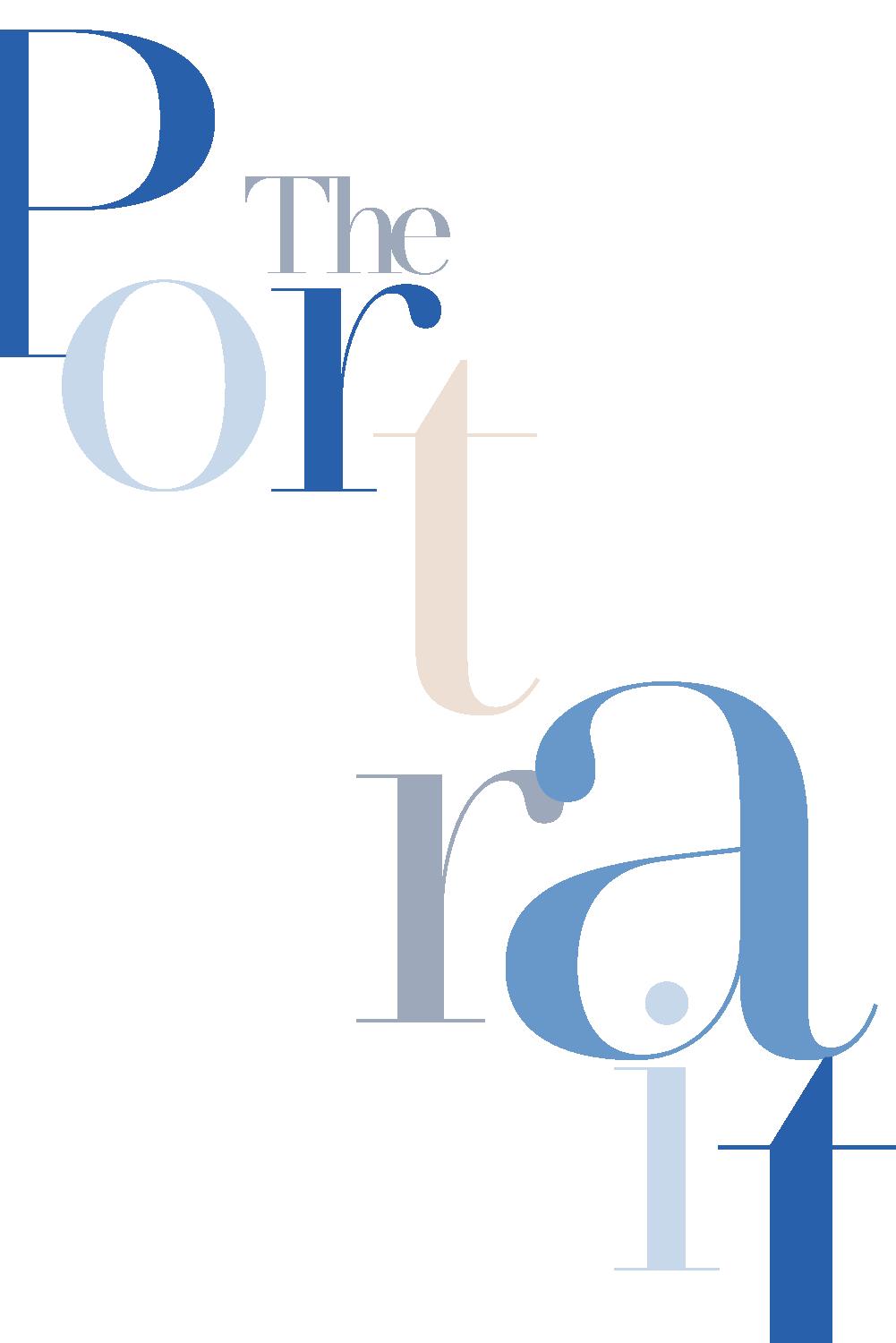
124
PAULA‘S PROJECT
PAULA‘S PROJECT

Embroidery, crochet, weaving, sewing and all sorts of handmade crafts define the life of Paula Votteler, the creative artist behind the Instagram-Account ( @paulasprojects_ ). In her digital space, she expresses her creativity by transforming seemingly ordinary pieces like bags, jackets, and sweatshirts into eye-catching DIY masterpieces. Browsing through her profile, her passion for all sorts of materials, fabrics, and creative techniques quickly transpires. Beading, however, seems to be her absolute passion.

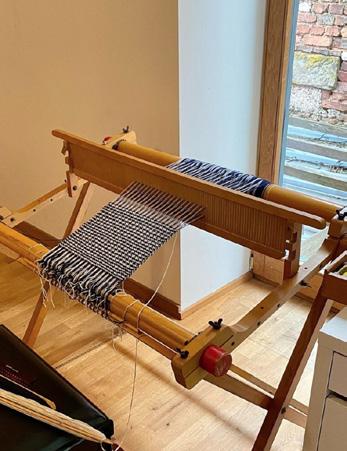
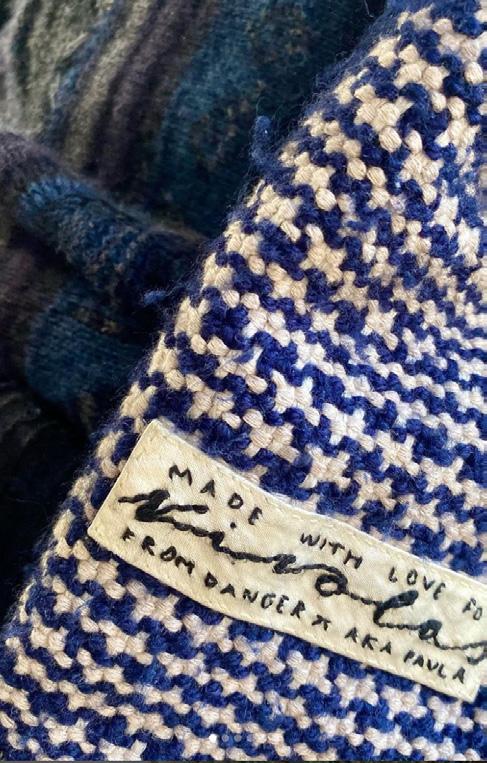
STRIPES AND THE OCEAN 125
In our interview she reveals how her venture into the world of DIY and creativity started and more details about her handmade pieces and accessories.
When did you start creating clothes?
When I was 5 my mum taught me how to crochet and just a few years later how to sew. I started to take sewing lessons when I was 11 and that’s when I created my very first garment. I am super lucky that my mum could teach me all about handwork and that my parents always supported my creativity.


What is your favorite sewing technique?
It‘s always changing… I think right now it‘s beaded embroidery but I don’t want to miss out on all the other hand work techniques. I especially love to combine different techniques in one piece.
sister-mag.com
For me it‘s all about the process of creating handmade and unique clothes.
126
What do you like the most about having a handmade wardrobe?
Creating it. I love to wear some of my clothes but not all of them. I usually wear black and I like it cozy but most of my self-made pieces are very colorful and not so easy to wear on a daily basis. For me it‘s all about the process of creating handmade and unique clothes.
What is one of your favorite embroidery pieces you ever made? Usually it‘s the last one I made because I always try to improve myself, but I have a special connection to the very first beaded bag I made. I started with beaded embroidery in the summer of 2022 and I never thought it would work

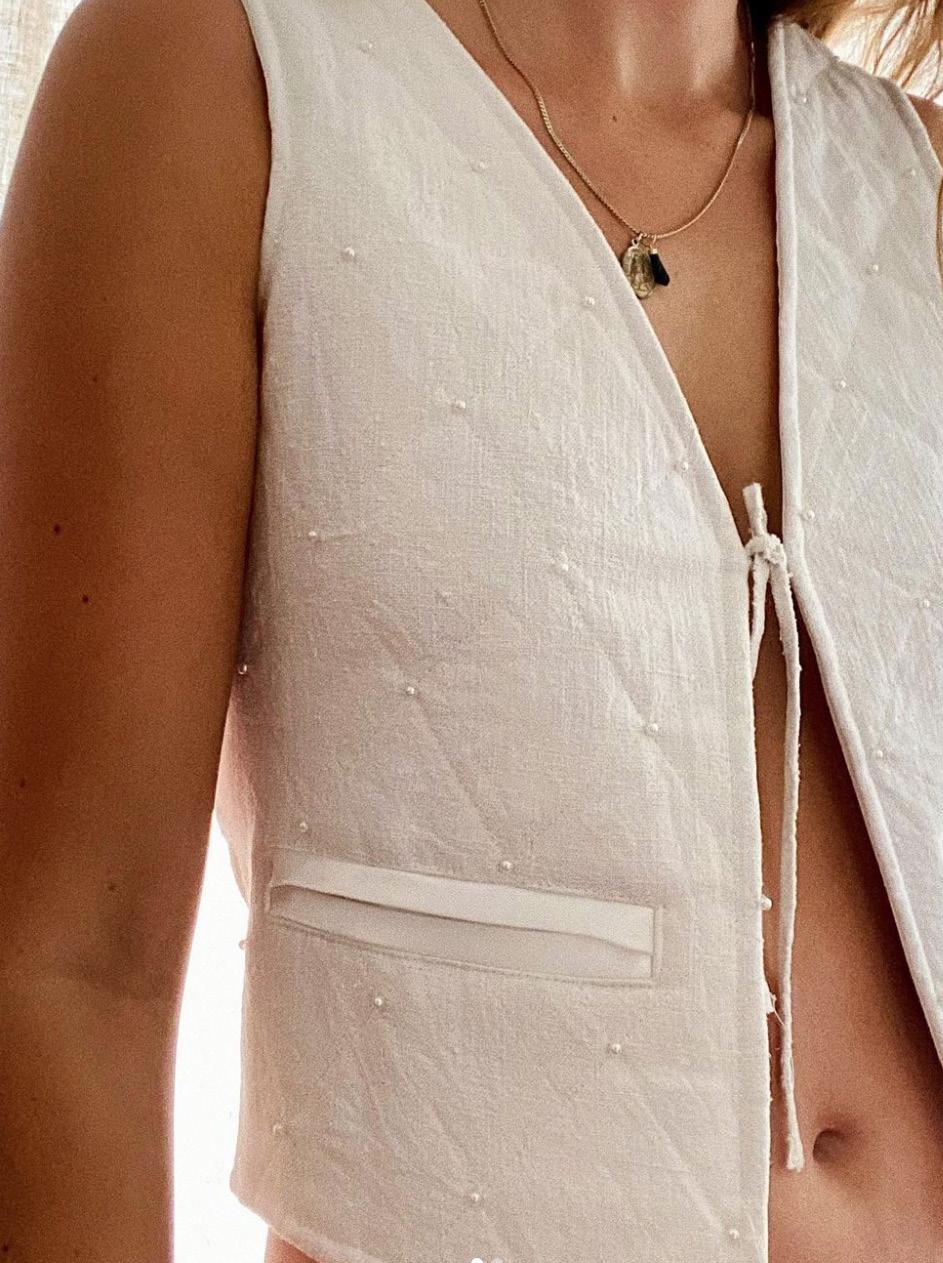
so well and be so much fun. It‘s crazy to see that one project can change your whole style and I am so curious about what my next addiction will be. What´s your favorite part of the process of creating an embroidery piece?
I actually do love the whole process… I really love to collect all the materials. I have been collecting beads and pearls since forever and I combine them with shells, corals and other little things that show up in my life (sometimes there is a hidden Lego piece from my boyfriend, or just a little plastic thing I found at the airport and so on). I love that every part of my embroideries have a little story behind them and
sisterMAG 67 | 2023
STRIPES AND THE OCEAN 127
sometimes they’ve been waiting for years to get used.
The embroidery process is almost like meditation for me so I love that part as well, and to see the final product is great too.
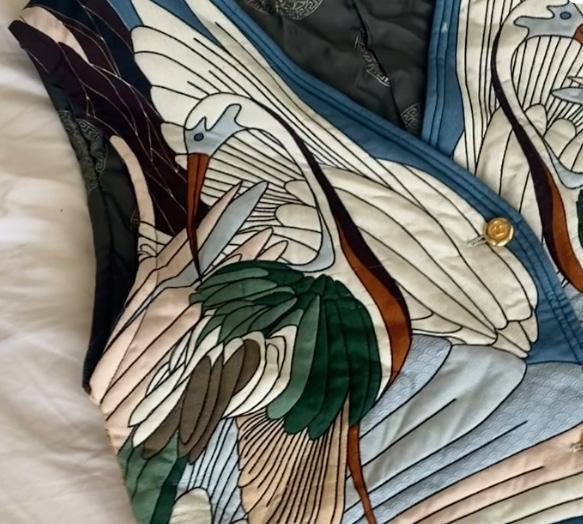
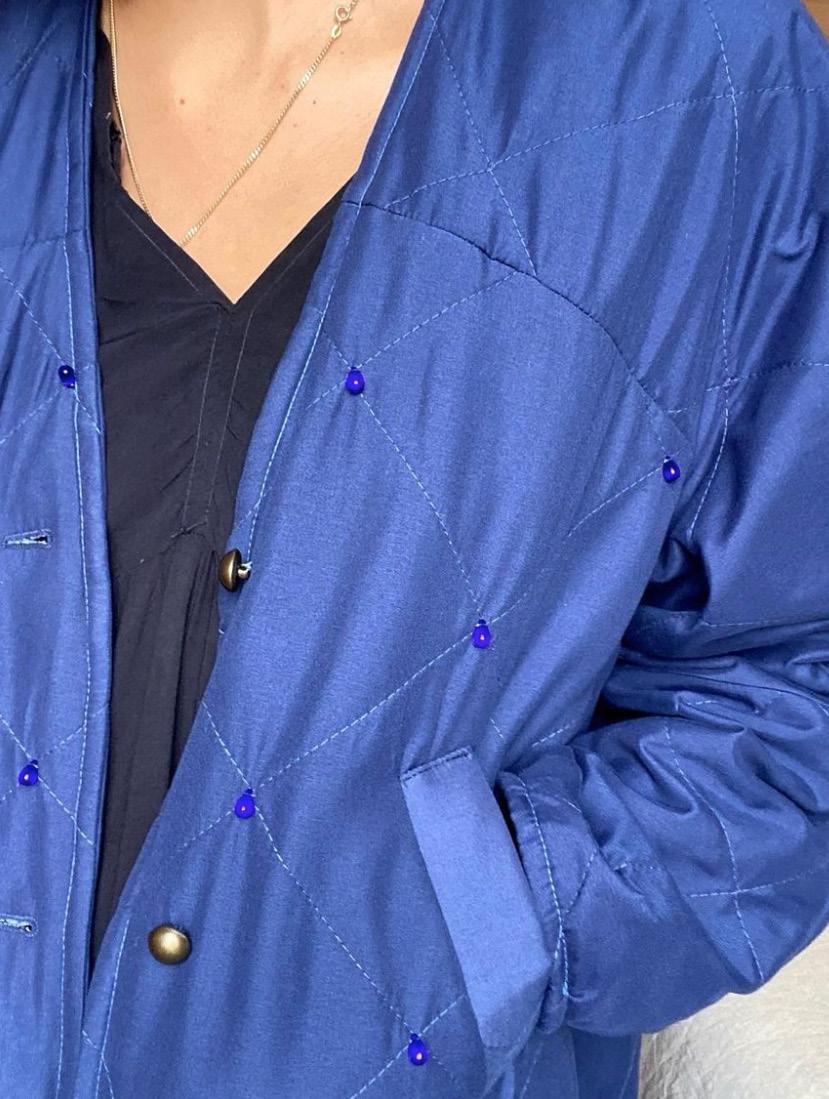
Where do you usually find the beads and pearls you use for your creations?

I get asked this question so often…I didn‘t know that finding the right beads was a problem for so many people, because there are bead stores everywhere!
Just as I mentioned in the question above, I have been collecting beads since I was a little child and I just never stopped:-) I already have a huge collection and I love to go to bead stores in other countries. I travel a lot and I never leave a country without being in a bead or fabric store. Back home I just buy the filler“ beads in stores like „idee“, „Karstadt“ or „Perlencenter“. A lot of my collection comes from flea markets, second hand stores or old jewelry that no one wants to wear anymore.
sister-mag.com
128
Where do you get creative inspiration from?

I don‘t really know… it‘s just inside me. All my travels and the materials itself inspire me but usually an idea just pops up in my head and then I just have to do it. Sometimes I am scared that it will stop one day, but I think I have enough ideas for a lifetime.
We can see on your profile that you travel a lot, does your sewing material follow you everywhere?
YES! I never travel without a project! Usually it‘s a crochet or embroidery project because I don’t need much
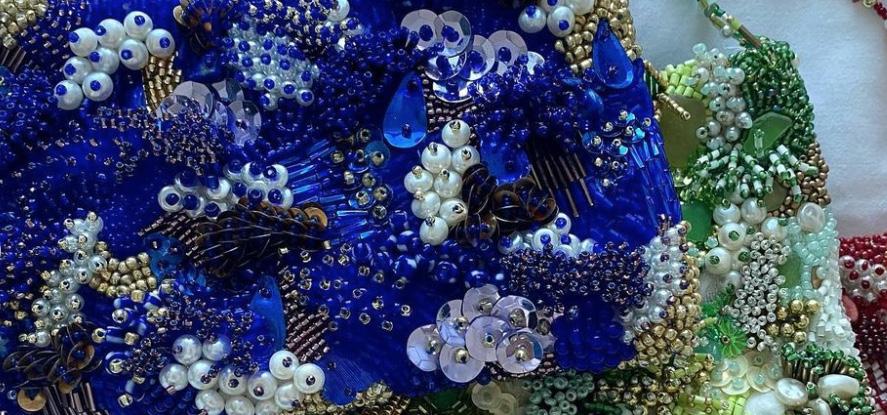

space and material for them. Whenever I am back home I do my sewing and weaving projects cause I can’t always take my sewing machine or weaving loom with me… I can definitely recommend bringing a beaded embroidery project on a trip, because it fits in your hand luggage, and you can also use some of your vacation finds like shells, corals, glass etc.
In the process, you get in contact with a lot of people because so many want to know what you are doing :-)
sisterMAG 67 | 2023
STRIPES AND THE OCEAN 129
All embroidered
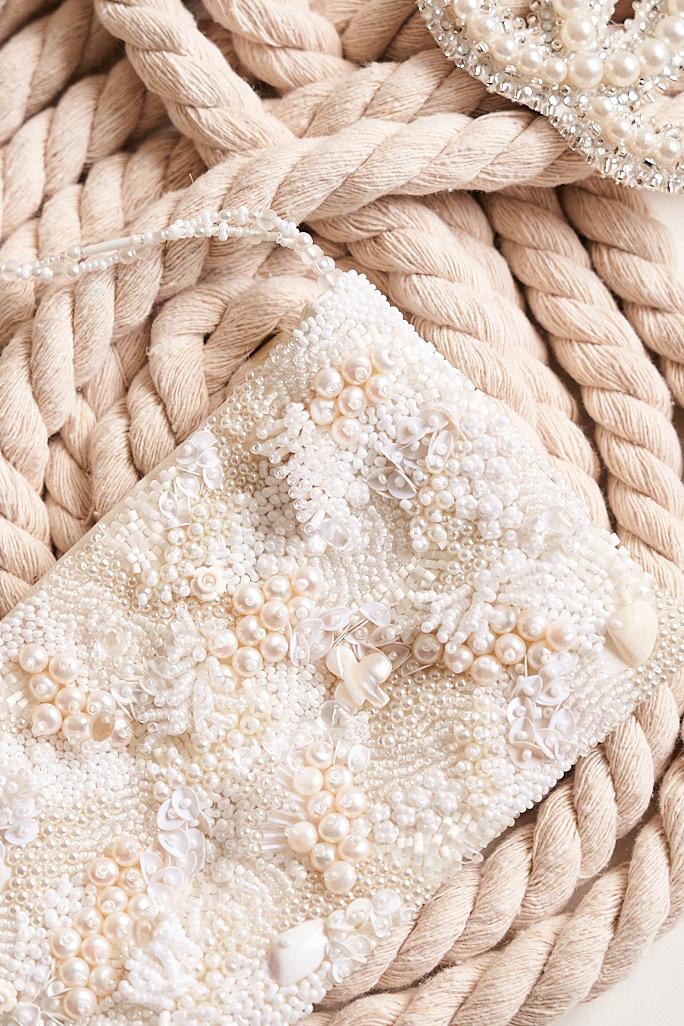
130
Embroidered accessories
Bead embroidery has found its place not only in fashion design but also in various fashion accessories. Its intriguing, chic character has quickly made it a sought-after technique in fashion. From jewellery to bags to belts, bead embroidery is very popular. Many creative DIY fans are looking for new ideas to embellish their accessories and wardrobe with eye-catching bead embroidery. Understanding how many sisterMAG readers love to try out the techniques that add a touch of elegance, we've put together two beautiful DIY ideas for bead embroidery accessories that you can easily try out. Whether it's a headband with beautiful embroidery details or a chic brooch for dressier outfits, sisterMAG has what you're looking for.Embroidered Nautical Clutch by @paulasprojectsEmbroidered Headband by sisterMAG PatternsBrooches in any shape or form by sisterMAG
Embroidered nautical clutch from @paulasprojects
Embroidered headband from sisterMAG Patterns
sisterMAG 67 | 2023
STRIPES AND THE OCEAN 131
Fotos: CRISTOPHER SANTOS
Nautical Clutch
DIY beaded bags are a very special piece of fashion, not only because they look stunning, of course, but also show incredible possibilities when it comes to the creative techniques you can use to embroider them. With the aid of embroidery art, a sustainable, long-lasting and, above all, super beautiful accessory can be crafted. This white embroidery artwork by Berlin-based embroidery and crochet artist Paula Votteler (@paulasprojects_) can lend a dash of charm to a variety of outfits. Fascinated by the bag shown here? Within the pages of this issue of sisterMAG is a tutorial on how to recreate this special beaded accessory by simply following the steps.


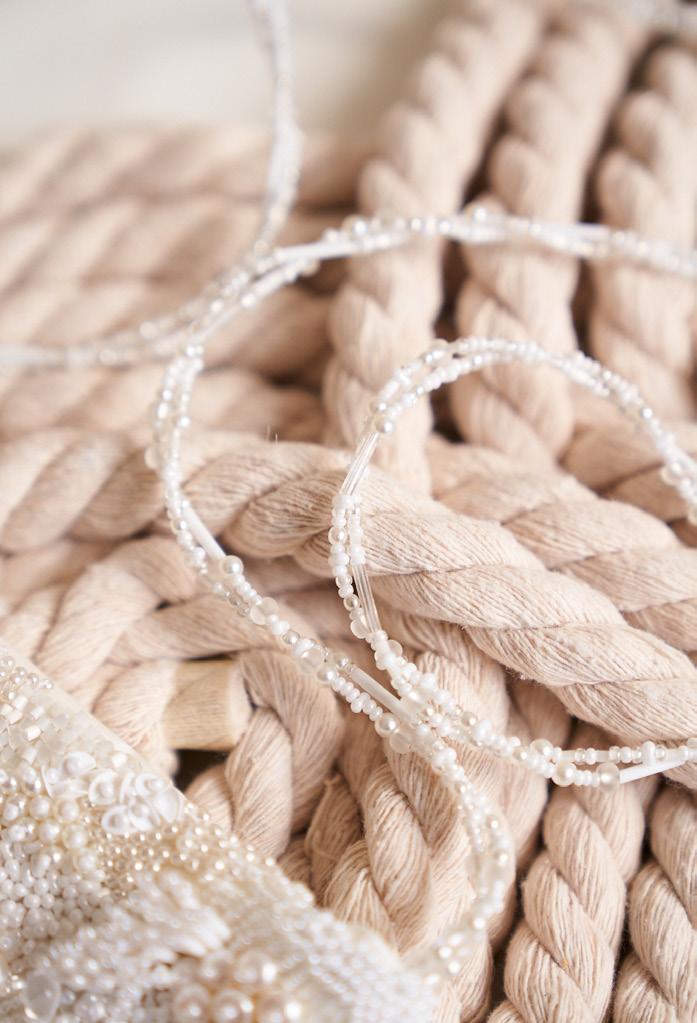
P R OJECT | P R TCEJO | P R TCEJO | P R OJECT | SHOP NOW 132
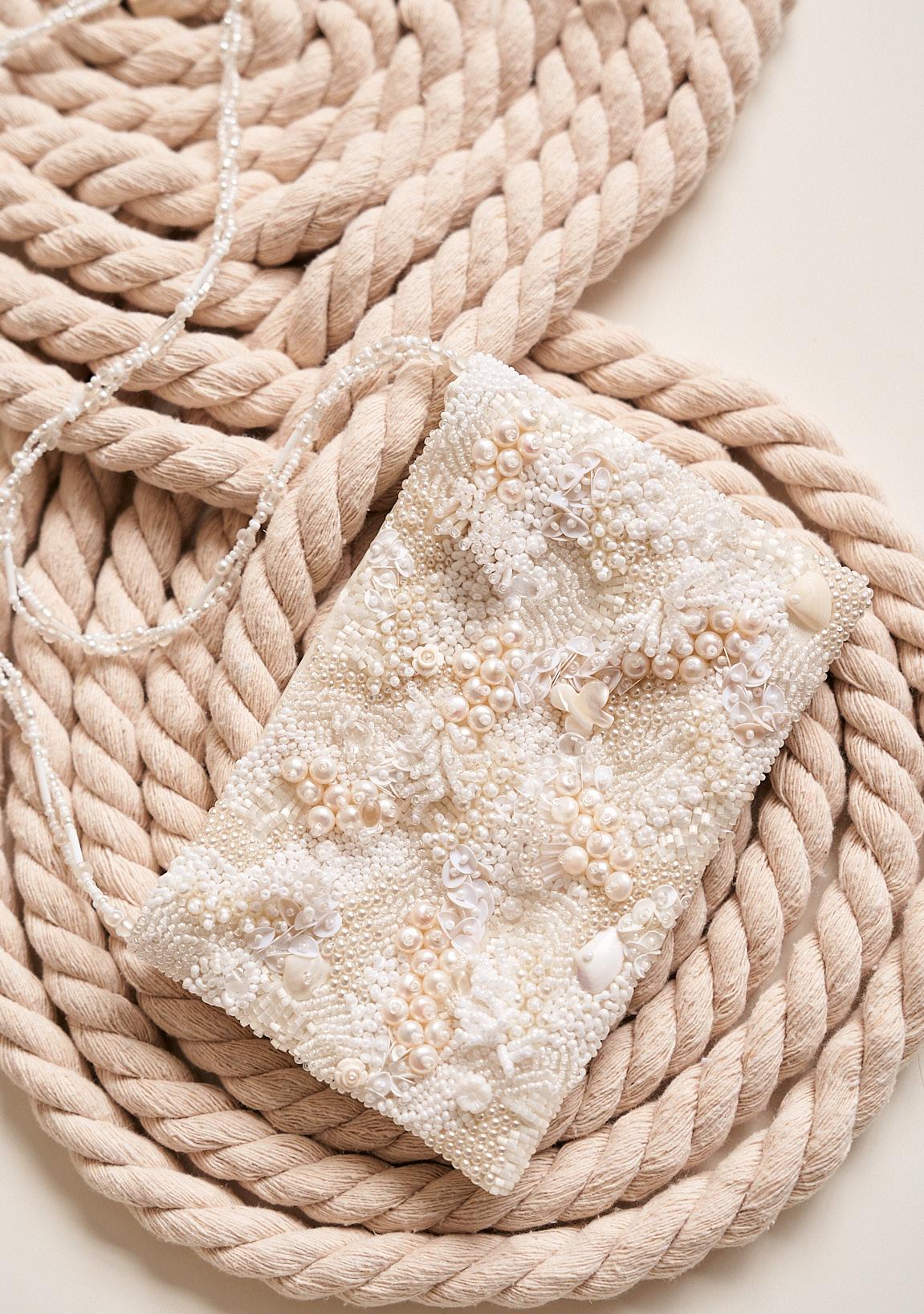
STRIPES AND THE OCEAN 133

134
Embroidered headband
A DIY hairband with beaded embroidery can make any outfit special. You can easily make this beautiful hair accessory with simple materials. All you need is a simple headband. To make it bulbous, you can pad it with foam. Choose a fabric in a colour of your choice. Take your beads and decide on your favourite design. Then simply embroider away. Once you are done, take the embroidered fabric and cover the entire headband. You have a perfect embroidered hair accessory that will complement your outfit perfectly.

DOWNLOAD STRIPES AND THE OCEAN 135
EMBROIDERY how-to
Allthe most importantstitches

ANZEIGE 136
3D with long beads
3D Bead embroidery
… with sequins
3D with round beads
sisterMAG 67 | 2023
Backstitch
5.
6. 3. 7. 4. 8. DOWNLOAD STRIPES AND THE OCEAN 137
1.
2.
HAND & Embroidery
for fashion and the military in London
Text:
 Dr. Michael Neubauer
Dr. Michael Neubauer
In 2017, embroidery house “Hand & Lock” celebrated its 250th anniversary in London with a major celebratory event. With conferences, exhibitions, a gala dinner, and a charity auction, they honored the company and the centuriesold tradition of embroidery. It all started when M. Hand, a French Flanders native, founded the company “M. Hand & Co” in London in 1767 to produce embroidery and lace for the military, the royal court, and other members of the nobility. He would soon go on to manufacture it himself. After over 200 years, M. Hand & Co merged with embroidery house, S. Lock Ltd., in 2001 to work together under the name “Hand & Lock” so as to produce hand and machine embroidery even more efficiently. In 1956, Stanley Lock took over the 1898 founded “Phipps & Co” embroidery house set up by C.E. Phipps, where he’d been working as a talented embroiderer during the 1950s.
LOCK
138

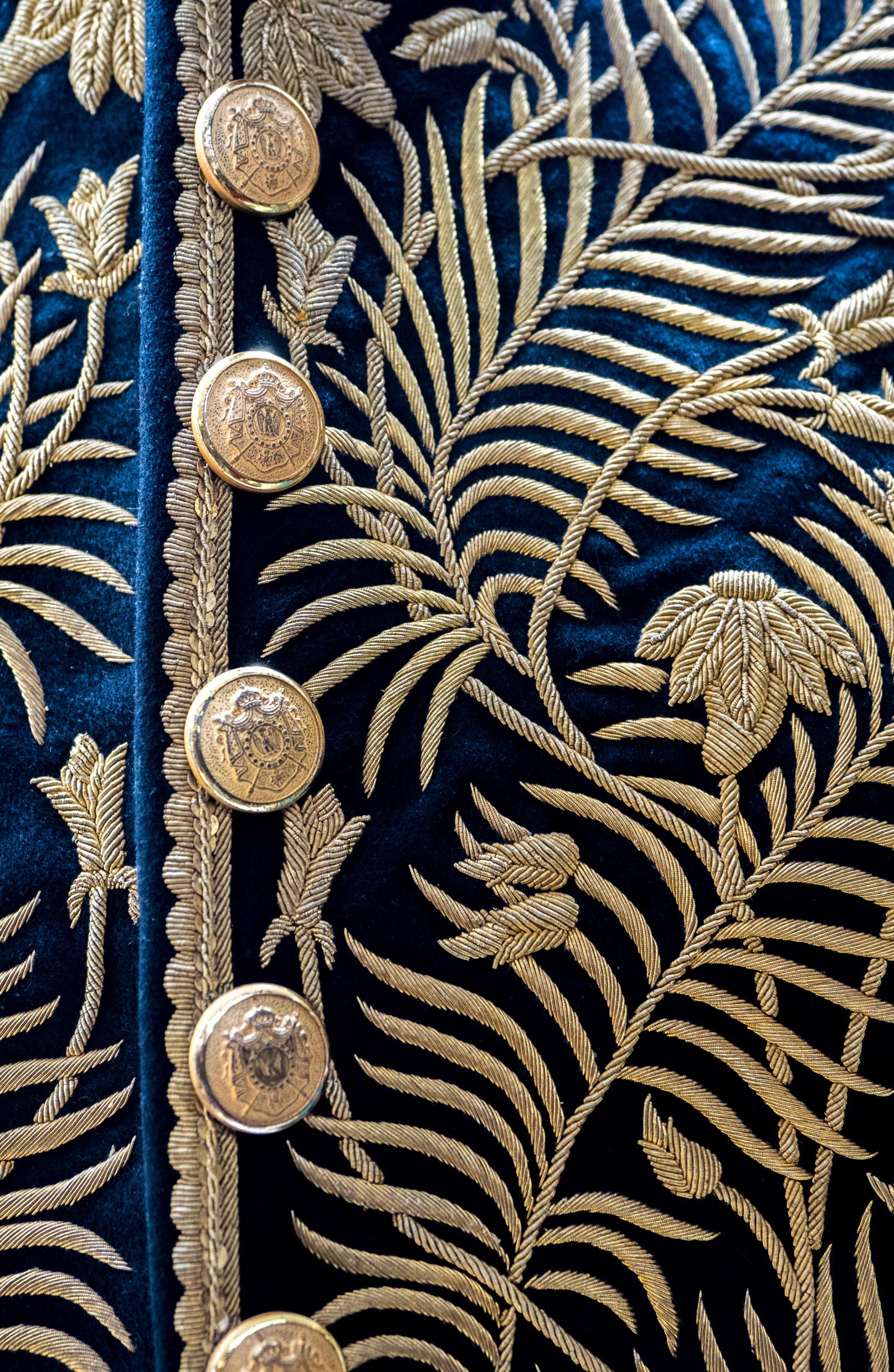
STRIPES AND THE OCEAN 139
Foto: Julia Parker via Hand & Lock
“Hand & Lock”, an English company with an international appeal


After the merger, “Hand & Lock” expanded its existing relationships with renowned couturiers in Europe. The high-quality hand embroidery remained a hallmark for many fashion designers such as Dior, Mary Katrantzou, Hardy Amies and Norman Hartnell, but also for church dignitaries and textile furnishings, and even for uniforms for His Majesty’s Royal Armed Forces. Sir Hardy Amies (1909-2003), a designer who supplied Queen Elizabeth II, amongst others, for many years, used the unique embroidery designs for his unusual upperclass dresses.

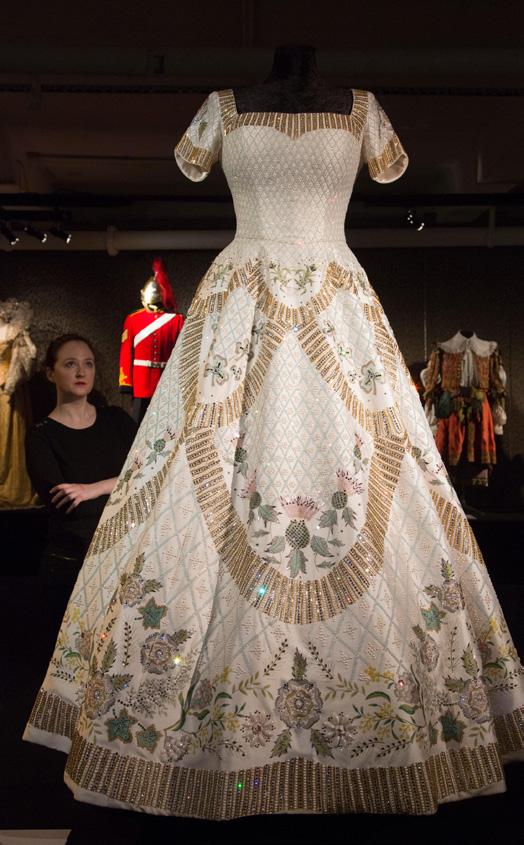
Hand & Lock worked particularly closely with fashion designer, Sir Norman Hartnell (1901-1979), who dressed the ladies of the court, the Queen Mother and her daughter Queen Elizabeth II, as well as Princesses Anne and Diana:
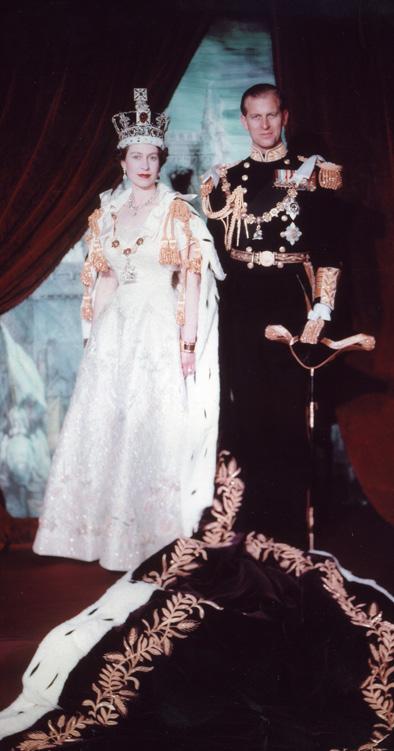 Foto: alamy.com
Foto: wikipedia.com
Foto: alamy.com
Foto: wikipedia.com
140
An in-depth article about the intricate details of the coronation dress: Harper‘s Bazaar
After the sudden early death of her father in February 1952, Elizabeth transitioned from Princess to Queen. Norman Hartnell was commissioned to design and create a dress for the official ceremony the following June. In his biography, he described how the Queen insisted that Britain and all members of the Commonwealth should be represented. Hartnell integrated the emblems of England, Scotland, Ireland, and Wales as well as flowers of the Commonwealth countries. The richly embroidered, voluminous dress signaled the arrival of a queen who would faithfully represent and preside over all of her subjects.
Hand & Lock also embroidered for film and theatre costume departments (such as The Lion King), wedding dresses, and of course, Michael Jackson’s tailcoat. No matter whether a small family crest, a logo or gold embellished badge, every commission received the same attention to detail.


STRIPES AND THE OCEAN 141
Foto: Hand & Lock
The path towards modernity The special,

Hand & Lock also intentionally focused on modern machine embroidery. The main advantages of machine embroidery for both designer and consumer are unlimited color choices, less complex color management and fewer human errors. The Swedish firm “Coloreel” developed a device that was equipped with just one spool of white yarn and a series of ink cartridges. When combined with a knitting machine, the thread is precisely dyed during the embroidery process with a wide range of colors as required. It made light to dark ombré gradients possible with one or more colors. The environmental impact is significantly lower than with traditional dyeing processes.
Flowers played a huge part in the pattern choices of “Hand & Lock” embroidery. Flowers are symbols of affection, and they’re inextricably linked to feminine beauty.
The extravagant dresses of Marie Antoinette, Queen Victoria’s wedding dress with her orange blossom wreath, and Christian Dior’s New Look collection are examples of feminine floral fashion. Floral motifs still play a big part in today’s fashion, where complex embroidery is achieved with sophisticated digital machines. Because hand embroidery is very costly, the craft is largely only possible for haute couture models now. The shapes, textures and overall look of the flowers require stitching techniques that have evolved over many years. There is the “Spider Web Rose”, a round stitch to create the shape of a rose, “Buttonhole Stitch”, a loop stitch for creating petals, and the “Chain Stitch” for vines and stems, usually embroidered with a tambour hook, and so many more.
the typical
142
Fotos:
Hand & Lock
“Hand & Lock” as a school
Today, “Hand & Lock,” just like “Maison Lesage” in Paris, is famous for passing on the art of embroidery, especially hand embroidery, on to the next generation. Hand & Lock founded a “School of Embroidery” that offers embroidery courses and workshops in London and around the world. The tambour beading course in London, Sydney and Chicago is particularly popular. Tambour beading This is the haute couture embroidery art that produces ravishing but labor-intensive beaded dresses, and the school teaches accuracy but also time efficiency. The students study how to handle different materials and embroidery techniques with a tambour hook.


Princess Diana of Wales’ wedding dress is a good example:
„The iconic dress was designed by previously rather unknown designers, married couple Elizabeth and David Emanuel. ... The ivory silk taffeta design featured a large crinoline, a soft scooped neckline, oversized puffed sleeves, a meringue and a 25foot train. The bodice was decorated with antique handmade lace that had once belonged to Queen Mary, and the whole dress was embroidered with thousands of sequins and over 10,000 beads. […] S. Lock & Co (now Hand & Lock) was commissioned to do the labor-intensive and complex embroidery on the 139 meters of tulle that made up the veil.“

STRIPES AND THE OCEAN 143
The “Hand & Lock Prize for Embroidery”



Since 2001, there has been an annual embroidery competition where participants can compete for the “Hand & Lock Prize for Embroidery.” This competition took on an extra special meaning during the coronavirus pandemic. At the time, Hand & Lock encouraged lots of people to take up this creative hobby. The University College London even spoke of the medical benefits of artistic hobbies. In 2020, their study showed that artistic activities „lower inflammation and stress hormones“ and help reduce the risk of dementia. Hand & Lock presented many of the works created by participants in the competition at exhibitions.

Fotos: Hand & Lock 144
Dedication
To celebrate the company‘s 250th anniversary in 2017, Hand & Lock had 13 special bags designed by British luxury accessory companies. Amongst the designers were Agnes B, Alfie Douglas, Aspinal of London, Asprey, BVS Design, Globe Trotter, House of Holland, Jill Haber, Lost Property of London, Lulu Guinness, Patrick Cox, The Cambridge Satchel Company, and Vivienne Westwood. “The Embellished Handbags” were exhibited in the Victoria and Albert Museum in London all year and in December were auctioned off by Sotherby’s. The money raised at auction, some £20,000, went to the Queen Elizabeth Scholarship Trust (QEST) and the Hand & Lock Prize for Embroidery to support and care for young artisans.

For 2023, the “Hand & Lock Prize for Embroidery” is already advertising for 4 different categories encompassing embroidery, textile, interior and accessory design as well as wearable fashion. The first prize in every category will receive 4,000 USD, plus a framed, hand-embroidered commemorative plaque made by Hand & Lock‘s expert artisans, a free one-year membership to The Textile Institute, a weekend course at Hand & Lock and an internship at Hand & Lock. The award receives hundreds of entries from fashion students and talented embroiderers from around the world. But it’s never too late to try it out for yourself!
To find out more

handandlocklondon Embroidery courses handembroidery.com STRIPES AND THE OCEAN 145
PLATFORMS
CREATIVE TO LEARN A SKILL
WHICH OF
THE MANY ONLINE
PLATFORMS FOR MASTERING ALL SORTS OF CREATIVE SKILLS IS RIGHT FOR YOU?

Learning a new skill has never been easier! Today, the internet offers a enormous selection of online courses that allow you to pick up something new from the comfort of your home. The demand for online courses was especially boosted by the pandemic when we had no choice but to learn from home.
Courses for creative skills include everything from knitting and sewing to sketching, doodling, and origami paper. Yet with great variety comes uncertainty. Which platform is the right one and what courses are most effective.
sister-mag.com
146
Text: VIKTORIA TODOROVA
To help you find the best platforms for learning new crafts, the sisterMAG team has researched 4 of the most popular platforms. Our article provides a brief analysis so you can decide which is right for you.

sisterMAG 67 | 2023 STRIPES AND THE OCEAN 147
DOMESTIKA
WHAT IS DOMESTIKA??


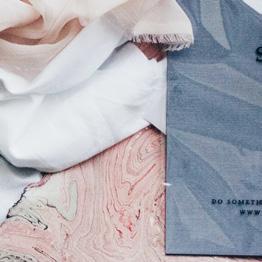

Our first suggestion is a fast-growing creative digital space that is relatively new to the online courses stage. Domestika is basically a community platform offering digital classes in various disciplines. The available categories include professionally produced courses such as illustration, marketing and business, design, music and audio, fashion, craft, and calligraphy. In addition, for those interested in mastering specific software programs, there is a wide range of courses on Adobe design software. Furthermore, Domestika also acts as a social media channel where people can share their portfolios. They can offer their creative skills and the already gained knowledge as freelancers. In addition, Domestika offers an integrated job board where users can search for the perfect new project.
What started as a small online forum for creative professionals to network and learn from each other is now a digital space where the best creative experts share their knowledge and skills. Domestika keeps building and further expanding its community by producing online courses for anyone who wants to unleash their creative potential and network with like-minded creatives from every corner of the world. Today, the online community is home to millions passionate about learning new creative skills.
sister-mag.com
148
STRIPES AND THE OCEAN
THE PROS & CONS OF DOMESTIKA:
• Quite professionally designed courses
• Highly qualified teachers
• Compared to other platforms Domestika is inexpensive
• Lifetime access to courses
• The platform strongly focuses on creative courses
• Offers optional subscription for further skills development
• No professional certificates at the end of the online course
• Complicated mobile app
COURSES WORTH YOUR ATTENTION:
The platform has a great selection of courses worth the attention of anyone passionate about all things creative. What we would recommend are the courses in crafts. From Stamp making for textured pottery to crocheting, the design of beaded bags, and even pattern making, thanks to the platform, one can extend their reach in knowledge and probably pick up on a new hobby.
TO YOU, OUR SISTERMAG READERS, WE HIGHLY SUGGEST THE COURSES:
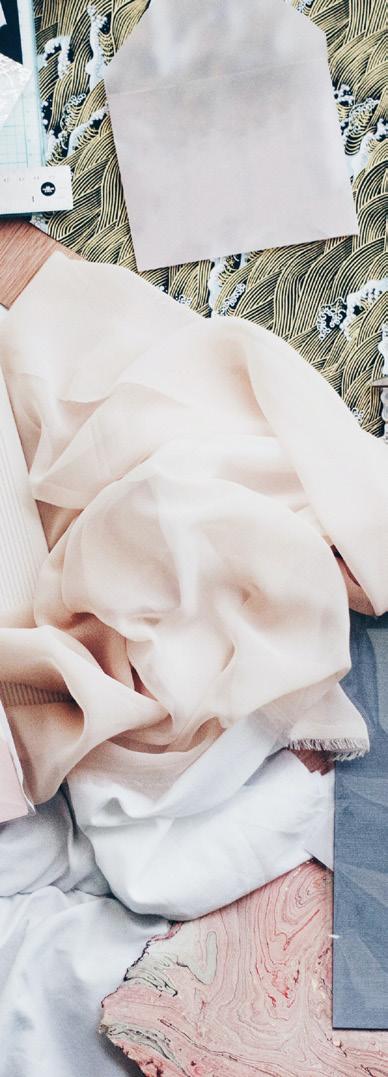
• Resin Jewelry Design
• Realistic Embroidery Techniques
• Design and Creation of Beaded Bags
sisterMAG 67 | 2023
149
CREATIVE LIVE
WAS IST CREATIVELIVE?
CreativeLife is a platform that recruits influencers and artists with a good track record in their working field to become part of the learning hub as instructors. Even though the professionals aren’t household names, there are highly qualified professionals, and that’s reflected in the course quality.
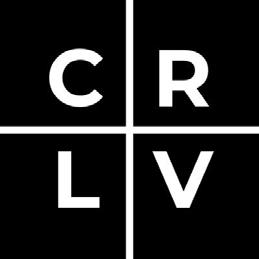
Currently, on CreativeLive, there are more than 700 creative instructors. Assisting these experts are CreativeLive’s in-house production specialists. One intriguing aspect is that the sessions are filmed in front of an audience, much like a lecture. Doing so leads to engaging Q&A and a more dynamic lesson than simply speaking into a camera. Although the courses vary in length, most are separated into short, easy-to-digest units to help viewers obtain a better understanding.
Anyone interested in what the platform offers can choose between the free-of-charge streaming of the courses - 24 hours a day and the CreativeLive subscription option, where purchasing lessons is possible. An additional option is the CreativeLive Creator Pass which unlocks more than 1500+ courses.
sister-mag.com
150
• Professional instructors
• Free-of-charge classes 24/7
• Good course structure
• No certification at the end of the course
• Courses on-demand can be expensive.
• Not so hands-on platform as others in the field
COURSES WORTH YOUR ATTENTION:

While browsing the offerings on the platform, we discovered a few courses that deserve your attention and can help you learn a new skill or develop your expertise in craft and design. Particularly interesting, we found the courses in Fashion Design and Making Fashion , where one can learn how to draw, draft, and sew. For those interested in painting and art, the Getting Started with Acrylic Pints class would help you master that technique and create some good art.

sisterMAG 67 | 2023
THE PROS AND CONS OF CREATIVELIVE
STRIPES AND THE OCEAN 151
CREATIVEBUG
WHAT IS CREATIVEBUG ?


The Creativebug platform is probably one of the cheapest platforms for online courses out there. Focusing predominately on creative lessons in art and sewing (yes, it is quite suitable for the sisterMAG readers), it has created a community of favorite social media personalities teaching viewers various skills. Exciting content on sewing, quilting, knitting, and crocheting provides a great way for anyone interested to get into the hobby or learn additional techniques to develop their capabilities.
What‘s interesting about the platform is that the courses are usually short and focuses on a single task or project. This kind of class is usually less than 30 minutes, so perfect for a quick watch. To these short courses, there are some more in-depth ones – running for several hours.
They contain everything you need to learn about a particular craft and are a great way for beginners to get up to speed.
The Creativebug platform uses a subscription model. However, if you aren’t sure whether you want to subscribe right away, you can enjoy the selection of courses through the free 60day trial.
sister-mag.com
152
THE PROS AND CONS OF CREATIVEBUG
• Very inexpensive
• High production value
• Great for beginners and hobbyists
• No certification at the end of the course
• Mostly focused on art and sewing
• Few advanced classes
COURSES WORTH YOUR ATTENTION
We recommend the course Knit Headbands: Three Ways (which will teach you how to make your DIY hair accessory. The Embroidered Heart Ornament another DIY decorating course that the sisterMAG team, who are passionate about all things handmade, can‘t pass up. Checking out all other courses on knitting and sewing can also be a good idea.
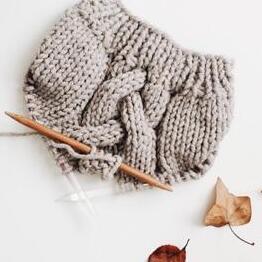

STRIPES AND THE OCEAN 153
CRAFTSY
WHAT IS CRAFTSY?


Are you interested in sewing courses, needlework courses, and patterns? Then the Craftsy platform is right for you. The former Bluprint reopened with a new name and more lessons to offer. Although it doesn’t have the typical creative community features such as marketplace and course reviews, Craftsy answers the demand for engaging sewing and DIY content. In addition to needlework, quilting and, of course, sewing, creative minds will find excellent classes in woodworking, cooking, paper crafting and more.
Should you want to try it out, you can take advantage of the free classes available on diverse topics. For those who want more in-depth content, there are two options - subscription or purchase of individual classes, though subscription is the better choice as it offers more than 1500 classes.
sister-mag.com
154
THE PROS AND CONS OF CRAFTSY
• High quality of the production
• Variety of purchasing options
• Great selection of sewing and needlecrafts
• No certificates at the end of the course
• Missing typical community features
COURSES WORTH YOUR ATTENTION
As sewing and crafting enthusiasts, Craftsy seems to be the place for all of us to go when we want to learn new sewing-related skills. The classes that caught our attention are part of the It‘s Sew Easy series . With each session, there is a particular focus on different aspects of sewing. Usually, the emphasis varies from making accessories to sewing shoes.
WHICH PLATFORM WOULD YOU CHOOSE ?
We are sure that every platform has something exciting and valuable to offer. But learning is a pretty individual process, and what works for one person doesn‘t necessarily apply to another. Before diving into the world of online courses, carefully ponder all the pros and cons of the learning platforms so that you can make the best choice for you. Have fun learning!
sisterMAG 67 | 2023
STRIPES AND THE OCEAN 155



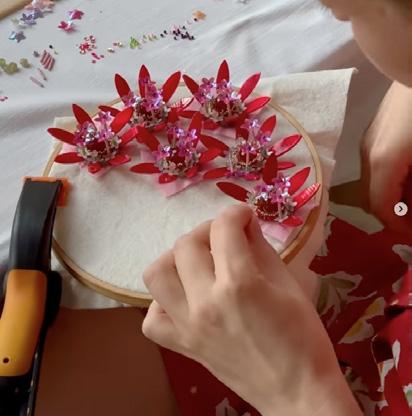
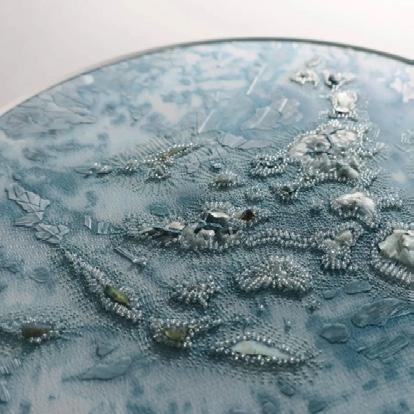

sister-mag.com @theoldesewingroom @imogenmelissa_embroidery INSTAGRAM ACCOUNTS WITH BEADED EMBROIDERY @wellembroidered @shalfetr @rasaviljewelry @clementinebrandibas 156

STRIPES AND THE OCEAN 157


sister-mag.com BEADED EMBROIDERY BOOKS & RESOURCES 158
TO START & LEARN
The 18th century marks the beginning of the popularization of beading as a craft technique as we know it today. Over time, the handicraft managed to find its place in the world of needlework. Nowadays, beaded embroidery is often seen in the fashion collections of world-famous designers. The beauty it adds to all garments and accessories prompts many of us to learn the technique or improve our skills when it comes to applying it to our own DIY projects.
For those who are curious but don‘t know where to start, the sisterMAG team has gathered valuable resources in one place.
Bead Embroidery
This book goes beyond basic, traditional embroidery stitches to incorporate beads, allowing readers to create delicate and striking trims and embellishments.
 by Yasuko Endo
by Yasuko Endo
A-Z of Bead Embroidery

This guide features more than 30 stunning projects. With over 440 step-bystep photos, it brings bead embroidery within the reach of anyone who can thread a needle.
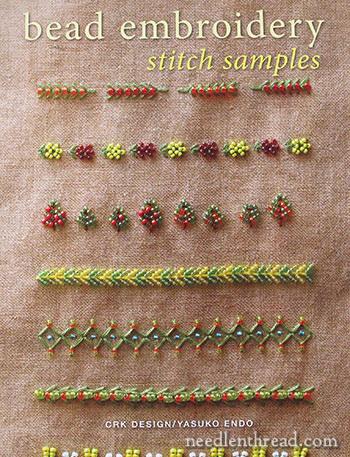 by Country Bumpkin
by Country Bumpkin
Embroidery
Between the pages of the book one will find a carefully curated selection of 30 embroidery makers and their stories.
by Gingko Press
sisterMAG 67 | 2023
STRIPES AND THE OCEAN 159
Bead EmbroideryThe Complete Guide
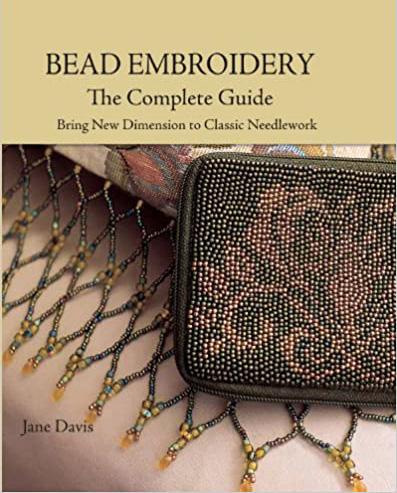
Learn how to embroider with beads on anything from bags and boxes to pillows and purses.
by Jane Davis
Fashion Embroidery
This practical step-by-step guide to haute couture embroidery covers everything from machine and hand stitching, to tambour beading, goldwork and monogramming.
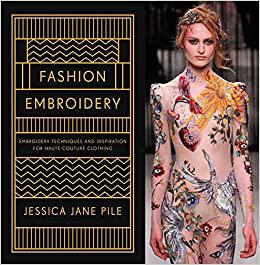 by Jessica Jane Pile
by Jessica Jane Pile
The Art of Tambour Beading & Embroidery
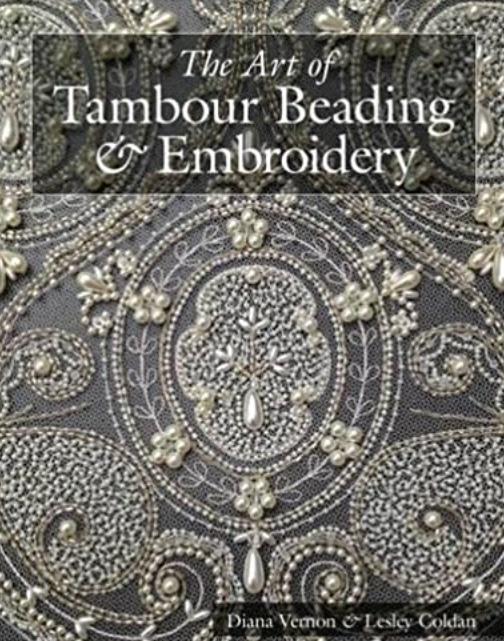
The book covers the history, tools and materials as well as techniques used in tambour embroidery. The reader is guided through the process of creating ten projects varying in complexity.
by Lesley Coidan
Hand Embroidery Dictionary
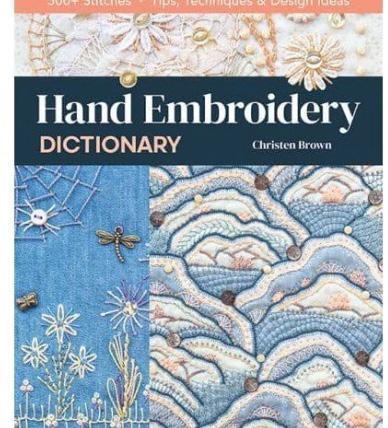
Everything embroidery bundled into one helpful how-to guide!
by Christen Brown
sister-mag.com
FASHION
160
Goldwork
Techniques, projects and pure inspiration
by Hazel Everett
Techniques, Projects & Pure Inspiration Goldwork
Learn the historical art of goldwork in this informative guide from the Royal School of Needlework.
 by Emi Nimura
by Emi Nimura
Goldwork Embroidery - Chinese Style
Goldwork embroidery is a traditional Chinese embroidery technique that was originally used in court or palaces and was exclusive to nobility in ancient times. This volume combines images and text, taking the reader systematically through the world of goldwork embroidery with a step-by-step guide.
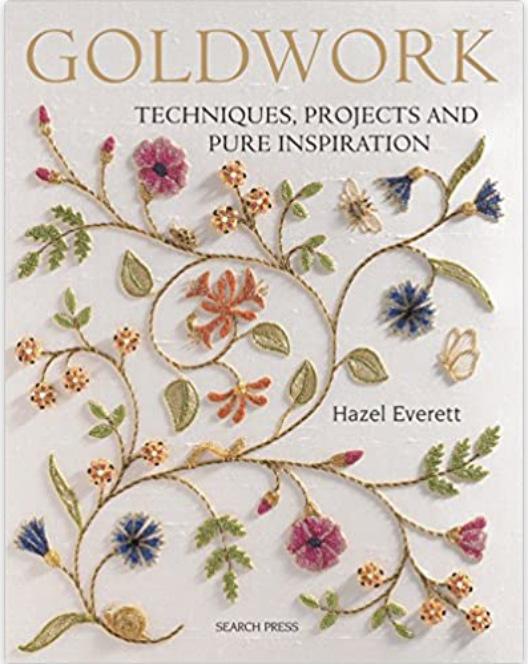
 by Chen Daiyu
by Chen Daiyu
sisterMAG 67 | 2023 GOLDWORK EMBROIDERY
STRIPES AND THE OCEAN 161
IMPRINT
SISTERMAG
www.sister-mag.com
Chief editor Theresa Wittemann, Antonia Sutter
Operations Viktoria Todorova, Léane Perrier
Fashion Eva-Maria Neubauer (Fashion Dir.)
Design Marie Darme, Ilaria Trombí, Ezbah Ali, Alina Tahir
Editors (Text) Dr. Michael Neubauer, Madison Jones, LaceyJo Hunter, Viktoria Todorova, Kate Aiello
Contributing Editors (Foto & Video) Gabriela Morales, Cristopher Santos, Sophia Molen, Jonas Müller, Kate Aiello, Healim Hwoang, Karim Oeltze von Lobenthal, KitchenStories
Translation & Proof Judith Ross, Nadja Wieseer, Tessa Saville, Alex Kords, Madison Jones, Lacey-Jo Hunter, Viktoria Todorova, Michael Neubauer
Published by Carry-On Publishing GmbH, Gustav-Meyer-Allee 25, 13355 Berlin, Germany. Re-Use of content is only allowed with written permission of the publisher. There is no liability for unsolicited manuscripts and photographs.
The Carry-On Publishing GmbH assumes no liability or guarantee for the accuracy, currency and completeness of the information provided. All information is provided without warranty. .
Contact : mail@sister-mag.com
Management Antonia Sutter, Theresa Wittemann, Alex Sutter
Sales Alex Sutter (Sales Dir.)
Marketing Antonia Sutter (Marketing Dir.)
sister-mag.com
162
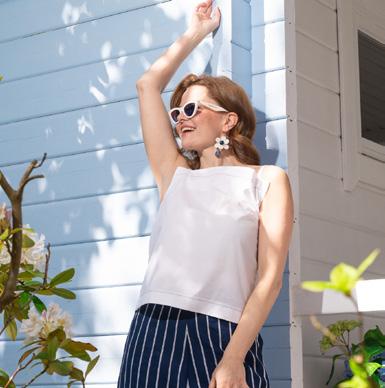
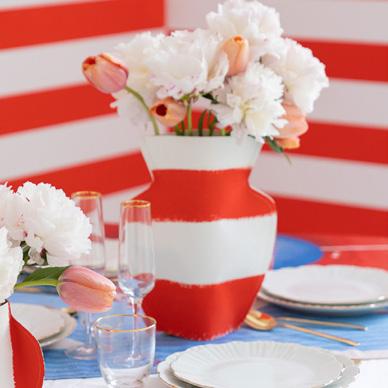


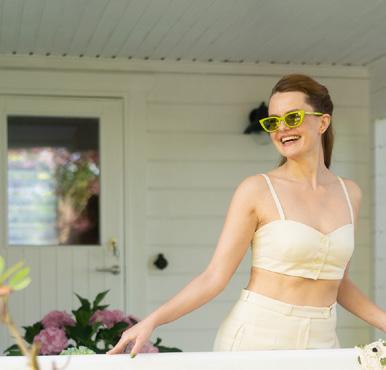
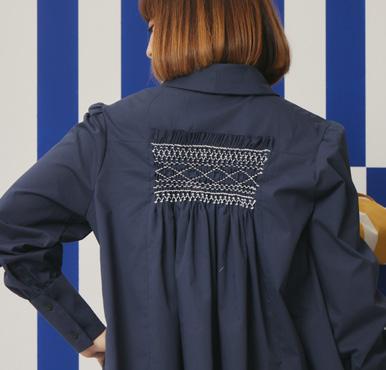
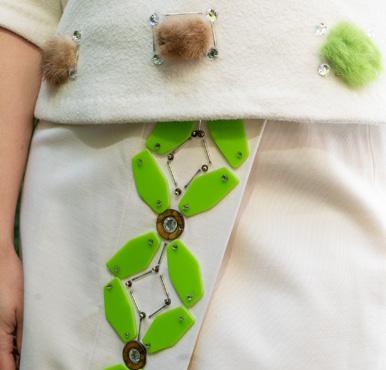


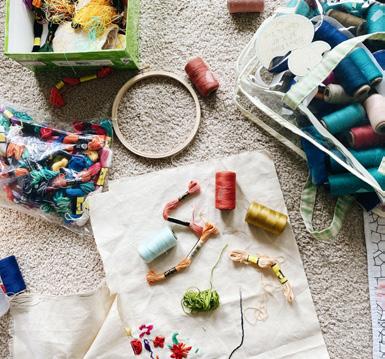

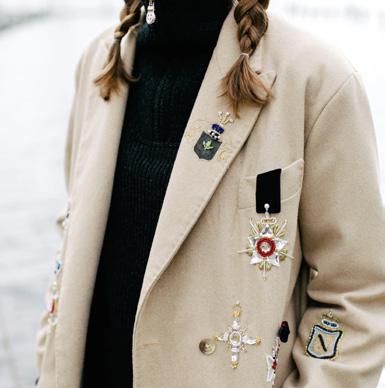
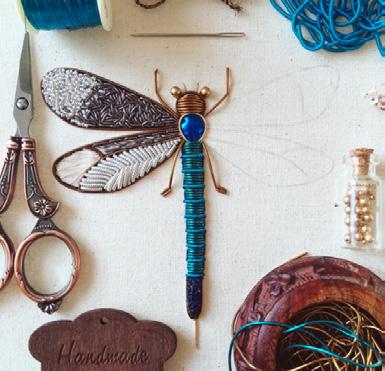
FOLLOW US ON INSTAGRAM TO DISCOVER MORE! STRIPES AND THE OCEAN 163
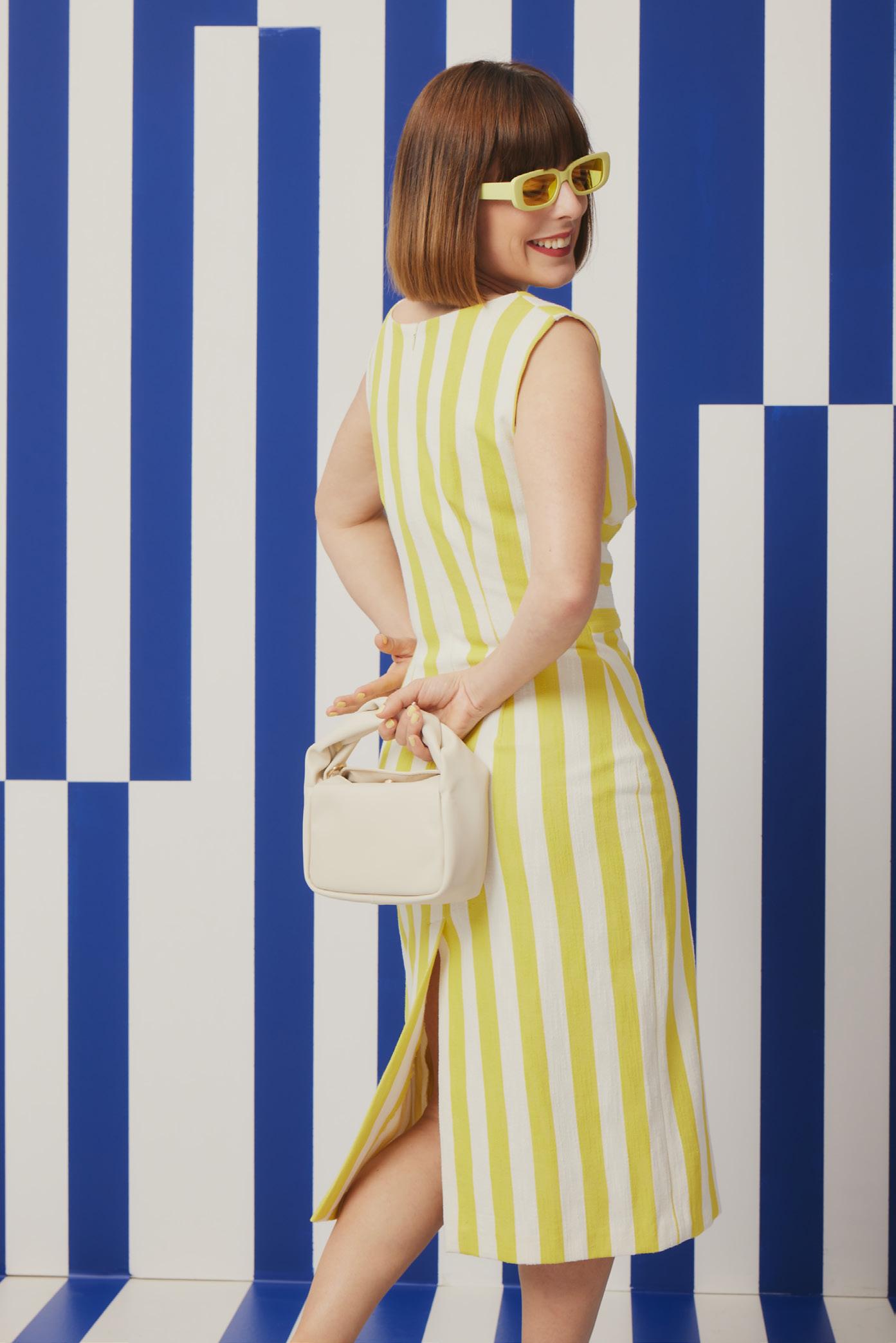
164














 67-1 Slim dress with wide sleeves and patch pocket
67-3 Fleece sweater with attached scarf
67-8 Short pants with pleats
67-9 Longuette skirt without waistband
67-7 Short trousers skirt
67-4 Fleece sweater with embroidery on the front
67-2 Baggy beach shirt
67-5 Blouse with rectangular neckline & embroidered necklace
67-1 Slim dress with wide sleeves and patch pocket
67-3 Fleece sweater with attached scarf
67-8 Short pants with pleats
67-9 Longuette skirt without waistband
67-7 Short trousers skirt
67-4 Fleece sweater with embroidery on the front
67-2 Baggy beach shirt
67-5 Blouse with rectangular neckline & embroidered necklace

























 A tour through the city surrounded by the Atlantic Ocean with the best DIY tips
A tour through the city surrounded by the Atlantic Ocean with the best DIY tips
































































 TEXT: MICHAEL NEUBAUER
TEXT: MICHAEL NEUBAUER









 ANNA FIELD - 12,99€
VANLAACK - 139,95€
MANGO - 59,99€
ANNA FIELD - 12,99€
VANLAACK - 139,95€
MANGO - 59,99€














 Old House Parts 1 Trackside Drive Kennebunk
Americana 111 York Street Kennebunk
THE OLD HOUSE PARTS COMPANY
Old House Parts 1 Trackside Drive Kennebunk
Americana 111 York Street Kennebunk
THE OLD HOUSE PARTS COMPANY






 Snug Harbor Farms 87 Western Avenue Kennebunk
Local Bottega 7 Agatha James (Rt. 1) Kennebunk
Snug Harbor Farms 87 Western Avenue Kennebunk
Local Bottega 7 Agatha James (Rt. 1) Kennebunk









































































 Eugène Boudin, Beach Scene, 1862 @commons.wikimedia
Eugène Boudin, Beach Scene, 1862 @commons.wikimedia
 Dr. Michael Neubauer
Dr. Michael Neubauer
 Foto: Alfredo Piola
Foto: Alfredo Piola





































 Foto: alamy.com
Foto: wikipedia.com
Foto: alamy.com
Foto: wikipedia.com
































 by Yasuko Endo
by Yasuko Endo

 by Country Bumpkin
by Country Bumpkin

 by Jessica Jane Pile
by Jessica Jane Pile


 by Emi Nimura
by Emi Nimura

 by Chen Daiyu
by Chen Daiyu













